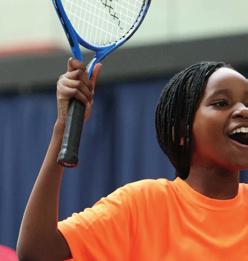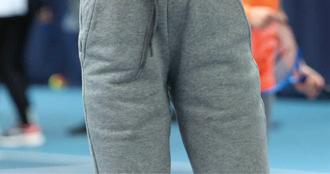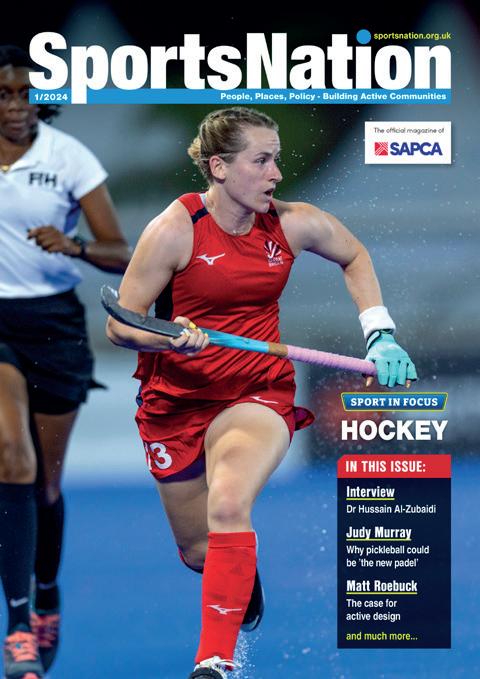



























“Implementing a systems-based approach needed to get people physically active”





























“Implementing a systems-based approach needed to get people physically active”














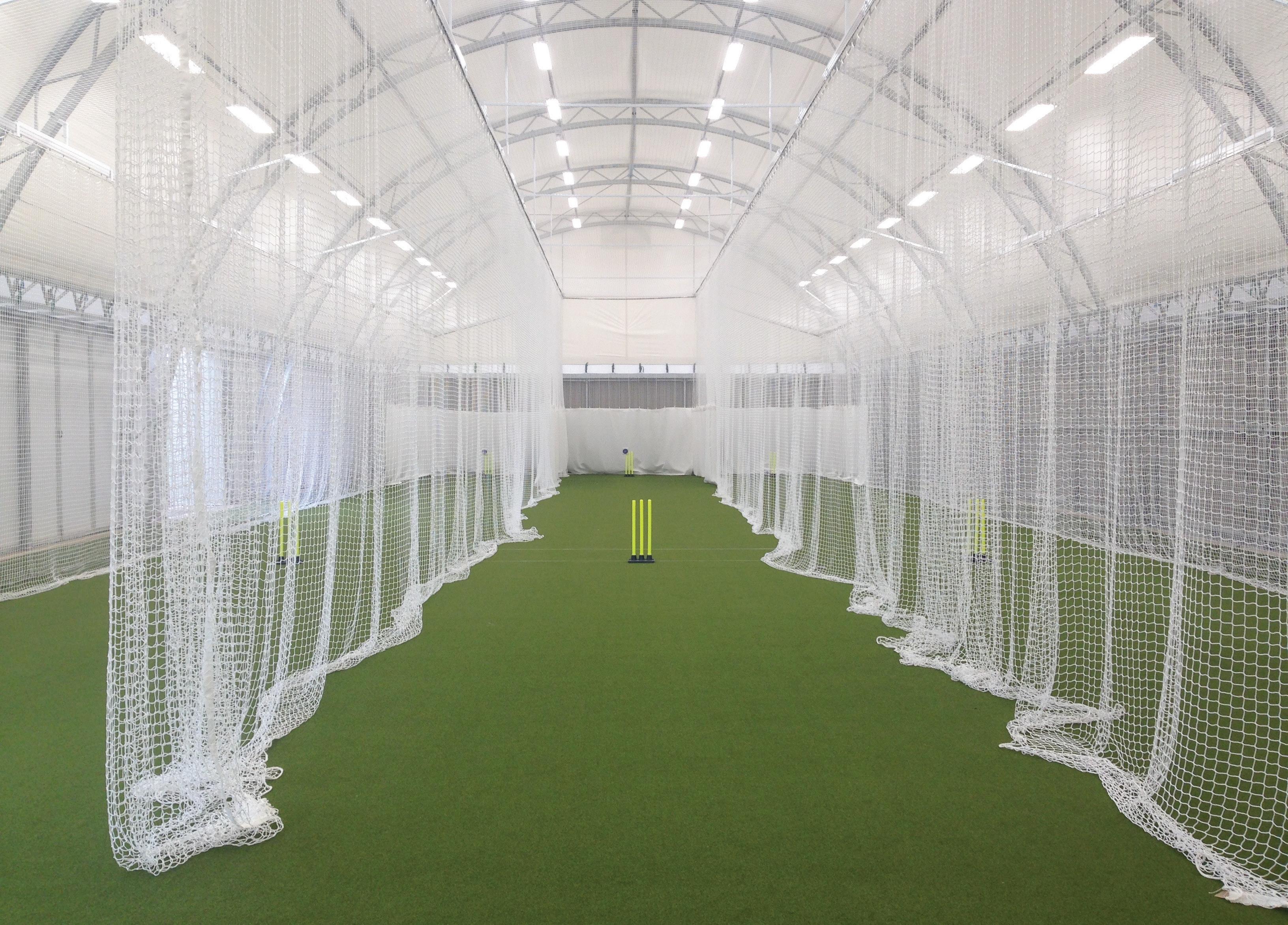
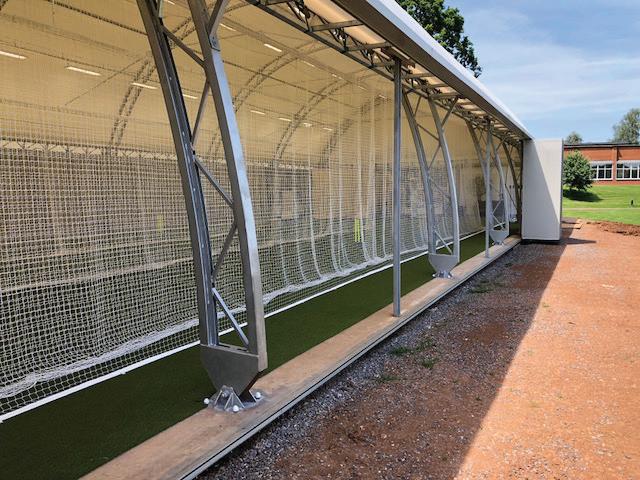
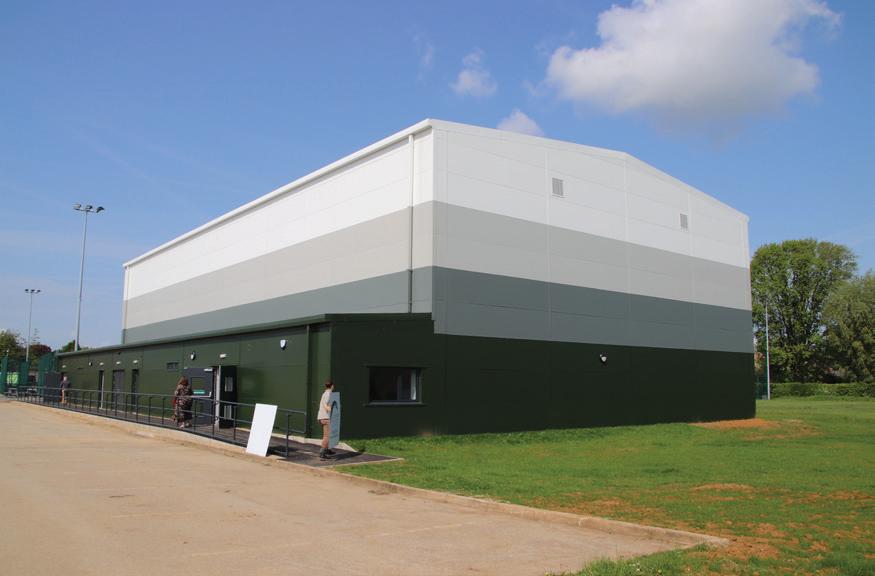

This issue sees the start of a collaboration with Play England with the launch of PlayNation magazine – a publication dedicated exclusively to the increasingly important sector of play and physical activity for children and young people.

As an industry voice for the sector at this important time, PlayNation will be an invaluable resource for all professionals involved in the provision, development and management of facilities as well exploring the policies that help to shape them.
We seem to be at a crucial juncture regarding play, and the vital role it has in helping young people lead more active and fulfilling lives while also combating childhood obesity and mental health issues - 53% of children have a mobile phone by the age of seven, spending hours in front of screens every day and one in six young people have mental health problems. Playing helps children burn calories, learn social and creative skills whilst discovering the world around them.
In addition to this, play is an important factor when it comes to sport, not just as a gateway activity but in making sport – and training –more fun and engaging. This leads to better
retention within the club setting and encourages creativity, flair and freedom of expression – skills and attributes worth encouraging. And, of course, children remaining within a sports club are more likely to carry on enjoying the health benefits of physical exercise through adulthood and fostering play, as well as an active lifestyle, in their own children.
Probably the most important initiative relating to play at the moment is the Raising the Nation Play Commission. Chaired by social entrepreneur and author Paul Lindley in partnership with Anne Longfield CBE, who leads the Centre for Young Lives, the Commission aims to move play up the political agenda.
Crucially, it will develop a national play plan to shape future government policy by examining key issues. Supported by a national panel of experts and leaders together with a group of young advisors, the Play Commission wants to make play a central part of childhood again. The call for evidence closes at the end of October and full details can be found on the Centre For Young Lives website (centreforyounglives.org.uk). Let’s work together to give more children a chance to play.
John Challinor, Publisher
Editor
Publisher




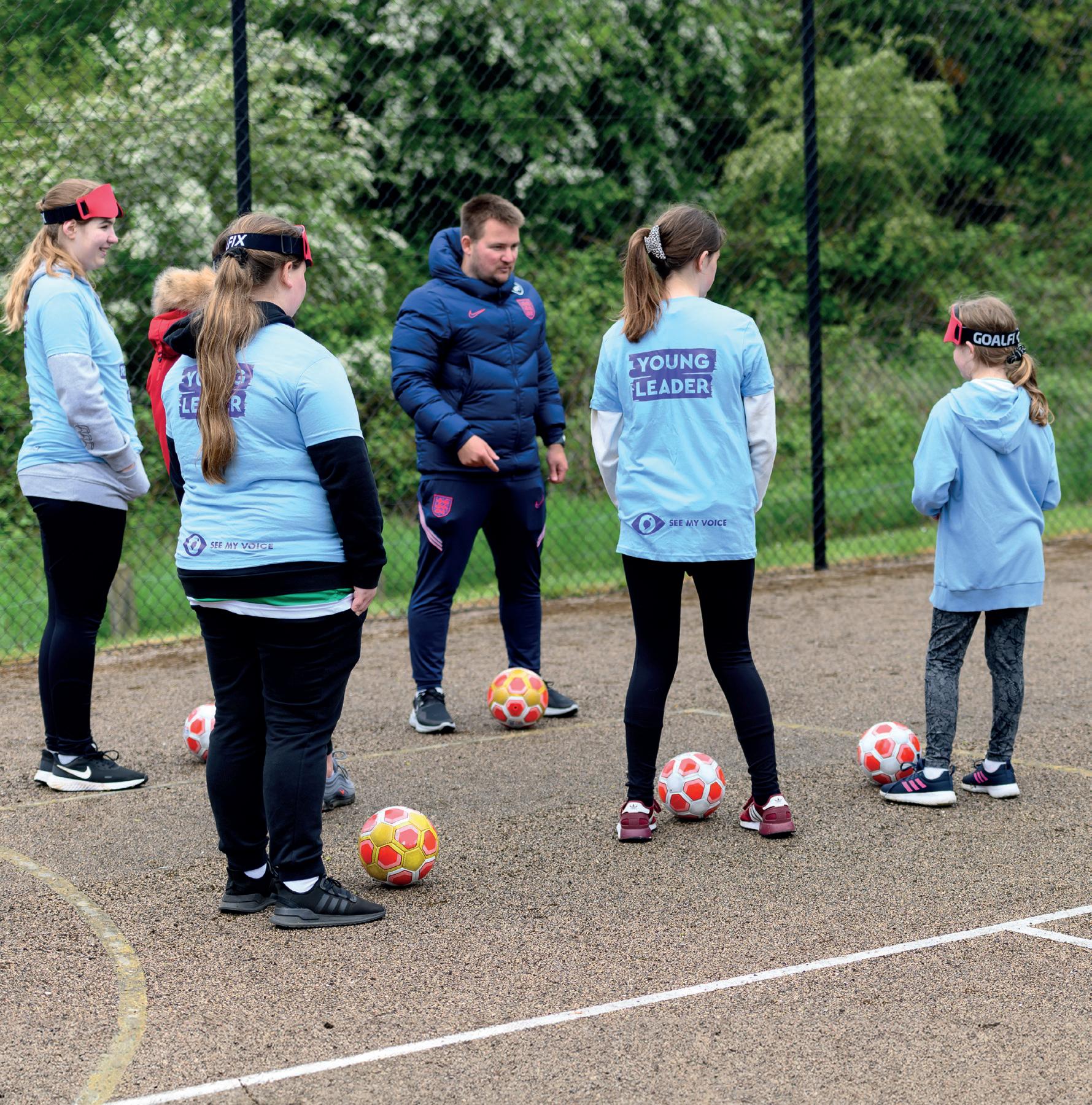

03 From the publisher Play is an important factor to making sport more fun and engaging
07 News
The latest industry news from around the sports and physical activity sector
28 Column: SAPCA
Why facilities are at the heart of sport –from grassroots to elite competition
30 Preview: SAPCA Technical Meeting
This year’s SAPCA Technical Meeting will include sessions on the positive social impact of sport and the latest developments in synthetic turf standards
32 Column: ukactive
Why the Autumn Budget will be a crucial juncture for the physical activity sector
34 Column: Women in Sport
There is a correlation between female athletes’ success and broader social equality
36 Review: FreeFlow
An event, held at the London Aquatics Centre, explored the future of swimming and aquatics within the fitness and leisure sector
38 Interview: Forbes Dunlop
The CEO of sportscotland speaks to Tom Walker and outlines how the sports agency plans to use a systems-based approach to get more Scots physically active
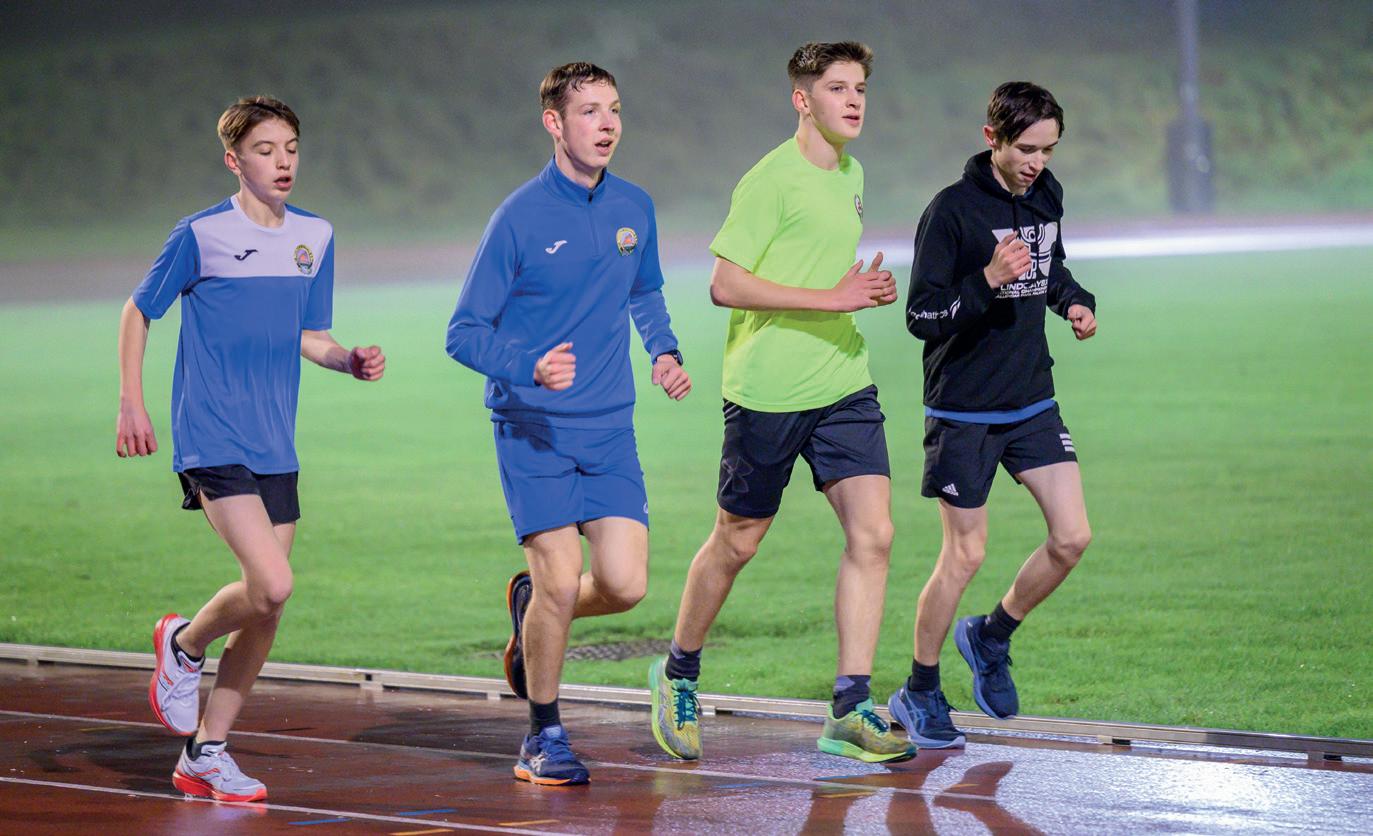



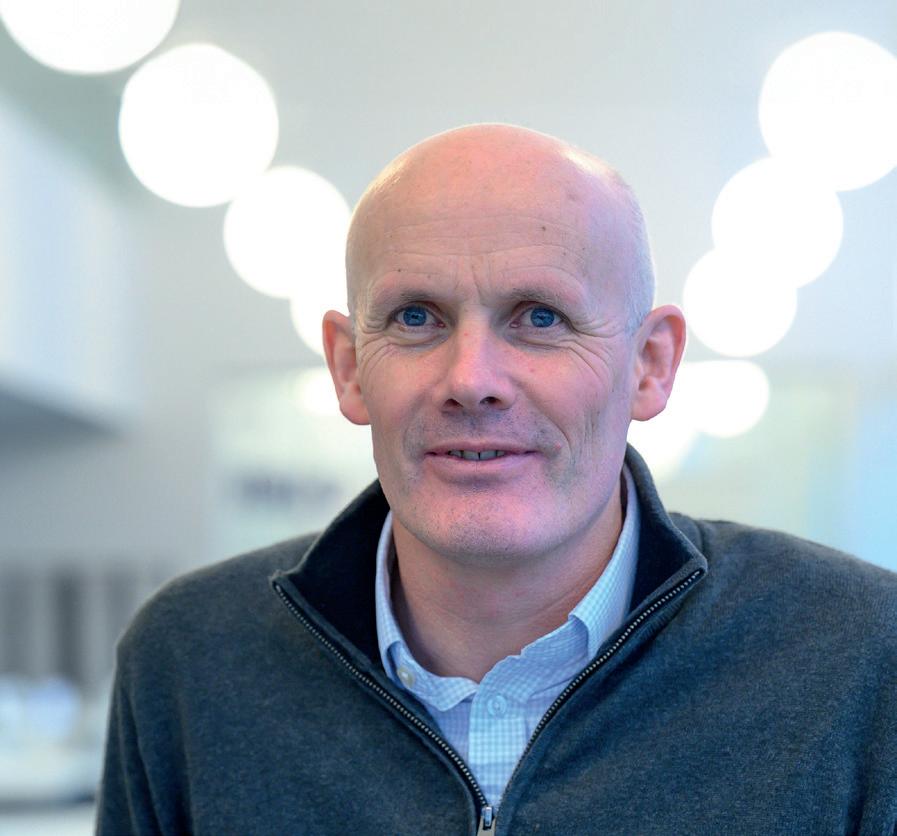








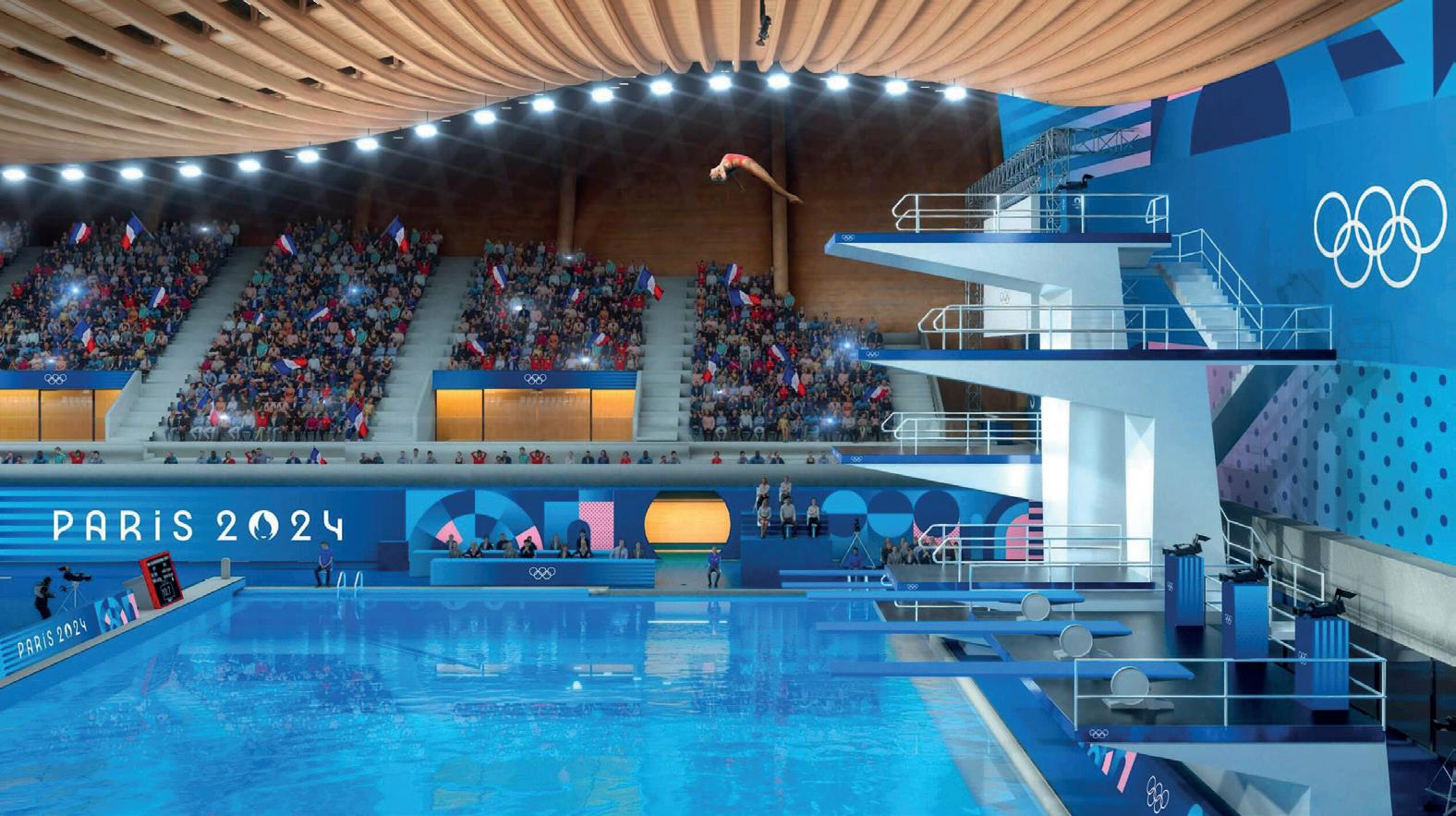

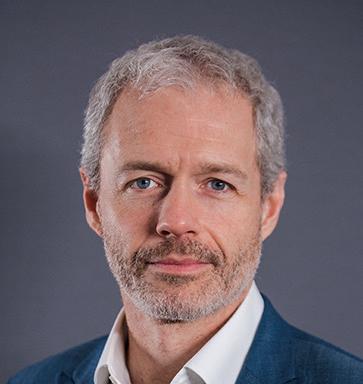
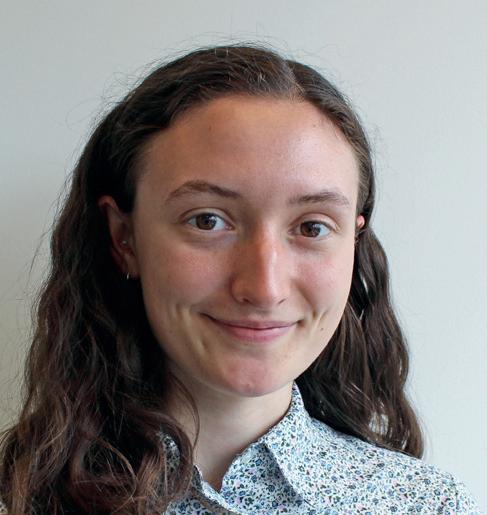
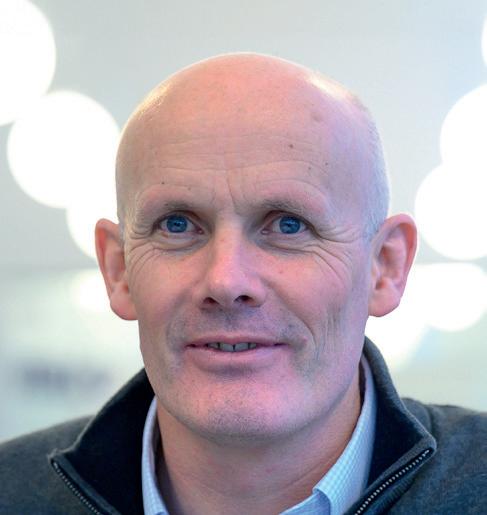


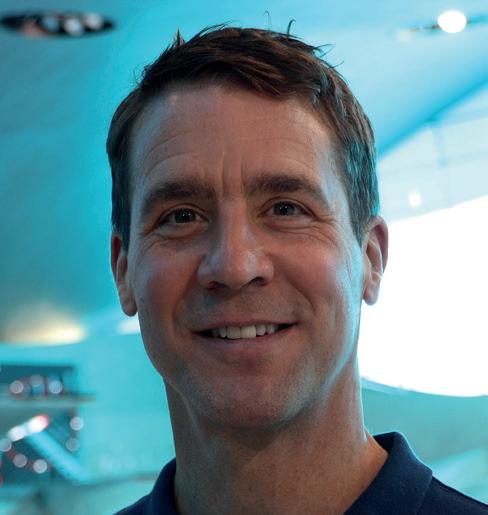
SportsNation is the single, authoritative voice for the provision, delivery, maintenance and management of sports and physical activity facilities. Published bi-monthly, the magazine focuses on the people, places, policies and products that help to build active communities throughout the UK. Subscribe now and we will email you a complimentary copy of the magazine every two months.
As the official magazine of SAPCA (the Sports and Play Construction Association), every issue of the magazine will also include information about technical guidance, funding, standards and product innovations.
www.linkedin.com/ company/sportsnation @SportsNationMag FOLLOW US:
Advertising opportunities Contact John E: john@sportsnation.org.uk
SportsNation is published by SportsNation Ltd in association with the Sports And Play Construction Association (SAPCA). www.sapca.org.uk
This publication is protected by copyright and no part may be reproduced, transmitted or stored in any print or electronic format without the written permission of the publisher. Every effort has been made to ensure the accuracy of the contents of this publication and SportsNation accepts no responsibility for any error or misrepresentation. Opinions expressed by the contributors and advertisers are not necessarily those of the publisher and we do not accept responsibility of losses or damages arising from them.
Printed by BCP Media Group Ltd. ISSN 2755-0621 (Print) ISSN 2755-063X (Online) www.sportsnation.uk
LTA – the governing body for tennis and padel – has launched a new strategy for padel in Britain, with a vision to open the sport up to more people across the country. The ambition is to grow the sport by making it more accessible, welcoming, enjoyable and inspiring.
The new five-year strategy, which covers the period from 2024 to 2029, maintains the LTA’s focus on growing the infrastructure of padel, increasing and diversifying the coaching workforce and building on the performance pathway as well as increasing visibility and driving participation.
Since becoming the national governing body for the sport in 2020, LTA has directed significant funding towards developing and supporting padel. In addition to private investment, the LTA and LTA Tennis Foundation have invested £6 million into 40 padel facility


projects, funding a total of 75 new courts, as well as the competition structure, performance support and coach development. LTA has also launched new coaching courses, as well as a performance pathway to support Britain’s best players.
It is estimated that the number of padel courts in the UK has increased from around 50 in 2019 to more than 400 this year (2024). According to LTA figures, annual participation in the same period has grown from 6,000 to 129,000.
Physical activity industry body, ukactive, has launched its ‘Next Generation’ strategy for investing in the future of children and young people’s physical activity levels.
The strategy will seek to better understand the needs and demands of young people to support operators
in encouraging participation, as well ensuring children are welcomed safely into facilities.
The launch of the strategy coincides with the publication of research by ukactive which shows how 40% of children want to be more physically active than they currently are.






















































The surface is made of solid vulcanized rubber and is free of coatings and partially embedded microplastic granules













TY GRANULES 2.0











Rubber granules with optimized elasticity and deformability




















































































Cutting-edge numerical modeling has led to the development of an innovative elliptical air-cell structure within the track’s base layer















ECB, cricket’s national governing body for England and Wales, has announced that minimum starting salaries will be equalised across men’s and women’s professional domestic cricket from 2025.
The move means that women’s starting salaries in professional domestic cricket will be the same as their male counterparts. The move will apply both at ‘Rookie’ level – which is being introduced into the women’s game for the first time and which will typically be a player’s first professional contract – and at ‘Senior Pro’ level for players who have established

The foundation aims to improve the life chances of people on Teesside
themselves in first teams. It has also been agreed that the eight First Class Counties with Tier 1 status in next year’s revamped domestic women’s structure will have minimum squad sizes of 15 contracted players and that they are required to invest at least £500,000 on their player salary costs in 2025. In addition, a salary cap of £800,000 per year has been agreed for FCCs with Tier 1 status.
The move to equalise starting salaries represents the latest phase of the restructuring of the women’s professional game.
Manchester United has teamed up with two local authorities in order to come up with a detailed plan on how a redeveloped Old Trafford can be the catalyst for regenerating the area.
The English Premier League club has entered a strategic partnership with Trafford Council and the Greater Manchester Combined Authority (GMCA) to “maximise the growth and regeneration opportunities” of the Trafford Wharfside area.
An advisory team, led by an independent director, will be appointed to support the work to develop an ambitious vision for the area around Old Trafford, with a focus on how a “world-class stadium” can catalyse wider regeneration, bringing social and economic benefits to all of Trafford and the surrounding city region.
The appointed director and advisory team will ensure alignment with the existing Trafford Wharfside masterplanning process.
Redcar and Cleveland Council Cabinet has approved Middlesbrough Football Club Foundation’s plans for a new community football hub. To be located in the town of Loftus, the facility will include a new 3G full size pitch being built as part of a re-generation project of the town’s Ben Scott’s Field.
The project will now move to the next stage of planning, with a decision expected in early 2025. Lynsey Edwards, Head of the Foundation, said: “The Council’s approval is an important step and we are looking forward to continuing our work with the Football Foundation and Redcar and Cleveland Council.”
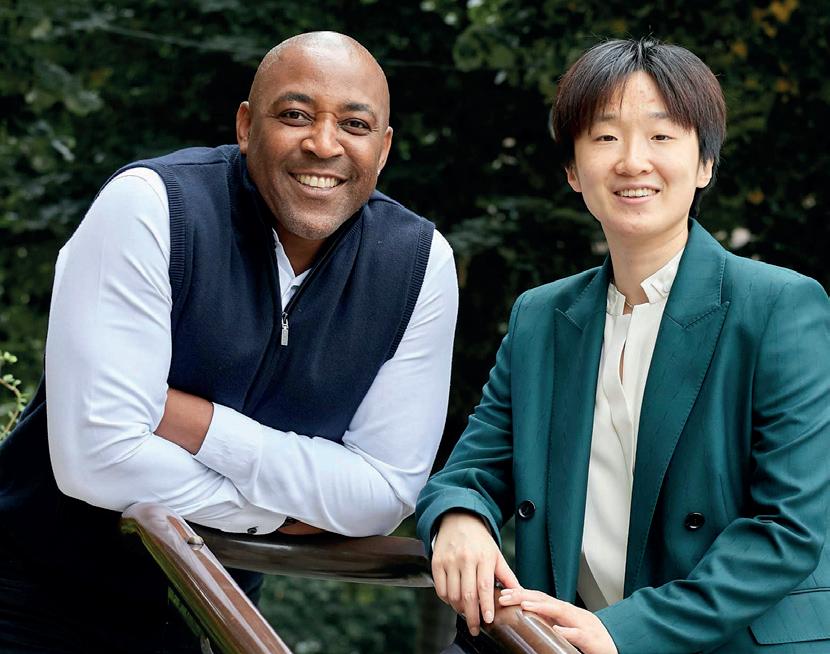
Feldspar has appointed Darren Campbell, MBE as its Global Track Strategy Director, effective immediately.
In the newly created role, the Olympic Gold medallist sprinter will oversee real-time testing of Feldspar’s next-generation smart running track prototype, complimentary to his role as Head of Sprints, Hurdles, and Relays at UK Athletics.
Feldspar is a UK-based technology company which is
Astrid Thams has become the first woman to hold an executive position in the professional padel sector.
Thams has been officially announced as Commercial Managing Director of Hexagon Cup, joining Sergio Lewin, Operations and Sporting Managing Director, in leading the world’s premier teambased padel competition.
Thams’ extensive experience includes working with some of the world’s most influential sports organisations, such as Real Madrid, Adidas, and Fanatics, where she played a pivotal role in business development, international licensing, and commercial strategy.
Enrique Buenaventura, the founder of Hexagon Cup, said: “Astrid not only brings unparalleled expertise in the commercial and licensing sectors, but she also embodies the change and evolution we want for padel. Her arrival sends a clear message that Hexagon Cup is not

just leading the present of padel but also shaping its future.”
Thams said “I’m excited to join the team at such a pivotal moment for padel. My goal is to continue expanding the horizons of the Hexagon Cup, building bridges between established and emerging markets, and ensuring that padel reaches new heights.”
Hexagon Cup features the world’s best male and female players.
developing a modular digital highperformance running track.
Campbell –who will be responsible for leading the testing of the track’s performance with elite athletes – said: I’m looking forward to collaborating with Feldspar and helping to bring athletics to the digital age. Feldspar’s sensor-enabled running track is a groundbreaking innovation that has the potential to revolutionise not just how athletes train and compete, but also how fans experience live events.”

UK Deaf Sport has appointed Chris Ratcliffe as its new Chief Executive. Ratcliffe took over the role on 23 September 2024. Ratcliffe has been directly involved in deaf sport as an athlete, administrator, and volunteer for most of his life. He is also an experienced CEO and senior executive, spending the past 14 years in sport, most recently as CEO of Boccia England.


Olympic Medallist, Speaker, Coach, Mentor, Author, BBC Commentator, Active IQ Alumni












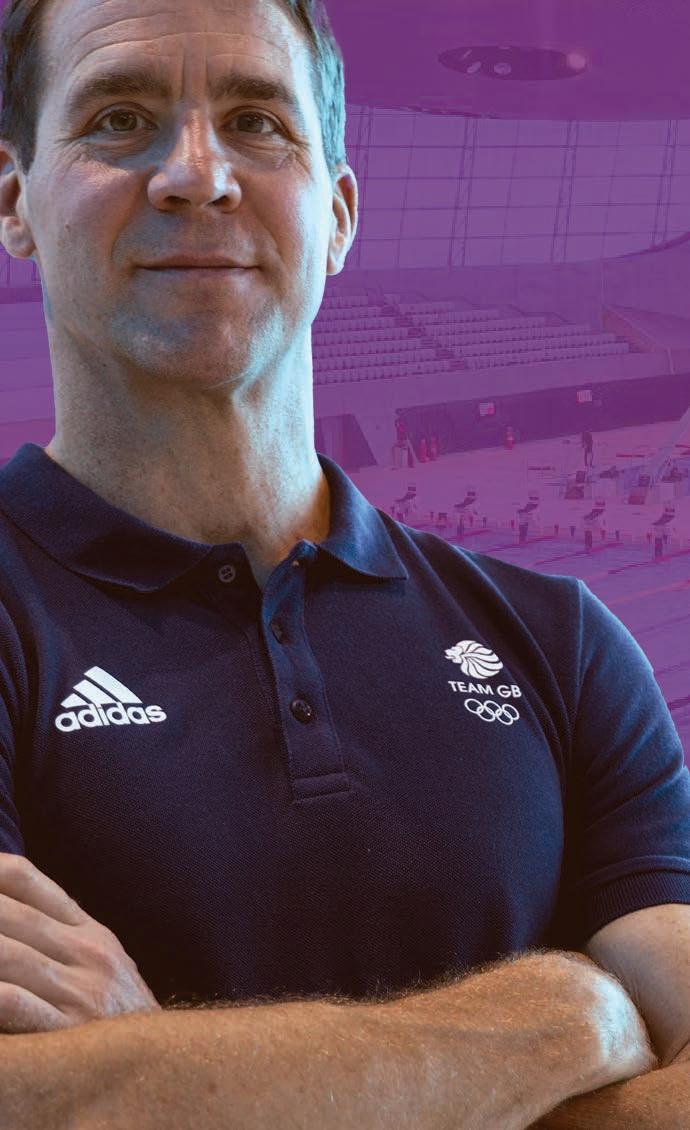







Encourage athletes to think about what comes next after their sports careers and the importance of having a plan in place.


The ‘Beyond Gold’ campaign is designed to motivate athletes to envision a future beyond their sporting achievements. As we celebrate the 2024 Olympics, we want athletes to consider developing career skills alongside their athletic ambitions and to prepare for a fulfilling life after their professional sports careers.
Active IQ’s Beyond Gold campaign is championing qualifications in fitness and physical activity that are designed to equip you with the skills needed for a successful career, both during and after your time in sport. Whether it’s coaching, personal training, or even something entirely different, qualifications open doors to new opportunities.
- Leon Taylor
The Swimming Teachers’ Association (STA) has revealed the finalists for this year’s Aquatic Excellence Awards (STArs).
The awards celebrate and showcase the achievements of all those involved in delivering learn to swim programmes and aquatics training over the last 12 months, in line with STA’s charity objectives.
The winners will be announced at a presentation evening taking place during an informal ceremony on Friday 11th October at STA’s national conference being held at the Radisson Blu Hotel, East Midlands Airport.
Dave Candler, STA CEO, said: “We are really looking forward to hosting our Aquatic Excellence Awards again this year and celebrating all the great work that our sector is doing to make a difference in aquatics. Like last year, all the entries we received have been outstanding; we’ve read

some inspiring stories and amazing nominations, and I’d like to say a huge congratulations to all of our finalists and wish them good luck.”
In total, winners will be revealed in four individual categories and six organisational categories. The individual categories are: “STAr”
swimming teacher, tutor, STA member and Water Safety Educator.
The six organisational categories are STAr Swim Academy, small and large Swim School Provider of the Year, small and large Training Centre of the Year and Not-forProfit Community Campaign.

Sport England has renewed its Memorandum of Understanding (MoU) with GM Moving, the active partnership for the region. An updated MoU between the two organisations, which outlines a refreshed commitment to “tackle health inequalities through movement”, was signed during a celebratory event at Leigh Sports Village. The MoU was first signed in 2016 and last refreshed in 2019.
Over the last decade, communities, organisations and institutions in Greater Manchester have worked together under the GM Moving umbrella, described as a ‘movement for movement’.
Sport England CEO, Tim Hollingsworth, said: “The evident positive progress made across Greater Manchester is testament to working in partnership towards one shared goal: a more active city-region.”
The AMNIS Series is the DarkSky accredited high-performance flood light designed to provide powerful illumination for sports grounds, while minimising light pollution and alleviating obtrusive light.
End-to-end project solutions
Bespoke control systems
Full lighting design service
DarkSky Accredited flood lights
Installation & maintenance packages

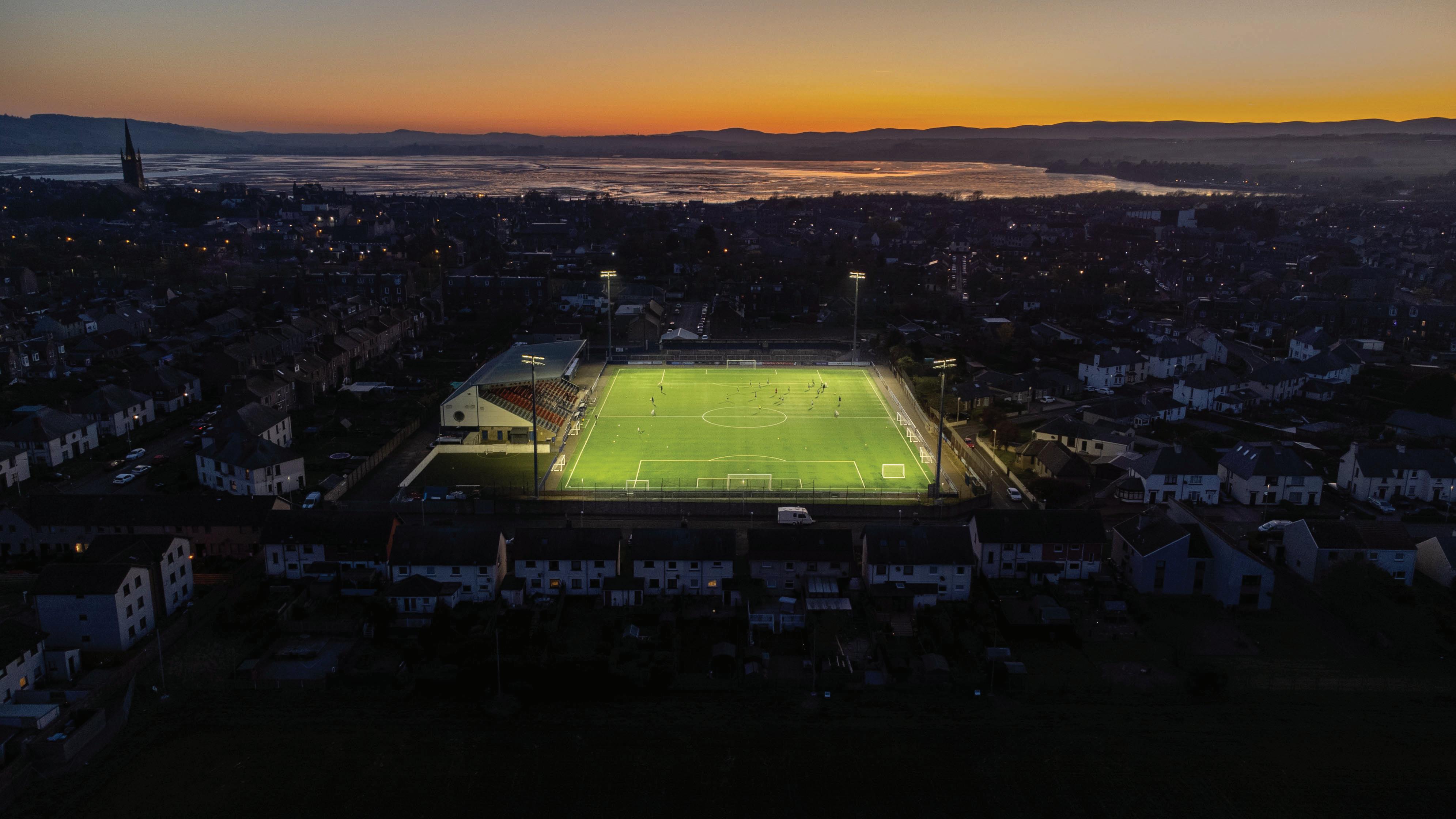
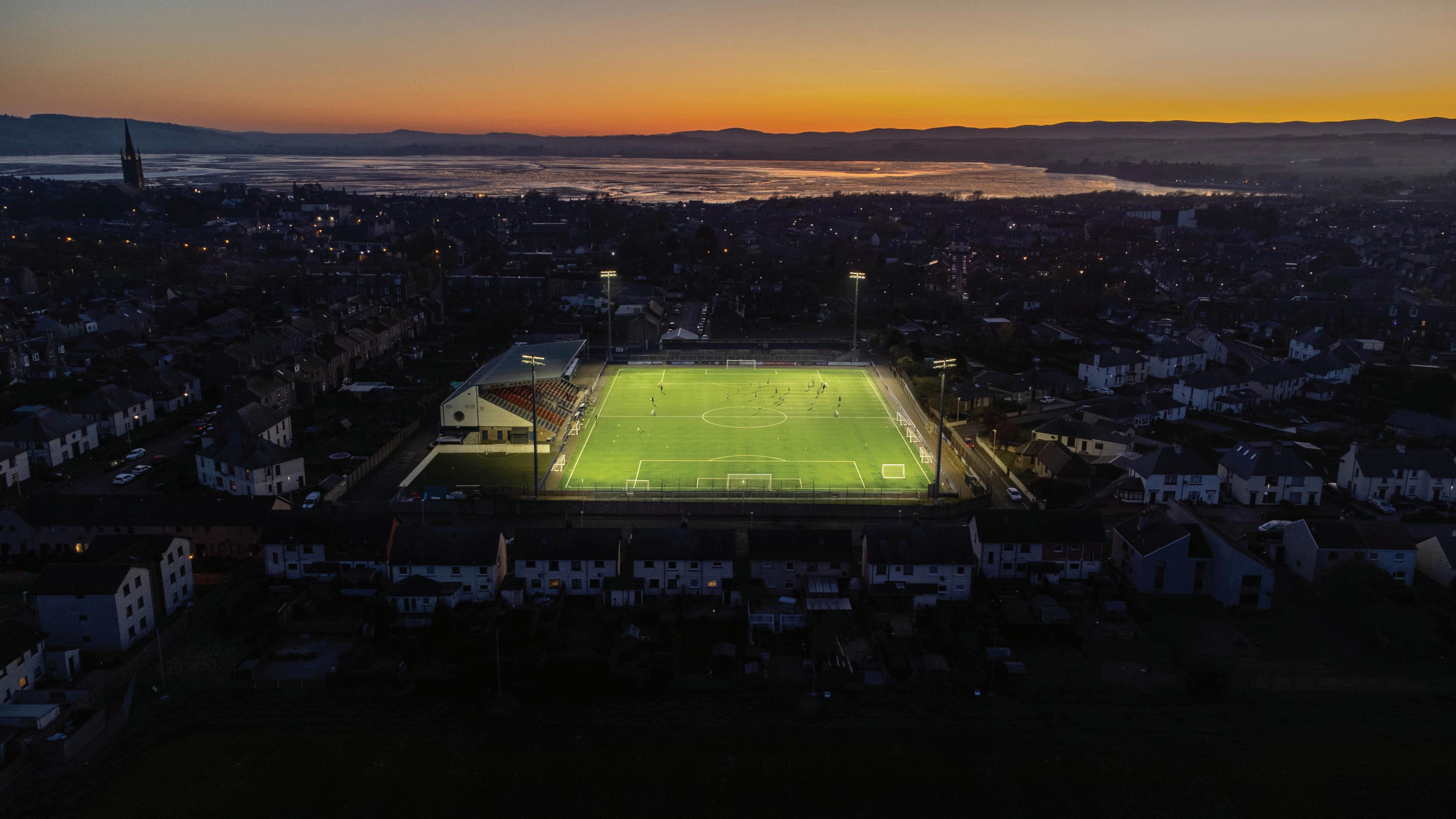
A new three-court indoor tennis centre is to be built at the King George V sport complex in Dumfries, Scotland.
Featuring three indoor hard courts, the tennis centre is scheduled to open its doors in 2025 and will provide a base for the sport for Dumfries and Galloway and the many rural communities in the area.
There is already a strong tennis infrastructure in the area with 11 registered clubs and close to 1,000 playing members, and there will be a firm focus on growing participation among all ages and abilities through the new centre.
The plans will include a raised viewing area, office space and accessible changing areas. It will be an inclusive, accessible and affordable facility providing more opportunities for people to play tennis. The centre will be funded mainly through a £1.7m grant from

Due to open in 2025, the centre will have three indoor hard courts
the Transforming Scotland’s Indoor Tennis (TSIT) fund, which is operated by the LTA, LTA Tennis Foundation, sportscotland and Tennis Scotland. The £1.7m includes a £211,347 loan to Dumfries and Galloway Council.
Alongside the loan, the council has also provided nearly £500,000
with the total cost of the project set to be £2,361,937. Holywood Trust, a local charity which helps young people in the area, is making a contribution of £200,000.
The project will be the third indoor tennis facility to be funded through the TSIT investment programme.
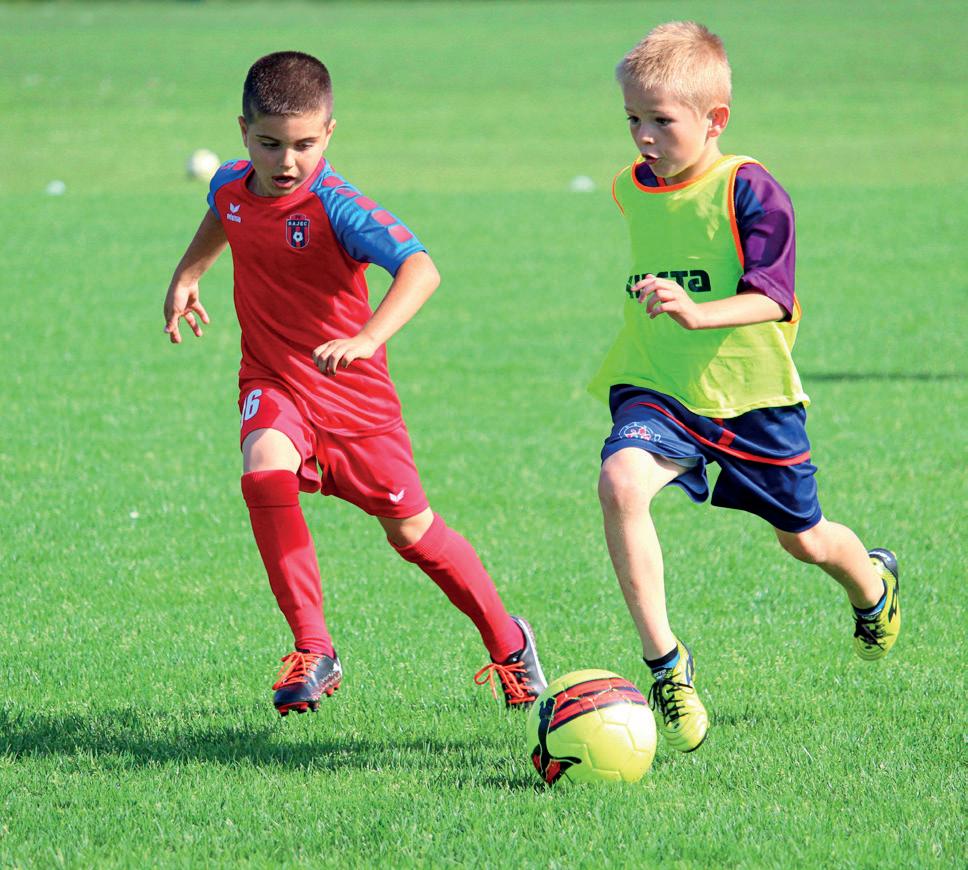
The main uses of the funding include the improvement of facilities
Sport Wales has temporarily paused its Be Active Wales Fund for new applications.
The move comes due to an “overwhelming number” of applications received so far this year. The fund will reopen on Monday 4 November.
Last year, the fund awarded more than £6m worth of grants to sports clubs and community organisations.
The main uses of the funding are to enhance facilities, buy sports equipment and support the development of volunteers and coaches.
Owen Hathway, Sport Wales’ Assistant Director for Insight, Policy and Public Affairs, said: “We have been inundated with applications for the Be Active Wales Fund during this financial year. It’s the most applications we have ever received.”
Sports course management software specialist, Fitronics, has set the stage for an unforgettable experience with its toptier lineup of speakers at the upcoming Sports Course Summit – powered by CoursePro – and ConnectCX event (in partnership with ProInsight). Taking place at Voco St John Hotel in Solihull, these events promise unparalleled insights and inspiration for industry professionals.
Robert Larcome from Healthy Heads will delve into the crucial topic of children’s mental health, the significance of social value, and the key things to look for when coaching.
Pocket Rocket Group Director, Nick Mennell, a seasoned sport and fitness professional, will lead the discussion with the national governing bodies panel comprising guests from STA, Swim England and British Gymnastics. During the day, a CoursePro roadmap session will be held, highlighting product updates and new features coming down the line.
Suzanne Gabb, COO of Good Boost, will be offering insights on creating effective retention and growth


strategies by using CoursePro data. Activity Alliance will share invaluable insights on disability inclusion in sports.
The grand finale will feature a captivating interview with Myrtha Pools’ consultant and ex-British Olympic swimmer Kevin Burns, shedding light on diversity and overcoming challenges in sports, drawing from his groundbreaking journey as the first black swimmer to represent Great Britain at the 1976 Olympic Games. l To secure your spot at the Sports Course Summit 2024 and be a part of these transformative discussions, register via fitronics.com/sports-course-summit-2024.
In partnership with ProInsight, Fitronics will showcase innovative techniques and technologies to deliver exceptional customer experiences. Jill Spencer will provide key insights into industry metrics and trends, offering a glimpse into the future of customer-centric businesses.
Tamara Bailey, Customer Success Manager at HireBob.ai will delve into the realm of Artificial Intelligence and its game-changing impact on customer experiences. Darryl Lewis, CEO of Hollywood Bowl will provide an outside industry perspective on putting the customer at the heart of your business.
In addition to other guest speakers, Juan Cuesta, founder of Fitness CX and international speaker from Barcelona, will guide attendees on customer journey mapping to shape unforgettable fitness experiences. As the leisure industry evolves, mastering customer experience is paramount to standing out and thriving in the market. The ConnectCX summit provides a platform to elevate your business, surpass customer expectations, and carve a niche for yourself. Learn how to cultivate a customer-centric culture, resolve service issues, enhance skills, and elevate satisfaction levels. Don’t miss this opportunity to revolutionise your business l Register now for ConnectCX 2024 via fitronics.com/sports-course-summit-2024
A report by This Girl Can and Our Parks is offering new guidance and advice to sports clubs, organisations and volunteers looking to get underserved communities get involved in sports and become more physically active.
Called Inspiring More Inclusive Physical Activity Interventions, the report presents the learnings from a free nine-week exercise programme called Couch to Fitness. It was aimed at beginners and built on the insight of the This Girl Can (TGC) campaign into the deep-rooted inequalities that persist in sport and physical activity.
Funded by Sport England, Couch to Fitness helped people build confidence in their ability to be active from the safety and comfort of their own home, with workouts available online and on demand. It was designed specifically to reach culturally diverse and lower socio-economic groups, who




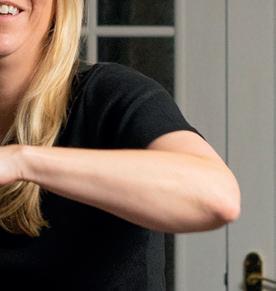

both had a greater increase in inactivity than White audiences during the Covid-19 lockdowns.









The new report outlines the learnings from the programme and includes practical and creative ideas for building and promoting a digital offer for underserved communities.
Born Barikor, founder of Our Parks, said: “Couch to Fitness has been a game-changer for our mission to make physical activity accessible to everyone.
“It has allowed us to remove more of the barriers that stop people getting started.”

Sport Northern Ireland has launched a crowdfunding drive to provide sports clubs, charities, voluntary organisations and PTAs with new funding opportunities. The new Creating Opportunities programme will support organisations to raise funds for their sporting participation initiatives by setting up crowdfunding campaigns.
Sport NI will then match-fund the projects by pledging up to 50% of an organisation’s Crowdfunder campaign total – up to a maximum of £5,000.
In total, the programme will see £1.6 million of National Lottery funding distributed over the next three years. To run an effective crowdfunder campaign, eligible participants will need to reach out to their local community and wider network to meet their fundraising target.

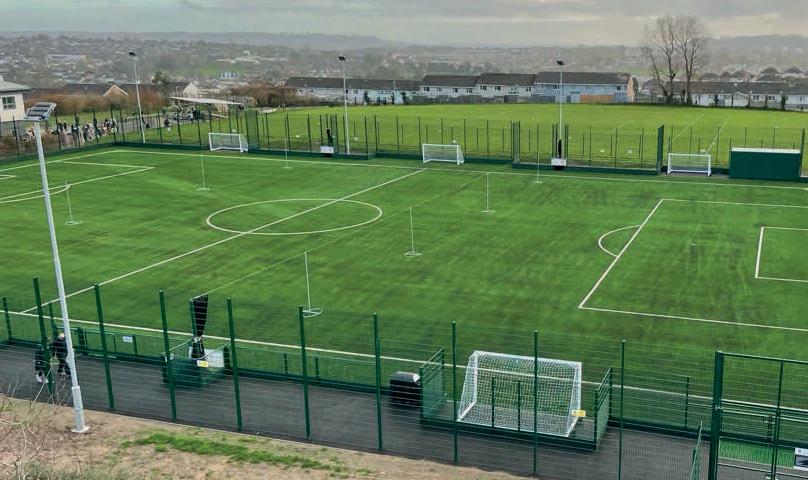
With over 40 years of experience and knowledge, Floodlighting and Electricals’ expertise, customer service and attention to detail are unmatched.
Our services include:
• Repairing or maintaining your metal halide floodlights to get them back into action!
• Upgrading your existing floodlights to energy-e cient LED lights.
• Floodlighting condition reports and EICRs, to confirm if your existing
• infrastructure is suitable for reuse.
• Floodlight design to ensure project goals are achieved and planning applications are successful.
• Certification and lux-level testing to ensure your floodlights are performing to the standards they should be.
• Plus more!

We’re the o cial Floodlighting and Sustainability partner for the Football Association of Wales







Sport England has invested more than £4m this year to support ideas aimed at reducing inequalities in access to sport and physical activity. The grassroots funding body opened a oneoff Pilot Fund which ran for six weeks from December 2023 to January 2024, by invitation only.
The fund focused on ways to increase activity and decrease inactivity in disadvantaged groups. Sport England also used the fund to “test new approaches and ideas for funding and working”, ahead of the launch of its Movement Fund in April 2024.
The Pilot Fund was open to more than 60 organisations whose funding requirements sat between the large-scale, longterm approach of Sport England’s system partners and the smallscale, one-off purpose of its former Small Grants programme.
In total, 18 awards were handed out, totalling £4,200,164, to a variety of regional and national charities, community interest companies and national governing bodies. Ten of them focused on getting people active – such as walking – while seven were based on more traditional sports.
UK Sport has launched its Find Your Greatness campaign with the aim of finding young athletes who may be future members of Team GB or Paralympics GB.
The campaign will see regional testing from a range of Olympic disciplines, starting in October and being held in various major cities across the UK.
The trials will be for 16-24-yearold UK nationals and will include those with physical, visual or intellectual impairments with applications opening from now until 14th October 2024. With 39% of Brits between the ages 18-24 believing they could make Team GB by the LA 2028 Games, UK Sport believes “this is an opportunity for some of those dreams to become a reality”.
A launch event saw British athletes past and present – who have either experienced an athlete recruitment programme, or are currently competing in sports – sharing how their dreams of becoming an Olympian or Paralympian became a reality.
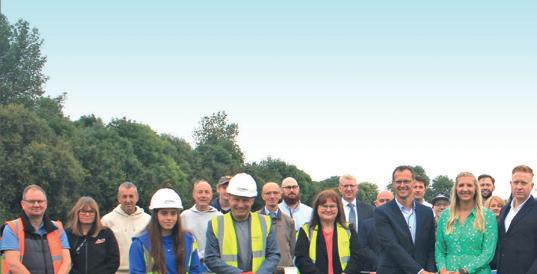
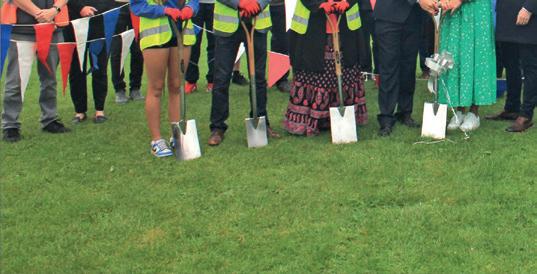
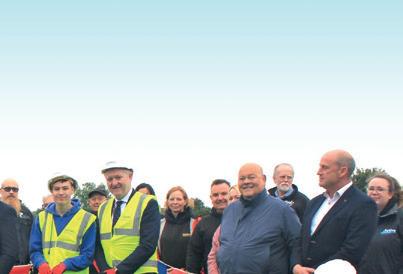

Ground has been officially broken on the new Lichfield Leisure Centre at Stychbrook Park. It marks the start of construction on the £10m centre, which is expected to open to the public in 2025.
Owned by Lichfield District Council, the centre will offer a range of amenities and will replace the ageing Friary Grange leisure centre. Facilities will include a 25-metre, six-lane swimming pool with movable floor and poolside seating and changing. There will also be a 80-station fitness gym with assessment room and equipment store, an indoor-cycling studio, dance studio and community room.
Sport England has revealed plans to invest £120 million in boosting diversity at grassroots level to offer more and improved opportunities to all young people to “explore and develop their potential”.
The funding is aimed at increasing and enhancing opportunities for talented young athletes in England to explore and develop their athletic potential – regardless of their background or financial circumstances. It’ll support athletes starting out in grassroots environments, as well as those already on talent pathways –formal high-performance sport programmes – and will be available for the 2025 to 2029 funding cycle.
The funding is being delivered by Sport England’s existing partnerships with more than 70 sports organisations, which includes the “turbo-charging” of the Backing the Best programme,

It can cost more than £6,600 a year for young athletes to develop their skills
run by SportsAid, with a further £1.5m of National Lottery funding.
SportsAid research from 2022 showed it typically costs more than £6,600 a year for young athletes to develop their sporting potential.
Sport England CEO, Tim Hollingsworth, said: “Affluence and

The hub is part of Cumberland Council’s Coastal Programme
activity levels are often closely linked; the wealthier you are, the more likely you are to be active. This starts at a grassroots level and goes right up to high-performance sport. We believe that all talented young athletes should have the opportunity to reach the Olympics or Paralympics.”
A popular inclusive cycling hub has been relaunched at Cumbria Sports Academy (CSA), Hensingham.
The hub was one of the first projects delivered as part of Cumberland Council’s Coastal Programme, but which had ceased operating during the COVID-19 pandemic.
With the help of The Outdoor Partnership, Cyclewise, CSA, Wheels for All and a group of volunteers, the council is now in a position to offer inclusive cycling sessions once again.
The first event utilised a range of adapted bikes; from trikes and quads, recumbents and side to sides alongside standard two wheelers.
The programme is funded by central government’s Coastal Communities Fund and Sellafield Ltd’s Six Social Impact multiplied programme.

The standards are high.

That’s why the University of Michigan turned to Musco for a lighting upgrade at its iconic 107,601-seat Michigan Stadium. The custom-designed lighting system improved uniformity and visibility, reduced glare, enhanced broadcast quality, and elevated the fan experience with cutting-edge light shows.


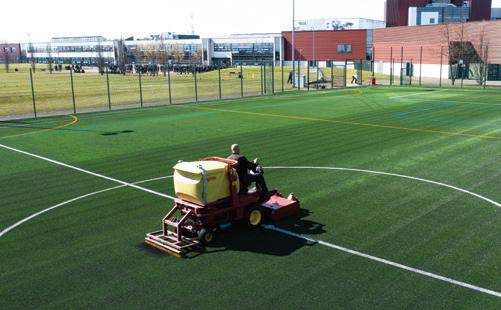

Redcar and Cleveland Borough Council has appointed Willmott Dixon to build a £15 million swimming pool complex in Eston. Facilities at the leisure centre will include a 25-metre, six-lane swimming pool, changing areas and a 150-seat spectator gallery.
To be operated by Everyone Active, the centre is scheduled to open in early 2026. Procured via Procurement Hub’s Major Projects Framework, the project has received funding from the central government, Redcar & Cleveland Borough Council and the Tees Valley Mayor and Combined Authority.
Councillor Ursula Earl, the council’s Cabinet Member for Health and Welfare, said: “This new pool will not only benefit local residents, but it also brings the opportunity to increase swimming provision across the borough. We’re proud of the learner pool, which is an

inclusive space so sensory swim sessions can be held to allow neurodivergent children and adults the opportunity to enjoy swimming.”
Willmott Dixon secured the contract after it completed the Morpeth Sports and Leisure Centre, also in the North East, in 2023.
Nick Corrigan, North East director for Willmott Dixon, said: “Our leisure sector experts bring a wealth of experience to Eston Pool and will ensure local people have a first-class health and wellbeing facility where generations of Eston children will learn to swim.”

The National Sector Partners Group (NSPG) has hosted a reception in Westminster to discuss the sport and physical activity sector’s agenda with MPs from across the new government.
Those attending the event included the new Sports Minister, Steph Peacock; Labour MP, Kim Leadbeater and a number of other leaders from across the sport, recreation and physical activity landscape.
Among the topics explored were the opportunities for the new Government to work with the physical activity sector and help make the UK the most active nation in Europe.
In a speech on behalf of the group, ukactive CEO, Huw Edwards, said: “As we start this new Parliament, has the full power of sport, recreation, and physical activity been fully harnessed in our nation? Sadly, no.”

The infills are versatile and effective in different sports

Cork infills offer a sustainable, high-performance alternative for football fields, meeting the growing demand for eco-friendly sports solutions.
Artificial turf has revolutionised football by providing durable, lower maintenance playing surfaces. However, the infills traditionally used –mainly rubber granules or sand – can raise concerns about environmental impact. As the sports industry shifts toward sustainability, Amorim Sports, a company from the Amorim Group, is leading the charge with cork-based infills, a natural, renewable, and recyclable alternative that meets the highest standards of performance and safety. Cork, harvested from the bark of cork oak trees without harming them, offers a range of benefits over synthetic options. Not only is it 100% natural and free of microplastics, but it also contributes to reducing the environmental footprint of artificial turf systems. Cork’s natural properties provide excellent thermal insulation, minimizing heat retention on the field and reducing the need for water and energy to maintain optimal conditions.

Amorim Sports cork-based infills have been successfully implemented in various sports facilities worldwide, from professional football, rugby, and baseball stadiums to school sports fields. These installations have demonstrated the material’s versatility and effectiveness in different sports, from older to recent installations all over the globe, but mainly in Europe and United States. Players have reported enhanced surface comfort, excellent playability, and significantly lower heat levels during the summer, creating a more pleasant playing environment.
According to René Otter, a technical advisor for the municipality of Koggenland in the Netherlands, where four recent fields were installed by Antea Sport using Amorim cork infills, “on warm days, cork’s cooling effect and moisture regulation provide a safer and more comfortable experience for athletes”. More about this installation: https://bit.ly/4gvv5XW
With the European Commission’s ban on microplastics, the need for sustainable alternatives not just in football, but in other sports, is more critical than ever. Amorim Sports cork infills, composed solely of cork or mixed with other organic substances, such as olive pits, free from microplastics, offer a solution that aligns with new regulations and supports a greener future for sports . As sports fields worldwide continue to adopt cork, such as football fields, the sport moves closer to achieving its sustainability goals without compromising on performance. l https://amorim-sports.com

Nearly half (44%) of participants in a nationwide pilot – to test how sports and leisure centres could act as musculoskeletal (MSK) treatment hubs – reported a “noticeable improvement” in their condition after attending sessions for 12 weeks. The MSK Hub pilot involved 1,631 participants across 94 sites.
Fifteen leisure operators hosted personalised physical activity sessions focused on progressive exercise rehabilitation and education around how to maintain mobility, reduce pain and improve health before and after surgery.

Participants were supported by instructors both in person and via tailored online guidance.
In total, 11,785 exercise sessions were delivered during the pilot, which formed part of an industrial research project funded by UK Research and Innovation (UKRI) as part of the Government’s Healthy Ageing Challenge (HAC). The HAC was set up to investigate the feasibility of using gyms and leisure centres to reduce the burden on the healthcare system by supporting people to manage their conditions through exercise in a community-based setting.
A new open water swimming facility has opened at Greenland Dock, near Canada Water.
The area is operated from the Surrey Docks Fitness and Watersports Centre, which is located next to the dock. The centre is owned by Southwark Council and is operated by the council’s inhouse leisure services team.
Councillor Portia Mwangangye, Cabinet Member for Leisure, Parks and Young People, said: “The Greenland Dock open swim course is a great place to experience open water swimming in a safe and scenic environment. There is something truly special about swimming in the open air with the view of a London skyline in front of you.
“Introducing open water swimming was a key commitment in our council delivery plan and the sessions are already proving popular.”
Southwark Council took the operations of its leisure services back in-house in 2023.
Lighting specialist Zumtobel has installed its LED solution at the Tottenham Hotspur Training Centre in Enfield, North London – one of the UK’s most impressive training grounds.
Zumtobel, having already forged a successful partnership with Tottenham Hotspur through the
supply of over 77,000 luminaires for the iconic Tottenham Hotspur Stadium, was selected as the preferred lighting supplier for the Training Centre.
Zumtobel worked with F3 Architects, Electro Tech Installations and M&E consultants EDP Environmental on the project.











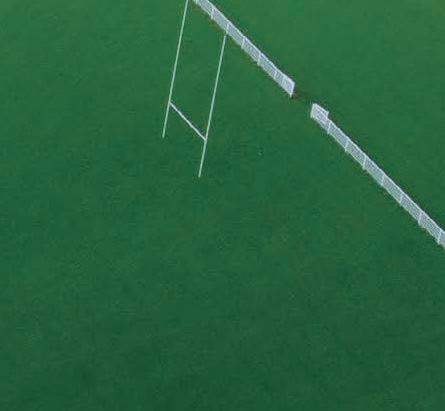











Members of a gaming community in South Wales are being offered discounted memberships for the region’s leisure centres.
A partnership deal between Esports Wales and Leisure Lifestyle –which operates 10 leisure facilities on behalf of Caerphilly County Borough Council (CCBC) – will see members of Caerphilly Esports Wales being offered the opportunity to sign up for a Leisure Lifestyle membership at a reduced corporate rate.
The collaboration has been set up to promote a balanced and healthy lifestyle for esports players, as part of the council’s wider commitment to promote and provide access to a balanced and healthy lifestyle for all.
The partnership was celebrated and highlighted during the National Fitness Day on 18 September, when Esports Wales will be joining Leisure Lifestyle at leisure centres, to engage with

customers, provide activities and gameplay opportunities.
Councillor Chris Morgan, Caerphilly County Borough Council’s cabinet member for leisure, said: “This partnership not only recognises the growing importance of esports within our
community but also encourages a balanced and active lifestyle for all.
“We believe that by providing Esports Wales members with access to our excellent facilities at a discounted rate, we are supporting both their physical and mental well-being.”

The
Wiltshire Council has submitted a planning application to build a leisure centre in Trowbridge.
Set to be built on the town’s East Wing site, the proposed design will have a strong industrial aesthetic that reflects the heritage of Trowbridge. Internally, accessibility has been put at the heart of the design.
To support the council’s target of being carbon neutral by 2030 the project has also taken a “fabric first” approach to the building design, meaning the building will be as energy efficient as possible.
Facilities within the centre will include a sixlane, 25m swimming pool, a 7m x 13m learner pool, an immersive indoor cycling studio and a health club with a 120-station gym and two studios. A “live well suite” will provide a dedicated space for older people to exercise.



















Richard Shaw Chief Executive SAPCA
The gap between the Olympics and the Paralympics feels like the time between Christmas and New Year, a gap just long enough to start to miss the former without quite being able to enjoy the latter yet!
To the sports’ fan it’s the chocolate box-esque variety that these spectacles serve up that capture the imagination so much. Among the highlights for me at Paris 2024 were the spectacular climbing events. Seeing Toby Roberts win gold by clinging onto boulders with the thinnest of grips and contorting legs to swing to the next – incredible!
It’s great to hear of the athletes’ journeys which have played such a part in the BBC’s coverage this year. It really helps to understand the sacrifices and support structures that global achievement requires.
Another point that was stressed was how UK facilities have been vital to the success of Team GB in this and previous Olympics. Toby was eight when he visited his first indoor climbing centre. Amber Rutter was 10 when she decided to go to the firing range with her grandfather. Emily Craig was 12 when she joined her local rowing club. All three achieved gold for Team GB, but what if those facilities were 10 miles further down the road?
The sacrifices and support are nearly always tied to a facility. It is also at facilities that young people first gain access to various sports –activities which could otherwise be inaccessible.
In his book ‘Bounce’, Matthew Syed highlights how, when he stripped back his ego and looked at the reasons for his successes, it was a table tennis table at home, easily accessible coaching
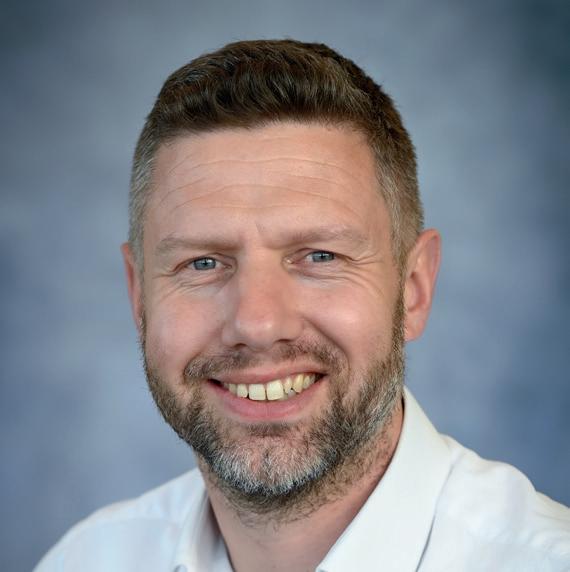
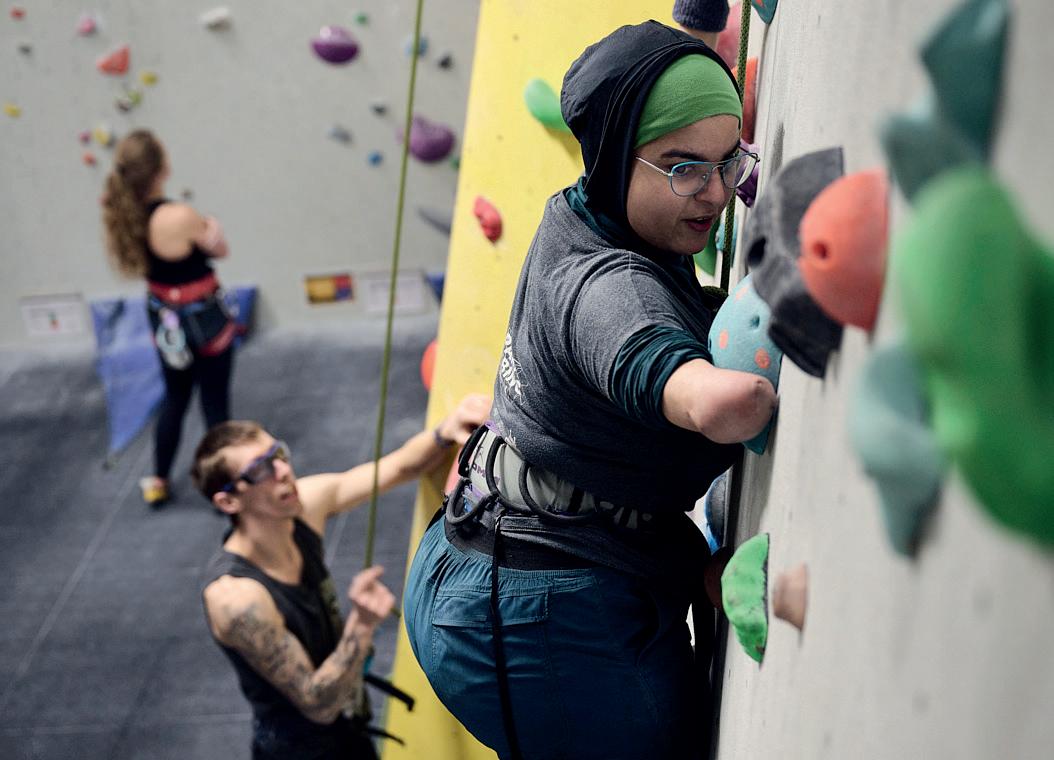
Facilities are crucial, because it is at facilities that young people first gain access to various sports and activities
and regular opponents – and, crucially, a club that was open 24 hours for its members – that allowed him to win. The small Omega Club featuring one table produced, in Syed’s words, “more outstanding table tennis players than the rest of the Nation combined” for a period.
So, before sacrifice and support comes inspiration and accessible facilities. Now that Paris 2024 has provided the inspiration, can we, as a country, afford to not provide the facilities to create world class athletes? Not to mention the many others who might not reach Olympic heights but will gain so much – and get healthy and enrich society – by aiming to get there?















EnviroStik adhesives and tape systems assist in meeting standards


To be held in new surroundings, this year’s SAPCA Technical Meeting will include sessions on Sport England’s new sustainability strategy and the latest developments in synthetic turf standards
The SAPCA Technical Meeting, one of the sports facility construction industry’s most popular events of the year, has opened for bookings. Held on 13 November at the East Midlands Conference Centre in Nottingham, the one-day event is open to anyone working in the sports and play sector.
The annual Technical Meeting brings together the industry to discuss the latest standards and trends across the sports and play construction industry. It offers opportunities to learn about innovations within the sector and discuss the latest developments. In 2023, the event attracted more than 200 delegates, who benefited from an educational programme featuring updates from sports governing bodies, a look at a synthetic pitch testing initiative by the Football Foundation and the latest changes to SAPCA’s code of practice for the construction of padel courts.
Due to the continuing growth of the event, this year’s event has been moved to a new venue, offering a modern, spacious setting for the annual gathering.

The educational programme and seminar line up for the event will be finalised shortly, but will include:
n The positive social impact of sport and the development of new facilities on the nation.
n Post Euro 2024 and looking towards the 2026 World Cup – what are the challenges for hybrid and natural turf in tournament conditions.
n Product Environmental Footprint Category Rules (PEF CR) – a European Commission initiative – how can it help the UK consumer and what will it mean for the industry?
n The latest university research in sports surfacing.
n Developments in EN 15330 – Surfaces for Sports Areas, revisions and new elements within the standard.
The Technical Meeting also offers an invaluable opportunity for networking with professionals from across the sports and play industry, as well as with those working for national governing bodies, sports councils and research institutes.
The evening will include a networking dinner, offering a great opportunity for informal networking over great food and drink. Hotel accommodation is available at the Orchard Hotel adjacent to the conference centre and can be booked via SAPCA.
The cost of attending the event is:
n SAPCA members: £140 (plus VAT)
n Non-SAPCA members: £280 (plus VAT)
DINNER Standard price: £50 (plus VAT)
HOTEL B&B: £110 (plus VAT)
For more information on the Technical Meeting and to book your space, visit: https://sapca.org. uk/events/sapca-technical-meeting-2024/
Stephen McLoughlin Senior public affairs and policy manager ukactive
After the excitement of a victorious general election campaign, the attentions of the new Labour Government turn firmly towards governing with the first major milestone – the Autumn Budget on 30 October.
Having run the campaign on a platform of ‘change’, with a clear focus on sound finances and driving economic growth, this is the first opportunity for Labour to set out its plans to deliver on that. However, as we head into this first fiscal event, the mood is much less buoyant than in July. Instead, there is talk of budget black holes, of the need for efficiency savings, of things ‘getting worse before they get better’. This is not the change message we might have hoped for from a new Government.
The Budget this year will be accompanied by a one-year spending review, with a three-year Comprehensive Spending Review to follow in
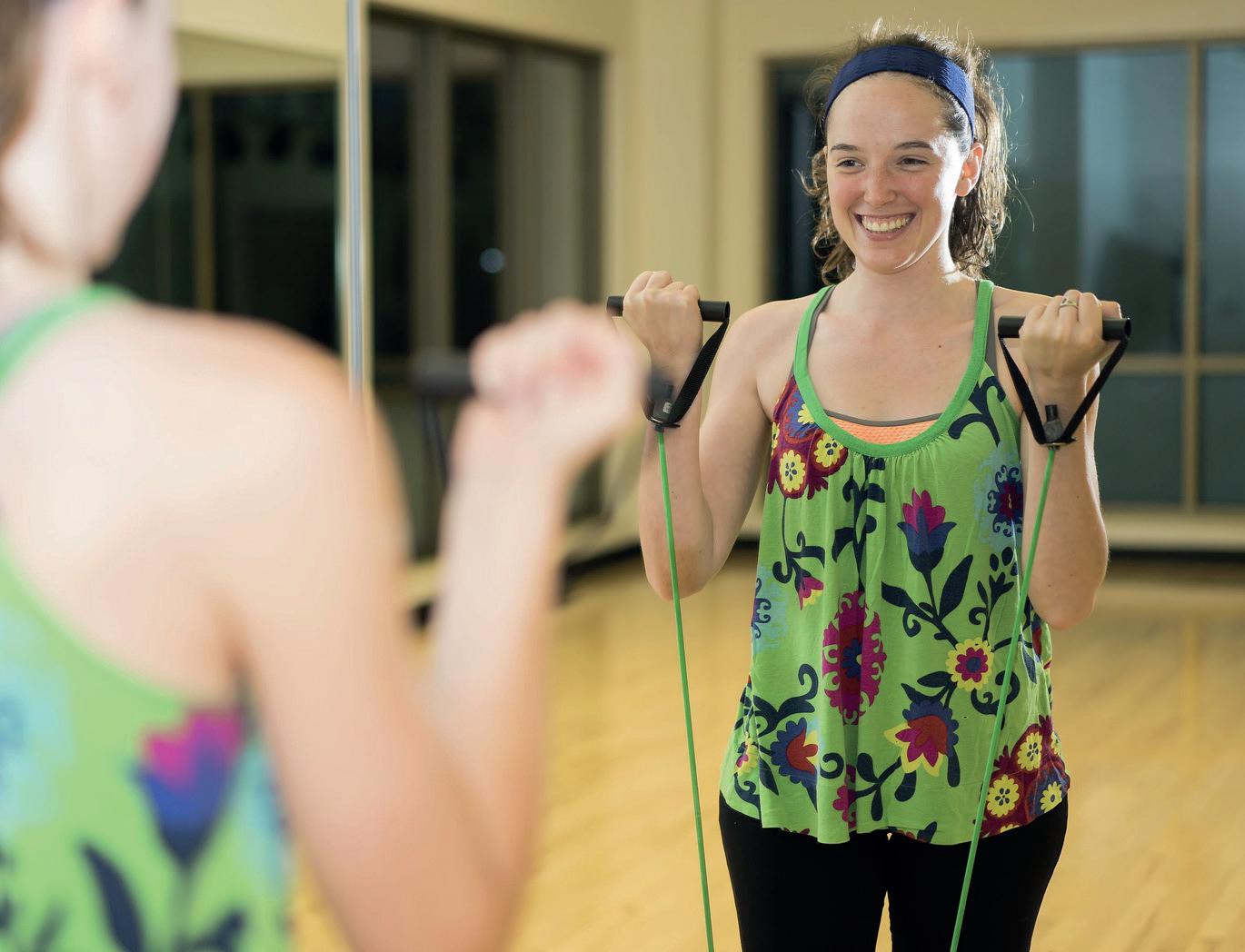

This is a critical juncture for the sector, and for the Government – we have seen the impact of indecision over the previous decade, with low investment in public leisure and lack of ambition to support the growth of the private sector
2025, which will provide more long-term funding settlements for Government departments. This is a critical juncture for the sector, and for the Government. We have seen the impact of indecision over the previous decade, with low investment in public leisure and lack of ambition to support the growth of the private sector. Further delaying necessary investment will not only increase the cost of change in the long term, but further set back the Government’s own ambitions to increase physical activity levels and unlock the savings and economic growth this would provide.
As part of our Budget submission, which has been developed with input from a broad range of our members, ukactive has laid out how the sector can support the Government in achieving each of its five missions. There are several projects in which the Government can invest to save in the long-term, such as MSK Hubs and Youth Futures Hubs. Through tax and regulatory reform, further collaboration with the NHS, and long-term investment in public leisure, the new Government can unlock the potential of the sector.
Now is not the time for short-term thinking, of hoping for a different outcome from the same strategies that have gone before. To deliver the change it promised, across all its policy priorities, the Government must back our sector.





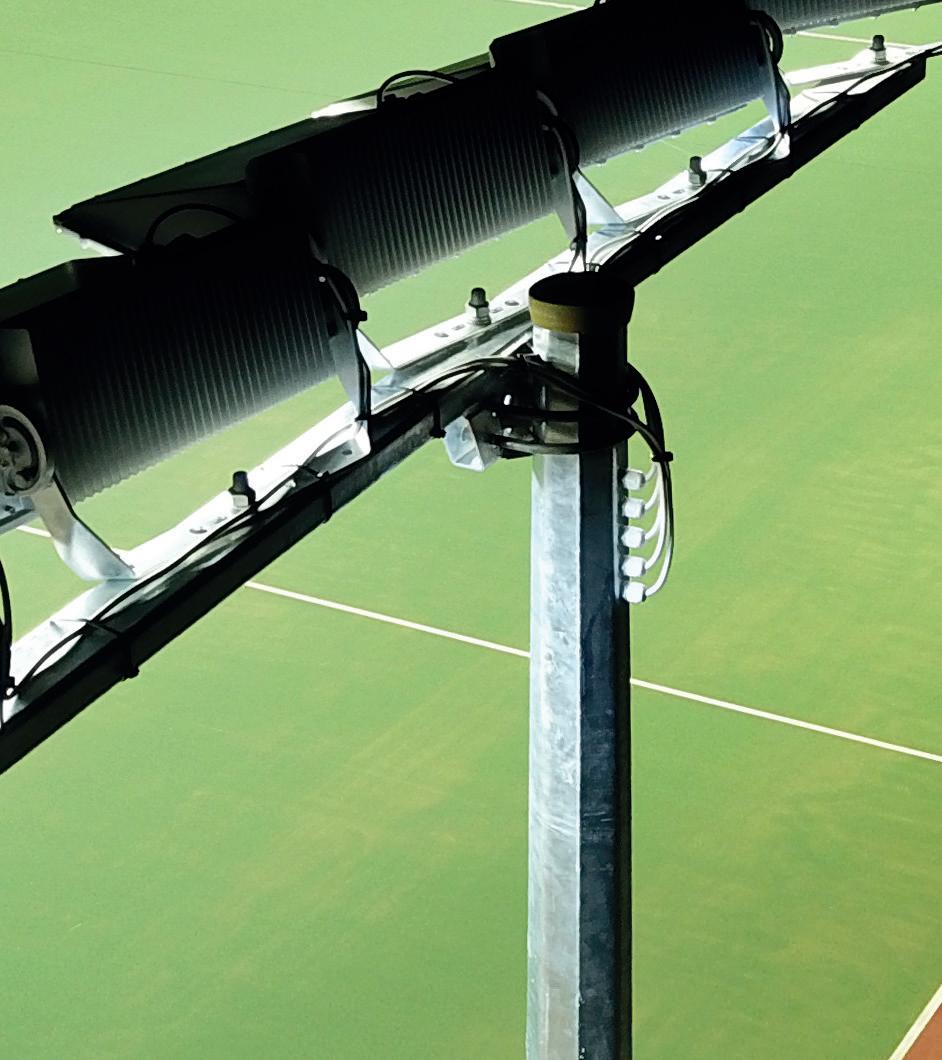


by Schmitz Foam Products



Sarah Chaffey Senior Communications Officer Women in Sport
It was exactly 40 years ago, in 1984, when competitors lined up for the first-ever women’s Olympic Marathon in Los Angeles. This had been the culmination of decades of campaigning with a myth prevailing that women were not suited to running long distances.
In the same year, in London, a group of sportswomen huddled in a small publishing house and dreamt of further change. On 18th May, they created our charity – Women in Sport.
Fast forward to the Paris 2024 Olympic Games, and Sifan Hassan won medals in the 5km, 10km and the marathon, becoming the first person to achieve this in a single Olympic Games since 1952 – and surely dispelling this myth forever. From a Team GB perspective, Keely Hodgkinson became first British woman to win an Olympic 800m title since Dame Kelly Holmes in 2004 in a superb display of determination and self-belief.
There’s no doubt women’s running has come a long way. But Women in Sport is all too aware that sport has yet to achieve equality of the sexes and that this reflects ongoing inequalities in life.
This year, we decided to redraw the traditional Olympic medal tables by the number of medals won by women. The results were eyeopening. Great Britain achieved the best medal parity among the top ten countries, with 48% of their individual event medals won by women, compared to 52% won by men.
An impressive 56% of the USA’s individual event medals were won by women. If American women were their own nation, they would be third in the overall rankings behind only the US and China. This underscores the significance


Women’s competitions provided some of the highlights of Paris 2024
This year, we decided to redraw the traditional Olympic medal tables by the number of medals won by women. The results were eye-opening.
of Title IX, a law introduced in 1972 which prohibits sex-based discrimination in schools or colleges with government funding. We found a correlation between female athletes’ success and broader social equality, with the top ten countries for medal parity ranking above average on the UN’s Gender Inequality Index. After all, when women thrive in sport, they thrive in society, and the Paris 2024 Olympic Games set a brilliant example of that.




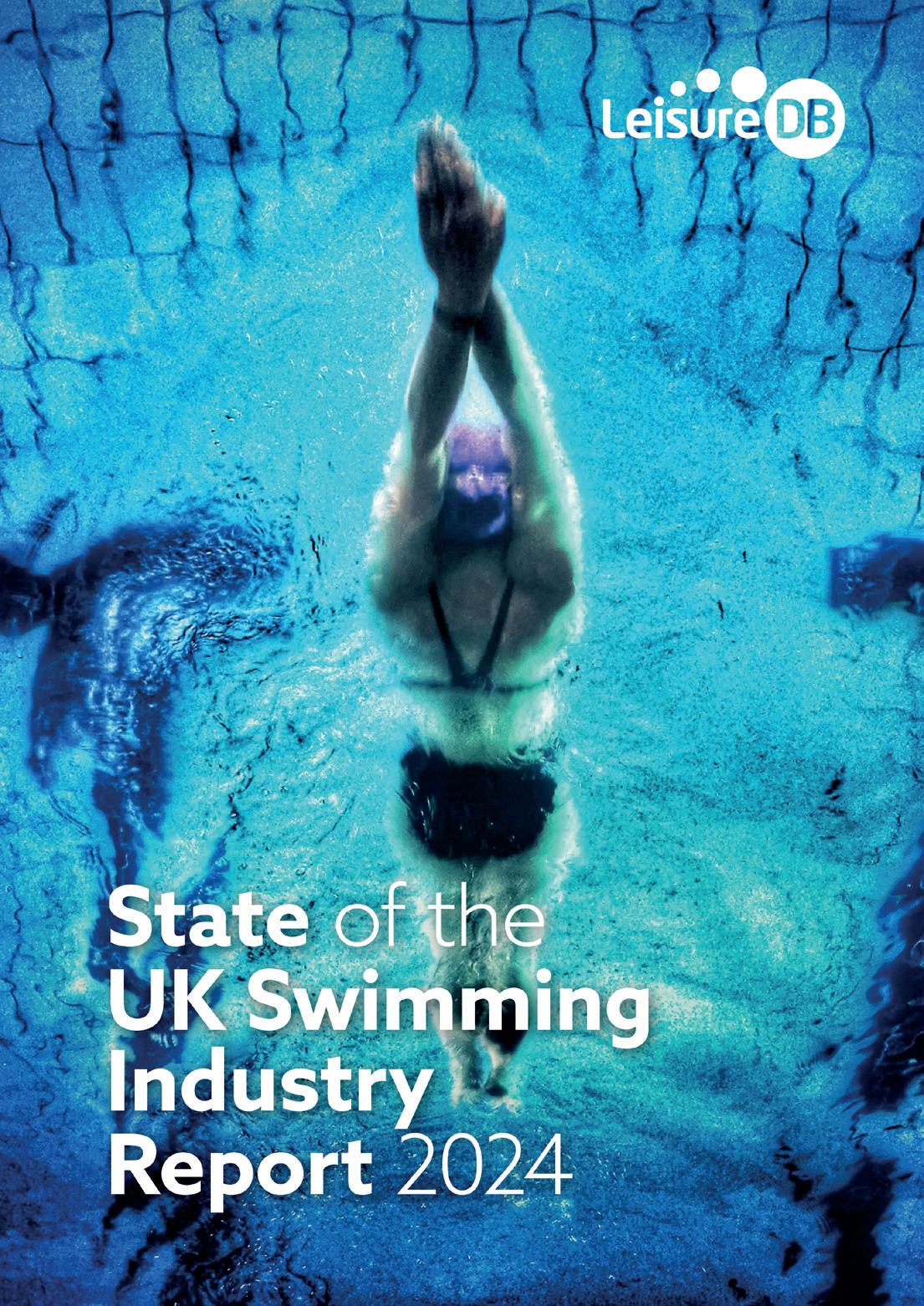


Out on 1 August, Leisure DB’s State of the UK




Swimming Industry Report 2024 provides an unparalleled overview of this vital sector. With expert commentary, interviews and advice throughout – plus a full breakdown of pool numbers and locations, openings and closures, public and private sector leaders, fees, facilities and more – we’ve made this must-read report free to read.
Join us as we democratise data across the sector. Dive in at leisuredb.com/publications and enjoy all our flagship reports for FREE.
FreeFlow, held on 5 September at London Aquatics Centre, provided a platform to explore the future of swimming and aquatics within the fitness and leisure sector. The event also had a strong emphasis on sustainability, technology, and inclusivity.
Co-hosted by Leisure DB, Hutchi, and Everyone Active, FreeFlow brought together the UK’s swimming and pool industry, showcasing discussions, presentations, and networking opportunities. The event kicked off with an inspiring introduction from Dame Rebecca Adlington, a double Olympic gold medallist, setting the tone for a day of forward-thinking discussions.
Dan Harrison, Partnership Manager at Leisure DB, followed with an exclusive overview of the newly launched State of the UK Swimming Industry Report 2024 (to download the report, visit: online.flippingbook. com/view/353936940/), shedding light on the latest trends, challenges, and opportunities within the UK leisure and aquatics sector. His data-driven insights laid a solid foundation for the day’s discussions.
The first panel of the day focused on the critical and timely topic of Achieving Net Zero in leisure facilities. The panelists, including Lucy Findlay-Beale from Elevate, Keith Ashton from Space and Place, Andrew Crowley from OS GEN, and Mark Massetti from Watford Controls, explored innovative solutions to reduce energy consumption and promote environmental responsibility across the industry. The conversation highlighted how sustainability is becoming an essential pillar for the future of leisure centres and swimming pools.
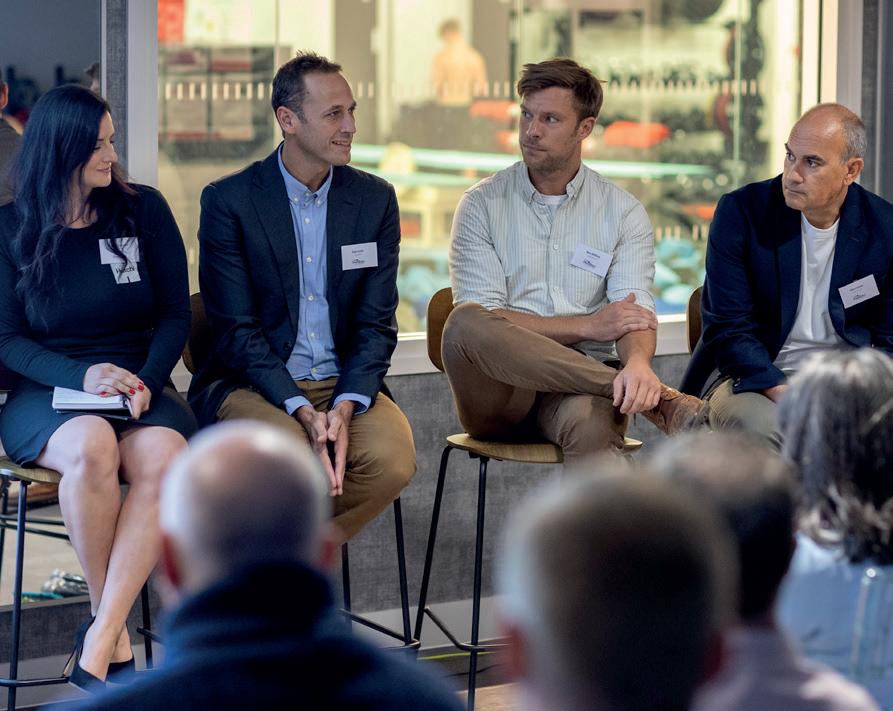
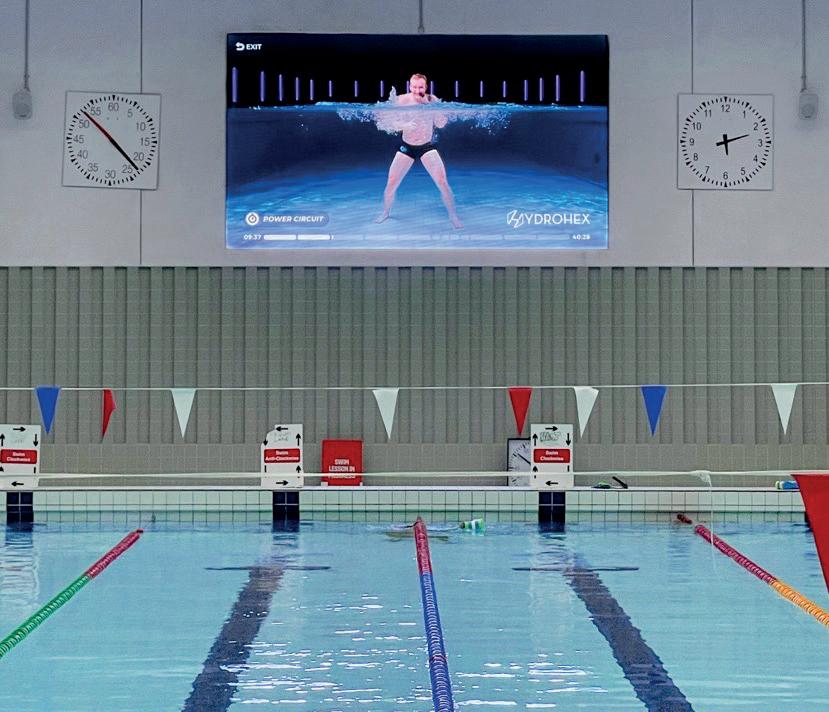
The Art of Technology Technology took centre stage in the Art of Tech panel, where industry leaders discussed cutting-edge solutions transforming the aquatic and fitness industries. Chris Hayes from SPATA led the discussion, followed by insightful contributions from Eyal Amit of Lynxight, Fiona Creswell from Hutchi, Ben Wilkins from Good Boost, and Marc Jones from CoursePro. Together, they demonstrated how technology, from AI-powered systems to personalised user experiences, is reshaping the way we interact with aquatic spaces, enhancing operational efficiency, and improving user engagement.
The event provided ample opportunity for attendees to network, exchange ideas, and explore potential collaborations. A dedicated networking break allowed professionals to connect, while Hutchi showcased its innovative 4m wide screen technology, offering attendees a firsthand look at how digital advancements can streamline operations and enrich user experiences with the likes of the digital, virtual Hydrohex workouts.
An engaging session on What is the Future of Swimming followed, led by Steve Parry MBE, former competitive swimmer and Olympic bronze medalist, alongside industry experts including Dave Candler from STA, Jo
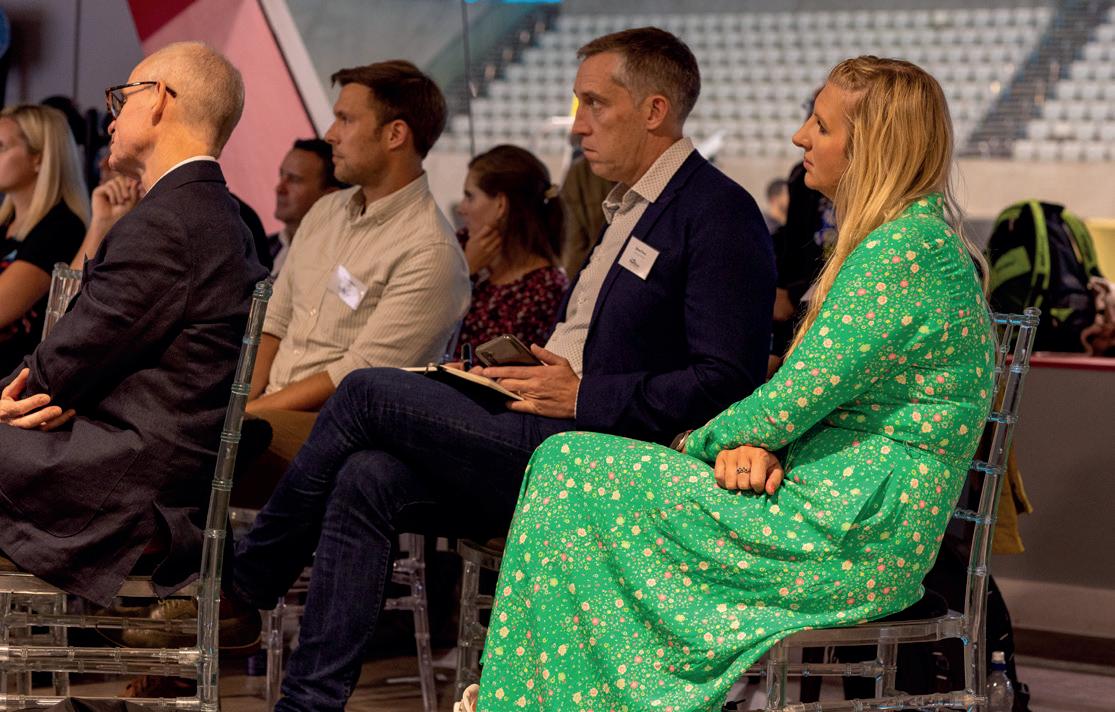

Talbot from RLSS UK, Howard Harrison from Water Babies, and Andy Salmon from Swim England. The panel delved into the future of swimming programs, focusing on enhancing participation, safety, and the overall experience of water-based activities. A key theme of the discussion was how to make swimming “cool” again to drive greater participation among younger generations and the importance of data sharing within the newly formed Swimming Alliance to future-proof the sport.
The closing session, The Power of Language for Inclusive Fitness, led by Fiona Creswell from Hutchi and Sarah Le Brocq from All About Obesity, was a powerful and thought-provoking exploration of how language shapes inclusivity in fitness environments. Both speakers emphasised the importance of using language that fosters accessibility, creates welcoming spaces for people of all abilities and backgrounds, and promotes positive body image.
This session highlighted the need to shift the narrative in the fitness sector—away from narrow ideals of fitness perfection and towards a more inclusive culture that celebrates movement, health, and community for everyone. Whether through marketing materials, customer interactions, or instructor training, Creswell and Le Brocq made it clear that language plays a pivotal role in shaping perceptions of fitness and belonging.


FreeFlow was supported by the following companies and organisations:
■ Alliance Leisure
■ Les Mills UK (LMUK)
■ PSLT Limited
■ CoursePro
■ Hutchi
■ Good Boost
■ Lynxight
■ Leisure Energy
■ OS Generation
■ Prospec Limited
■ Royal Life Saving Society UK (RLSS UK)
■ Ruth Lee Ltd
■ SPATA
■ STA
■ Water Babies Ltd
The FreeFlow Swimming Conference set a new standard for industry events, combining insightful discussions, innovative solutions, and a collaborative spirit. As the leisure and fitness industry continues to evolve, the key takeaways from this event— sustainability, technological innovation, and inclusivity— will remain at the forefront of future progress.
“This event marked just the beginning of an ongoing conversation about how we can collectively drive the swimming and aquatic sectors toward a more sustainable, innovative, and inclusive future.” said Dan Harrison from Leisure DB.

The CEO of sportscotland speaks to Tom Walker and outlines how the national agency plans to use a systems-based approach to get more Scots taking part in sport
Forbes Dunlop was appointed CEO of sportscotland in January 2023. He took over from Stewart Harris who had held the role for more than 16 years.
Dunlop, one of Scottish sport’s most respected and experienced sports administrators, started his career working in local government before moving to sportscotland in 2003, where he held various positions over a 10-year period.
In 2013 he was appointed CEO of Scottish Swimming where, during a six-year-period, he delivered year-on-year membership growth, the roll out of the National Learn to Swim Framework and medal success on the global stage. He then returned to sportscotland as Chief Operating Officer in April 2019, before succeeding Harris 20 months ago.
SportsNation spoke to Dunlop shortly after he had returned from the Paris 2024 Games, where he was on hand to see Andy Murray play his last ever match as a professional.








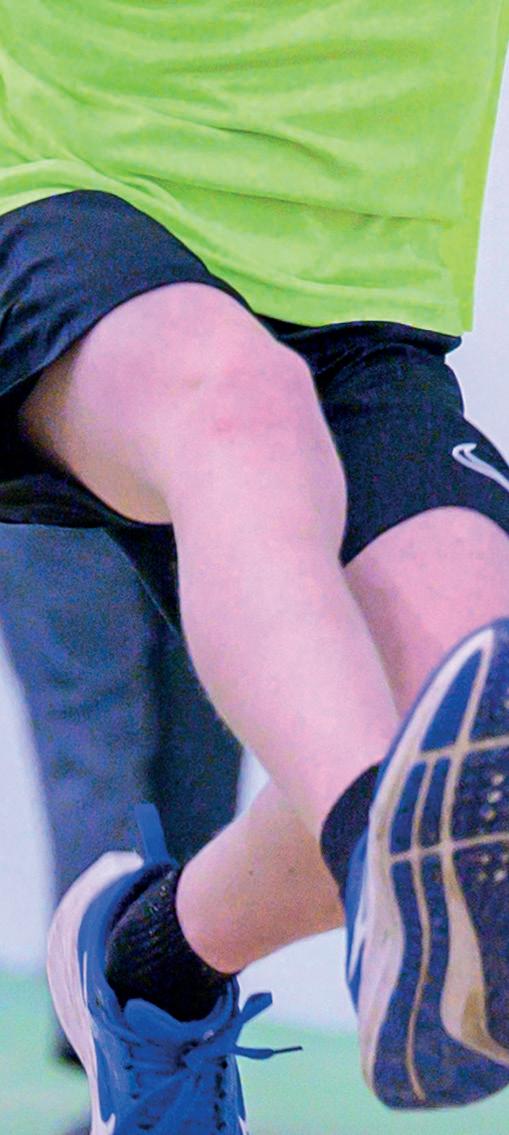










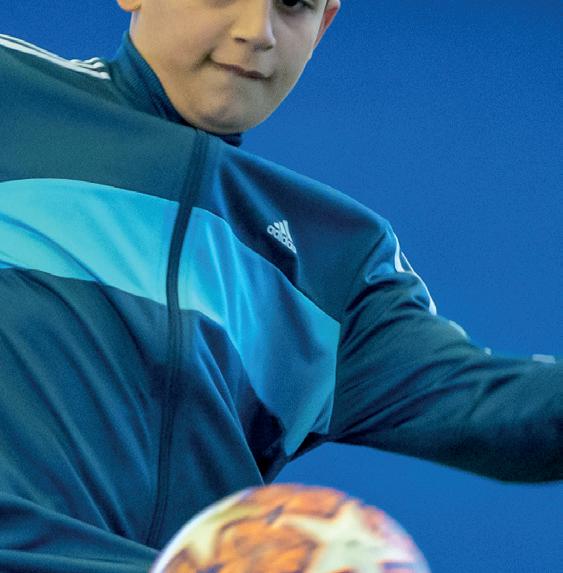






sportscotland’s vision, outlined in its Sport for Life strategy, is to have an active Scotland











You worked at sportscotland first from 2003 to 2013 and then from 2019 as COO. How much has that experience, across the organisation, helped you in your role as CEO? I definitely feel it’s an advantage. In my first stint I really got to know sportscotland, its responsibilities and the work it does in a number of different areas – and at different levels.
Moving to Scottish Swimming to become its Chief Executive in 2013 then gave me an understanding of leading an organisation and the responsibilities that come with that. What also helped was that swimming was my sport.
I loved my time at Scottish Swimming and we had a brilliant team, a great membership and fantastic stakeholders who worked very closely together –from local clubs to facility owners. The six years I spent as CEO taught me a lot about leading.
When the opportunity to return to sportscotland as COO came up in 2019, it was an attractive proposition because it was an area of the business I was probably the least familiar with. I knew about sport and sports development, but when it came to the governance of the organisation and
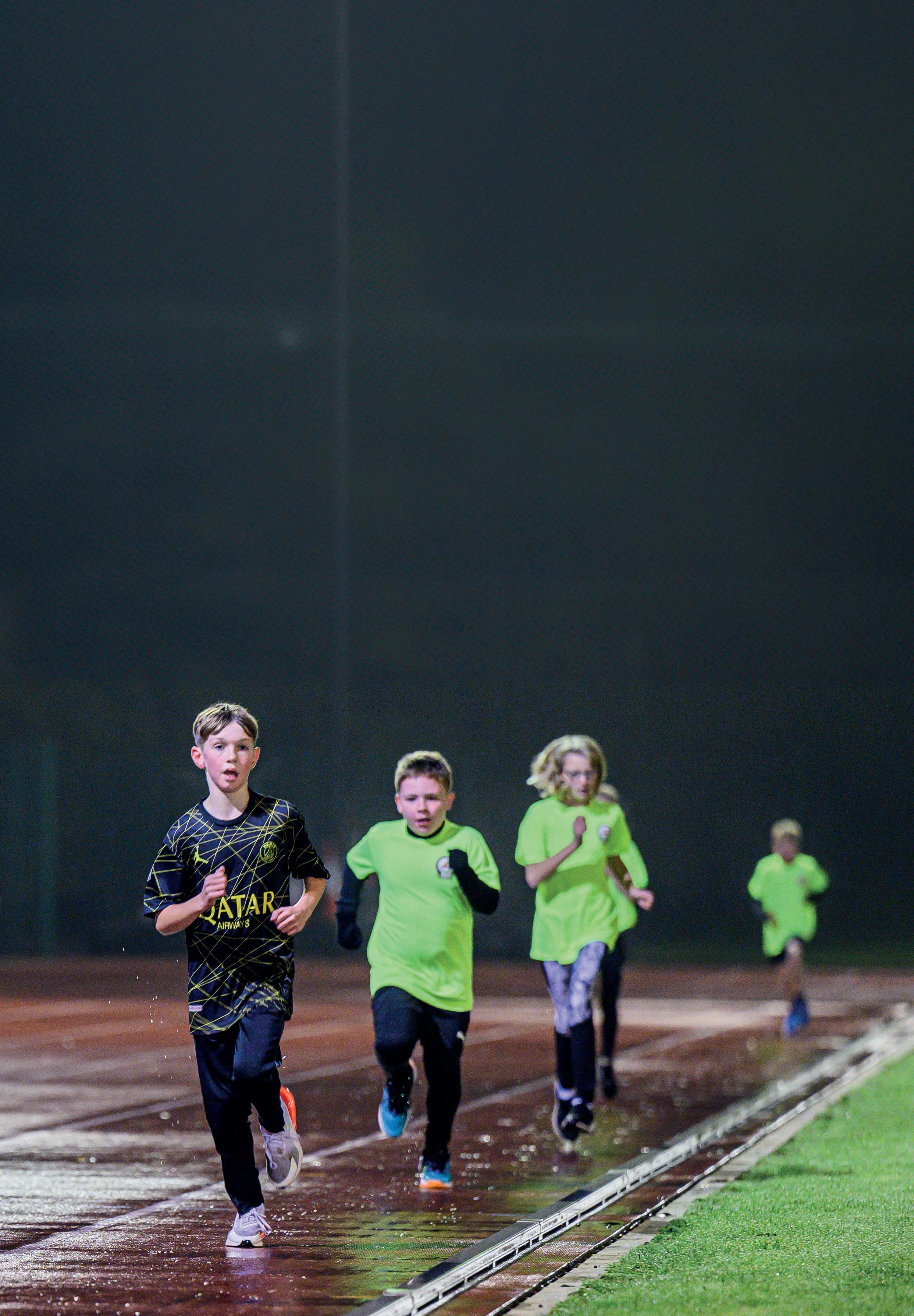
corporate services – including the “behind the scenes” operations, such as the political work – I was less well-versed. It was a steep learning curve, made even steeper by the COVID-19 pandemic.
I think my career journey has put me in a really good place. It has certainly resulted in me knowing sportscotland and its partners really well. I had built a good network across national governing bodies and local authorities and understood the work they do.
You replaced Stewart Harris, who retired after 16 years in the role. How was it to take up a post that someone had held for so long?
I worked really closely with Stewart during my time as COO and when he decided to step down, in the summer of 2022, we began working together even more closely in a number of areas. It made for a really smooth transition and Stewart was very generous with his time, support and help. As a result of that support, I never felt pressure over the fact that Stewart had been in the role for so long and done such an amazing job, while I was the “new kid on the block”.


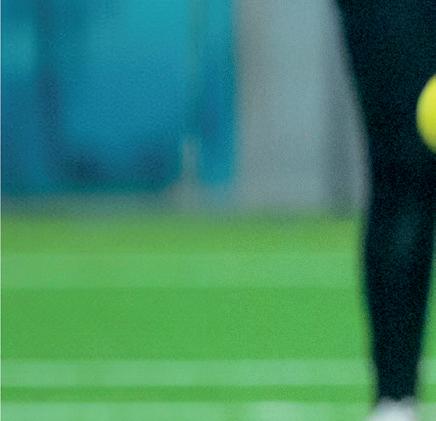




There is a big focus on tackling barriers faced by young people wanting to take part in sports
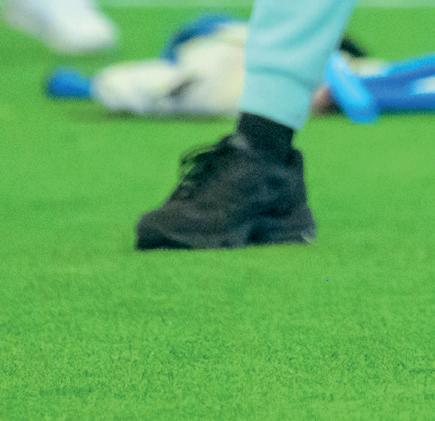


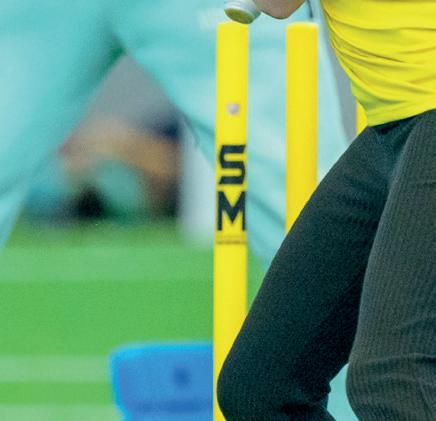

What does the picture look like, when it comes to physical activity levels in Scotland?
The data tells us that physical activity levels have been pretty static for more than 10 years. Given all the financial pressures we’ve seen in that period, the figures can be looked at either through a glass half-empty or a slightly more positive lens. The thing to recognise is that, worldwide, the trend is very similar – so we definitely aren’t alone in having static levels.
However, I do think there’s a slightly more worrying trend sitting behind the data, which suggests that health inequalities, in general, are getting worse. So while statistically there might not be much of a change in activity levels, we know that those living in areas of deprivation and those with long-term conditions are increasingly less likely to be physically active.
There’s an often quoted stat about Scotland, which is that there is a near 25-year gap between the life expectancies of those living in the most affluent and the most deprived areas of the country. The challenge for us – and the wider health sector – is to find ways to narrow that gap and tackle those inequalities.





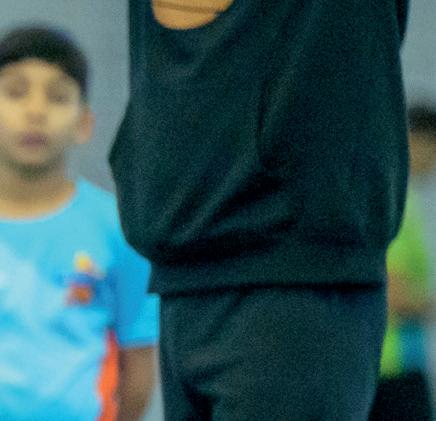
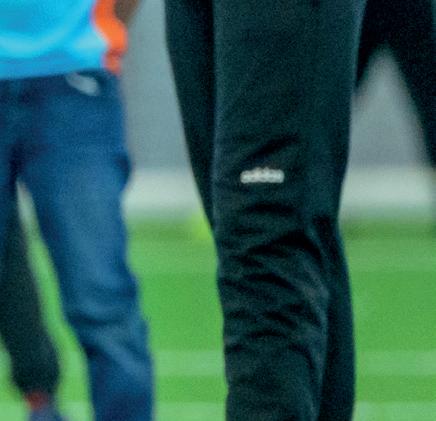
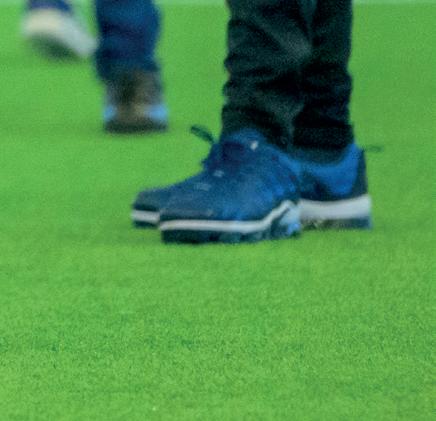

There has been some really good work done recently by Public Health Scotland, which looked at a systems-based approach to physical activity. We know that sport is one very important component of a physically active nation, but what you need is all strands of that systems-based approach to be working together, if you really want to make a populationwide difference. So there’s work to be done – particularly in reaching the people living in the most deprived areas of the country.
How do you plan to tackle the barriers that exist for people to get active in Scotland?
We’ve identified three critical areas. One is facilities, the second is people (and the volunteers within that) and the third is the cost barriers faced by people wanting to take part. You can look into each one of those and find hundreds of different lines and detail that need to be considered, but those three areas are the ones we are targeting our efforts on – as well as highlighting in our messaging. All three are very much at the front of mind when we plan our programmes, investments and overall progress.
Our mission is to help the people of Scotland get the most from the sporting system – whatever their level or experience PHOTO:
Facilities
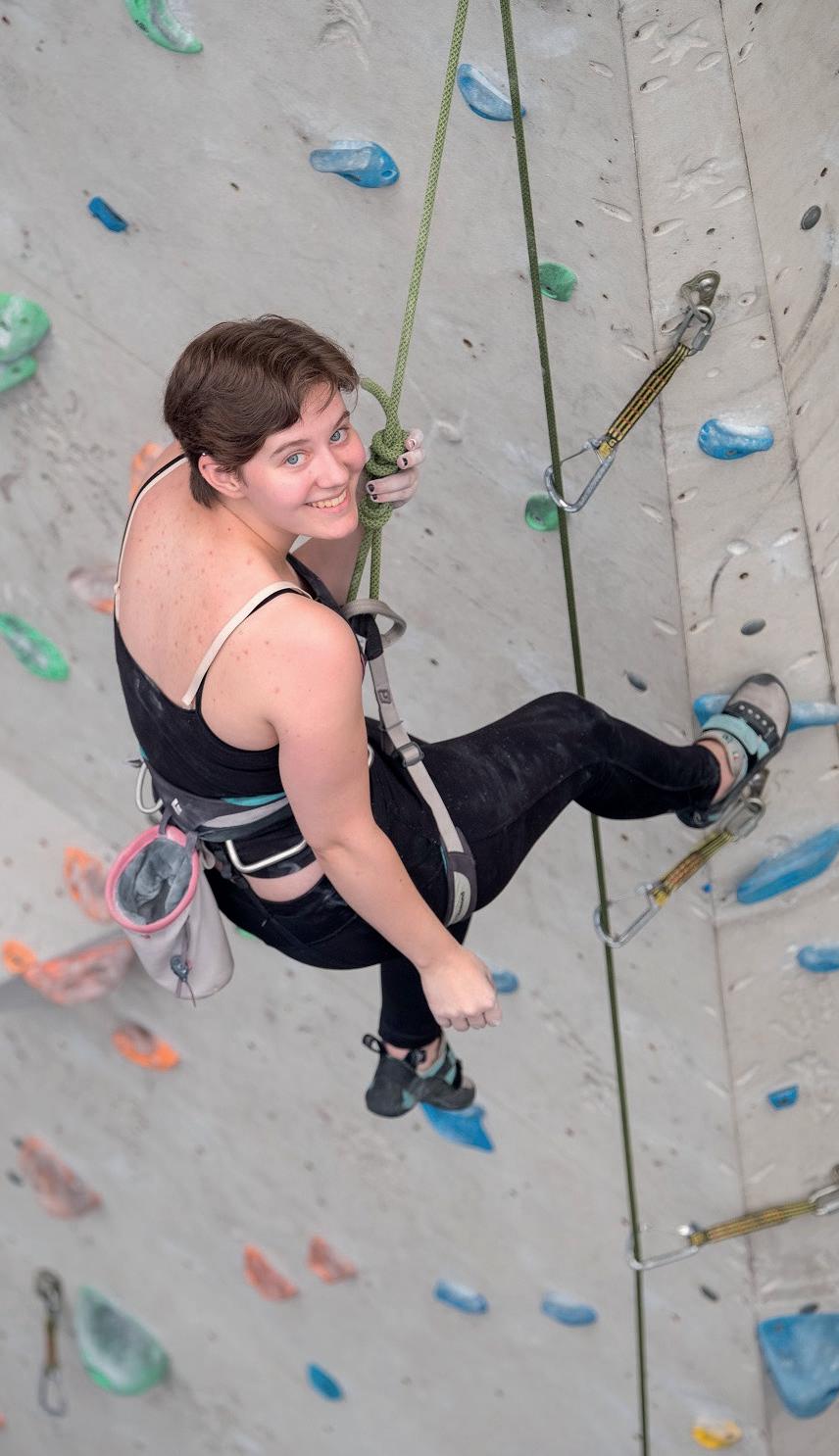
Sport for Life, your 10-year strategy, was published in 2019. We’re now half way through – could you outline its main aims?
The vision of Sport for Life is to have an active Scotland where everyone benefits from sport. To help us deliver the many benefits of sport to everyone, we’re guided by six key principles. These are to be inclusive, accountable, responsive, person-centred, collaborative and world class. Sport for Life is actually based on that systemsbased approach as it recognises the importance of all three main areas of sport – school and further/higher education sport, clubs and communities and performance sport. The strategy itself is then underpinned by people and places and we recognise that you need to take that systematic approach to developing sports.
It’s our view that you can’t just go “all in” with school sport, with clubs or with performance sport. They all complement each other and promote each other. This is reflected in our mission, which is to help the people of Scotland get the most from the sporting system – whatever their level or experience.

Sport for Life mentions “fantastic facilities” in relation to achieve your goals. What are the priorities when it comes to facility investment?
We are now in the middle of a national review of sports facilities in Scotland. The review will look at all facilities – from schools to community venues – which will give us a realtime picture of what’s out there and what the lifespan of the existing facilities will be.
In some ways, that will be the “easy bit”, to capture the first tranche of information and paint an up-to-date picture. But as part of the process, we will also need to look at the investment that has been made over the last few years into the facility estate, so we’ll also have a picture of
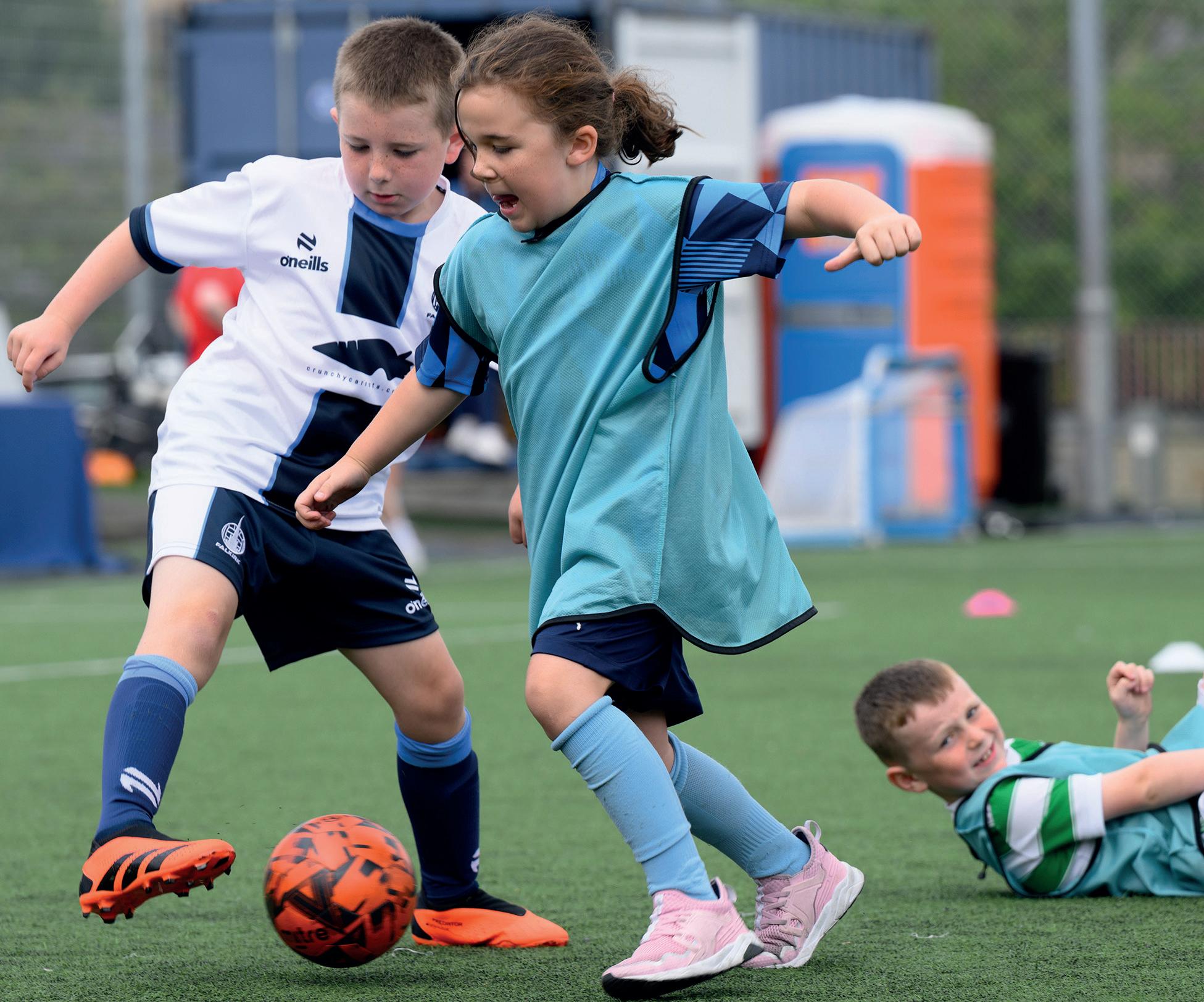
what has actually changed. Because it’s easy to focus on buildings that are closing, or focusing on maintenance bills that are growing, without recognising some of the investments and additions that have happened to the estate.
The hardest bit will come after that first stage, which is to decide what we need to do going forward. It’s one thing to say ‘this is what we’ve had available during the past 20 to 40 years’. But the world has moved on. Local planning has changed, the way people live and move has changed and the way people exercise has changed.
We have to adapt too and the hard bit will be to predict what the estate needs to look like over the next 10 to 20 years. What types of facilities should we be supporting? That’s why we’re working with local partners to see what their particular needs are.
In terms of investment, through our Sports
Facilities Fund (SFF) we invest around £2m a year in community facilities – with a particular focus on areas of deprivation in order to tackle inequalities. The investments we make also unlock funding from other sources. This means that, in 2023 alone, our SFF investment of £2.4m led to a total investment of around £20m. So while we might be a relatively small contributor to facility developments, by putting some money into them – and importantly, bringing our expertise into the process – we can really add value.
We also have a Cycling Facilities Fund, which is an £8m programme that was put together ahead of the UCI Cycling World Championships in Glasgow in 2023. The pot was set up with the recognition that we’re hosting a great championship with great potential to create a lasting legacy. The fund was set up to ensure we could maximise the positive impact.
There are increased cost pressures on local authorities and other sports facility owners and operators
Then there’s our third major facility investment strand, which is the £15m Transforming Scottish Indoor Tennis Fund (TSIT). Half of the money comes from sportscotland and the other half from the LTA. So far, TSIT has resulted in the opening of two centres – Oriam, a six-court venue in Edinburgh and Moray Sports Centre in Elgin, which has four courts. A third one will open in Dumfries in 2025.
On a general level, we recognise the challenges that our local partners face and the pressures on the facilities they own and operate. There is very little capital investment for new facilities and also continual pressure on maintenance budgets and running costs. We know from the conversations with our local partners that we also have an ageing facilities stock. That’s where the national review will come in, to help guide our planning.


In July 2023, Scottish Sports Minister, Maree Todd, published a strategic guidance letter for sport. It identified tackling inequalities as a key priority. How have you been doing on that front?
Tackling inequalities is at the front and centre of all our planning. We recognise that it is really important to acknowledge and understand the inequalities that exist. If you do that, you can then start to communicate and educate people about them.
We spend a lot of time and quite a bit of resources in putting on training and leadership opportunities for people working in sport. A lot of the content focuses on understanding the demographics of Scotland and the diversity of its local communities – and is all backed up by data and insight. This is because, from a sports delivery point of view, we will be ever more reliant on club and community groups led by volunteers. It means that we need to make it as easy as possible for volunteers to become successful leaders on inequality.
The best work we see is where club and community groups truly know and understand their communities and those who live in them.
They know their members and engage them, while making sure their club or group is open and accessible to them.
For me, that is the longterm solution to getting every part of the nation active. Having local clubs and groups – as well as schools, which are a critical part of the equation – who understand their communities and have the skills and the insight to successfully engage with them and invite them to take part in activities.
Could you outline sportscotland’s overall priorities over the next two years?
Our future plans are driven by our commitment to a systems-based approach, which recognises the importance of our three main areas – school and education, clubs and communities and performance sport. We will continue to invest in facilities and people, both the professional and volunteer workforces. Within that, I am particularly focused on club and community sport and the volunteer network, because of the cuts and the pressures sport faces at a local level. It wasn’t that long ago that we had teams of sport-specific development officers in local authorities across Scotland. Those are now gone, as cuts have removed a lot of the people and infrastructure.
We are now increasingly reliant on volunteers and the challenge for us is now to find the most effective models to get investment and support to volunteers and clubs – and that isn’t easy to do.


The £8million Cycling Facilities Fund (CFF) was established to build on the growing interest in cycling by developing a network of accessible facilities to encourage people of all ages to ride bikes and enjoy the sport. The fund, administered by sportscotland and Scottish Cycling, has helped to provide accessible community and club facilities that inspire new and existing cyclists to make cycling a sport for life.
It will also deliver a tangible benefit as part of the wider policy objectives from hosting the historic event, when 13 existing World Championship cycling disciplines were brought together in one event for the first time. The investment has been made possible through a £4million commitment from Scottish Government and £4million from sportscotland through National Lottery funds.
Around £6.5m has been invested in 46 facilities through the CFF, and when contributions from local partners to deliver the projects are factored in, over £13million has been invested in cycling infrastructure through the fund so far.
At £15million, TSIT is the largest capital investment programme in the sport’s history in Scotland and the aim is to create more and better opportunities to play tennis all year round. The fund is made up of £7.5m from sportscotland (through National Lottery funding) and £7.5m from the LTA.
The Oriam Indoor Tennis Centre was opened to the public in December 2023 and officially opened in February 2024. The six-court facility cost a total of £4,497,020, with sportscotland contributing £1,505,000 through the TSIT fund.
The Moray Sports Foundation Indoor Tennis Centre was opened in July. The four-court facility in Elgin cost a total of £1,628,993, with sportscotland contributing £558,868 through the TSIT fund.
Sport Facilities Fund (SFF) supports capital projects that help to create or improve places where people take part in sport and physical activity.
24 awards were made last year (April 2023-March 2024). Two of those projects also received supplementary funding. These awards totalled £2,426,938 and enabled investment of £19,714,890.
The demand for raw materials is increasing worldwide and with it the need to use raw materials more e ciently and smartly. It is no coincidence that the European Union aims to create a fully circular economy by 2050
At Schmitz Foam Products, sustainable entrepreneurship runs like a thread through the company strategy. Indeed, circular entrepreneurship is in our DNA. It all started in 1935 in a small village near Roermond (The Netherlands), where the Schmitz family started a transport and construction company. The company soon became known for its unparalleled solutions, innovation and quality. It continued to expand its services in the following years, including a foam waste collection service. At the time, it was very common to burn or dump excess foam and foam residues. But the Schmitz family came up with a way to use the collected foam as raw material for a high-quality new product: shock-absorbing and draining solutions for sports fields and playgrounds. This was the beginning of Schmitz Foam Products.
The continuous loop of giving quality foam a purpose
Today, Schmitz Foam Products is the world market leader in the field of circular shock pads for high-quality artificial turf systems for sports fields, playgrounds and other applications. Our ProPlay shock





pads are made of cross-linked polyethylene foam (XPE) with a closed-cell structure. This foam was originally produced for other applications in, for example, the automotive, packaging and sports and leisure industry or in construction, where high quality and product performance are key. We offer these XPE foam remnants a second chance and prevent tons of foam residues from being sent to landfills or ending up in incinerators as waste every year. At the same time, the start of a continuous cycle is made.

End-of-life ProPlay shock pads are returned to Schmitz and reused or recycled



More than 5,000 full-size pitches with ProPlay shock pads have now been realised, in more than 80 countries. ProPlay’s quality is now well known and frequently documented. ProPlay shock and drainage pads offer safety to athletes, contribute to the experience and quality of play and extend the lifespan of the artificial turf pitch. Our shock pads distinguish themselves in many ways, but one aspect in which ProPlay absolutely stands out is environment and circularity. Because as soon as a ProPlay shock pad is no longer used for its original application, it can always be reused in another sports field or playgrounds. Thanks






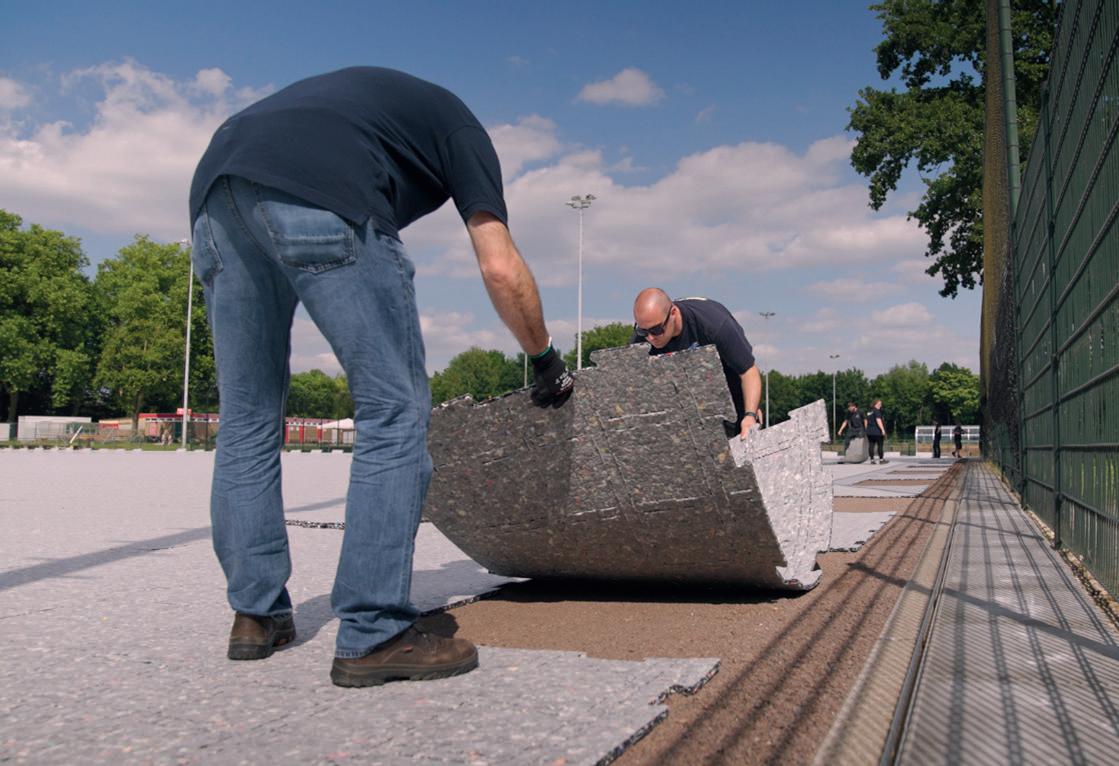
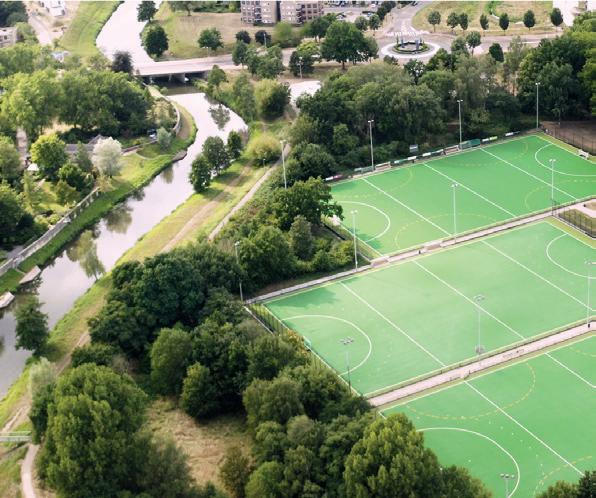


to the use of quality foam, there is virtually no quality degradation. A ProPlay shock pad that is no longer adequate for use in a sports field can still be useful in another application or can be recycled.
We have established a protocol for taking back ProPlay shock pads at the end of their life. The shock pads can be returned to us, after which they are cleaned. This is done in the innovative washing line we realised in 2023. After this, they can either be reused for other applications or shredded, dried and recycled. For example, for the production of new high-quality shock pads. Recycling our own products not only reduces waste going to landfill, but also reduces the use of primary raw materials.
The ability to use foam indefinitely is partly due to the in-depth knowledge and experience we have about polyethylene foam. This knowledge and experience enables and challenges us to keep looking at how we can further optimise our production process and whether we can be even more resource-efficient. The foams we use as raw materials come from Europe’s largest foam producers and processors. We facilitate


Schmitz is a pioneer in foam technology for the use in synthetic pitches
producers who can regularly deliver large volumes with machines and procedures that allow them to shred residual foams themselves. In this way, we can jointly increase the volume per transport and reduce the number of trucks required per transport. Instead of three to five trucks, only one truck is now needed to transport the shredded foam to our site in Roermond. The savings thus achieved for the environment are significant.
The fact that, in addition to foam remnants from suppliers, we can also reuse our own ProPlay shock pads at the end of their life in another application, or recycle them into raw material for new shock pads, makes ProPlay production a completely closed system. From raw material to top-quality shock pad that, once again, can serve as the basis for yet another quality product: Schmitz Foam Products controls the entire chain. This makes ProPlay shock pads the best solution not only for players, but also for designers, builders and administrators who want the environment to win as well. More: https://www.schmitzfoam.com
Football is experiencing a boom period. SportsNation looks at how the football associations of the four home nations plan to grow participation even further
Football is experiencing a boom across the UK, with participation increasing across all four home nations. The growth has been credited to a combination of the successes of the national teams – both men’s and
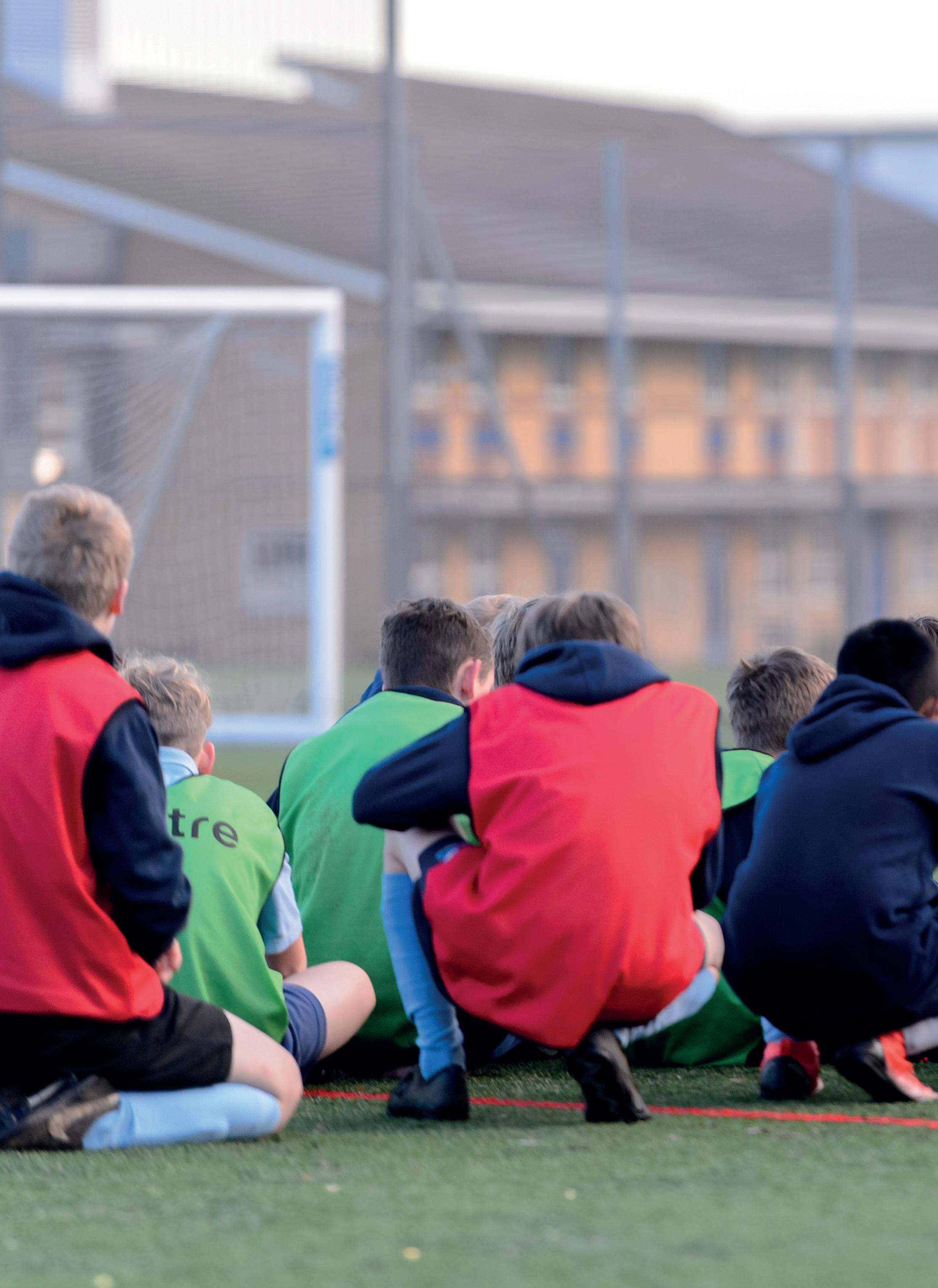
women’s – and well-planned strategies to make the sport more inclusive to all parts of society.
So, how are the individual football associations driving the sport forward and making football more inclusive and accessible to all?
The Football Association (FA) published its strategy for grassroots football in England in March 2021, as the nation was slowly emerging from COVID-19 lockdowns. Titled Survive. Revive. Thrive. – reflecting the challenges the sport faced in the aftermath of pandemic – outlined seven “transformational objectives” through to 2024. These included increasing both male and female participation, improve the club network, enhance grassroots facilities and better support and retain the volunteer workforce.
Perhaps the most impressive of the enhancements and improvements achieved since the strategy’s publication is the growth seen in women and girls’ football. The number of female football teams across England has more than doubled over the last seven years, with the largest increases coming in

the 2022-23 season, when almost 1,500 new teams were registered. The timing is no coincidence – the boom came in the immediate aftermath of England hosting UEFA Women’s EURO 2022 competition – a tournament won by the home nation, the Lionesses.
There had already been an increase of just over 1,400 new teams in the 2021-22 season. Some of the fastest growing regions were Surrey, where the regional football association (Surrey FA) saw the number of teams jump from 177 to 552 and Sussex FA, where the figure went from 162 to 489.
The growth wasn’t restricted to grassroots participation numbers, either. At the elite end of women’s football, professional clubs have seen a huge increase in interest, which has translated to larger crowds and a considerable upward trajectory in revenues.
So much so that, In the first season following the Lionesses’ EURO 2022 triumph, the aggregate
club revenue among the Women’s Super League – the top flight of women’s football in England –was more than double the total generated in 2020-21. The uplift in the 12 WSL clubs’ revenue (£4m in 2022-23, up from £2.7m in 2021-22) could largely be attributed to the improvement in commercial and matchday revenue, increased distribution for English clubs playing in UEFA competitions, and an uptick of income from a club’s corporate group. As clubs across the league mobilised to increase the use of their main stadia and enhanced their matchday offerings attracting average attendance of 5,616 (up nearly 200% on the previous season’s average of 1,923).
Baroness Sue Campbell, the FA’s director of women’s football, says: “The power
football has to change lives has been opened up to a brand new generation of women and girls over this historic period.
“Much of the transformational growth we have seen over the last few years has been spearheaded by our trailblazing Lionesses whose success in the home EUROs gave us an unprecedented chance to change the future of the game forever. The legacy of their victory has transcended society, turning inspiration into participation with more women and girls stepping forward to play, whilst leaving the game in a better place for the generations to come.
“As we look ahead to the future, the priority is to make the game accessible to all women and girls, so that no matter their background or circumstance, all can access the benefits


Facilities are now increasingly being designed with the needs of girls in mind

of football and the opportunities it can bring. Great strides are being made within this area, but change will not happen overnight and there is still a huge amount of work to do.”
Another of the strategy’s priority areas in which there has been significant development is facilities. The strategy included a pledge by the FA to improve the quality of football pitches in England – including a specific target of 5,000 “new, good-quality pitches” being added by 2024. In total, the FA outlined plans to invest more than £180m into grassroots football over the four seasons of the strategy.
A key role in the improvement of facilities is played by the Football Foundation. Over the past 20 years, the foundation has helped deliver projects worth nearly £2bn. Working together with the FA, the English Premier League and the central government, the foundation has published strategies for both natural grass pitches and 3G facilities. In total, the plan is to improve 20,000 grass pitches and develop 1,000 3G facilities over the next 10 years.
“Through our Local Football Facility Plans we know exactly what every community in England needs and deserves,” says Robert Sullivan, Football Foundation CEO. “From new 3G pitches
and PlayZones to clubhouses and improved grass pitches, we are investing over £100m every year into the grant funding of clubs, schools, community groups and local authorities.”
Sullivan also emphasises how the success of the national teams – both women’s and men’s – can create a legacy, but only if there are plans and facilities in place to accommodate those looking to take part.
“Legacy as an aspiration off the back of elite success is a strategy of hope alone,” Sullivan says. “It must be aligned to a well resourced and executed plan.
“Compare and contrast London 2012 – with so much spoken of generational inspiration, but a limited pull through in terms of a co-ordinated plan to deliver a genuine change in sporting participation –with the Lionesses’ Women’s EURO 2022 victory. Since that victory women’s and girls’ football has doubled in size and is projected to be larger in scale than adult male 11-aside football by 2030.
“That’s phenomenal growth – but it has happened because elite success coincided with a well-considered, and well-resourced plan by The FA for the women’s and girls’ game at all levels. Young girls are being provided with the places to play and the coaches to support them to ensure their Lioness-inspired excitement transitions into a love of playing the game for life.”
The Football Association of Wales (FAW) published its first grassroots football strategy –Enhancing Lives Through Football – in March this year (2024). The six-year strategy outlines FAW’s plans to grow and develop the game to 2030, focusing on the people who deliver community football on and off the pitch, increasing participation at all levels, improving behaviours and enhancing accessibility to the game.
With a mission of creating stronger, healthier & connected communities, the strategy identifies six strategic goals, which are focused on people, players, clubs, leagues, behaviours and facilities. The goals are:
1. Grow, support and develop the people who deliver community football on and off the pitch.
2. Develop inclusive and sustainable football clubs that enhance the lives of their community.
3. Take positive action to improve behaviour and eliminate abuse & discrimination in football, creating safe, welcoming and positive environments.
4. Work in collaboration with Area Associations to develop modern and flexible leagues that meet the future needs of community football.
5. Provide new targeted participation opportunities to grow and retain the number of people playing football.
6. Ensure everyone has access to quality, inclusive and sustainable facilities.
To help achieve the goals, the FAW will look to leverage fresh investment to support growth. For example, it will support clubs to secure new local funding to help deliver their development plans. FAW will also proactively engage key stakeholders – such as UEFA, FIFA, national and local governments and Sport Wales – to increase funding available to community football.
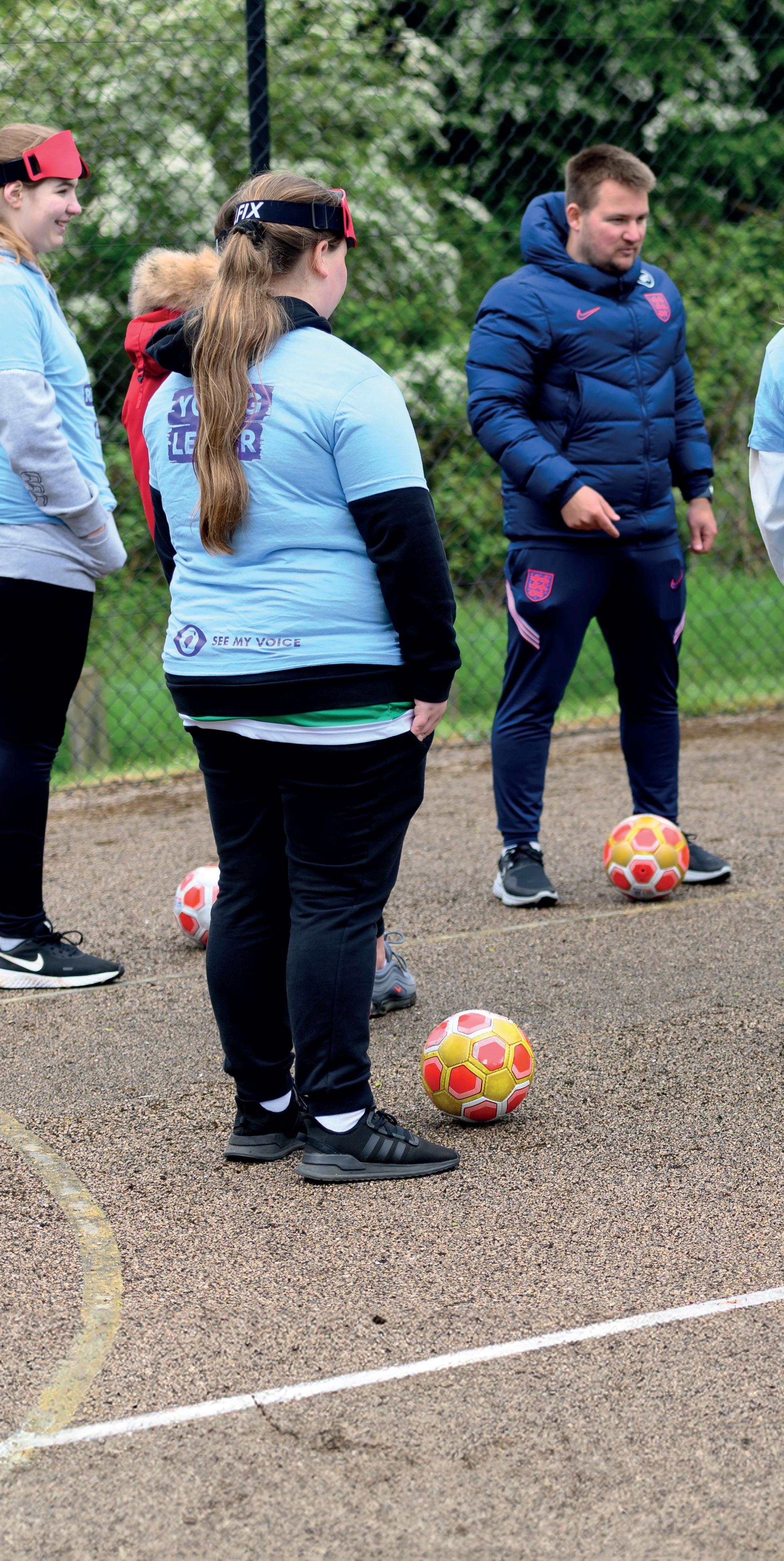
To help with this, FAW will look to demonstrate the value the funding creates through improved social return on investment measurement.
To help track its progress and achieve meaningful improvements, FAW has set itself a series of success measures. These are to:
l Double the number of ‘off pitch’ volunteers
l Double the number of coaches who are women and/or from an ethnically diverse background
l 20% increase in the number of grassroots matches officiated by a qualified referee
l 100% of clubs to have a club development plan
l 50% increase in the number of girls playing aged 5-11 years
l 50% reduction in players aged 12-17 leaving the game
l Double the number of registered adults playing recreational football
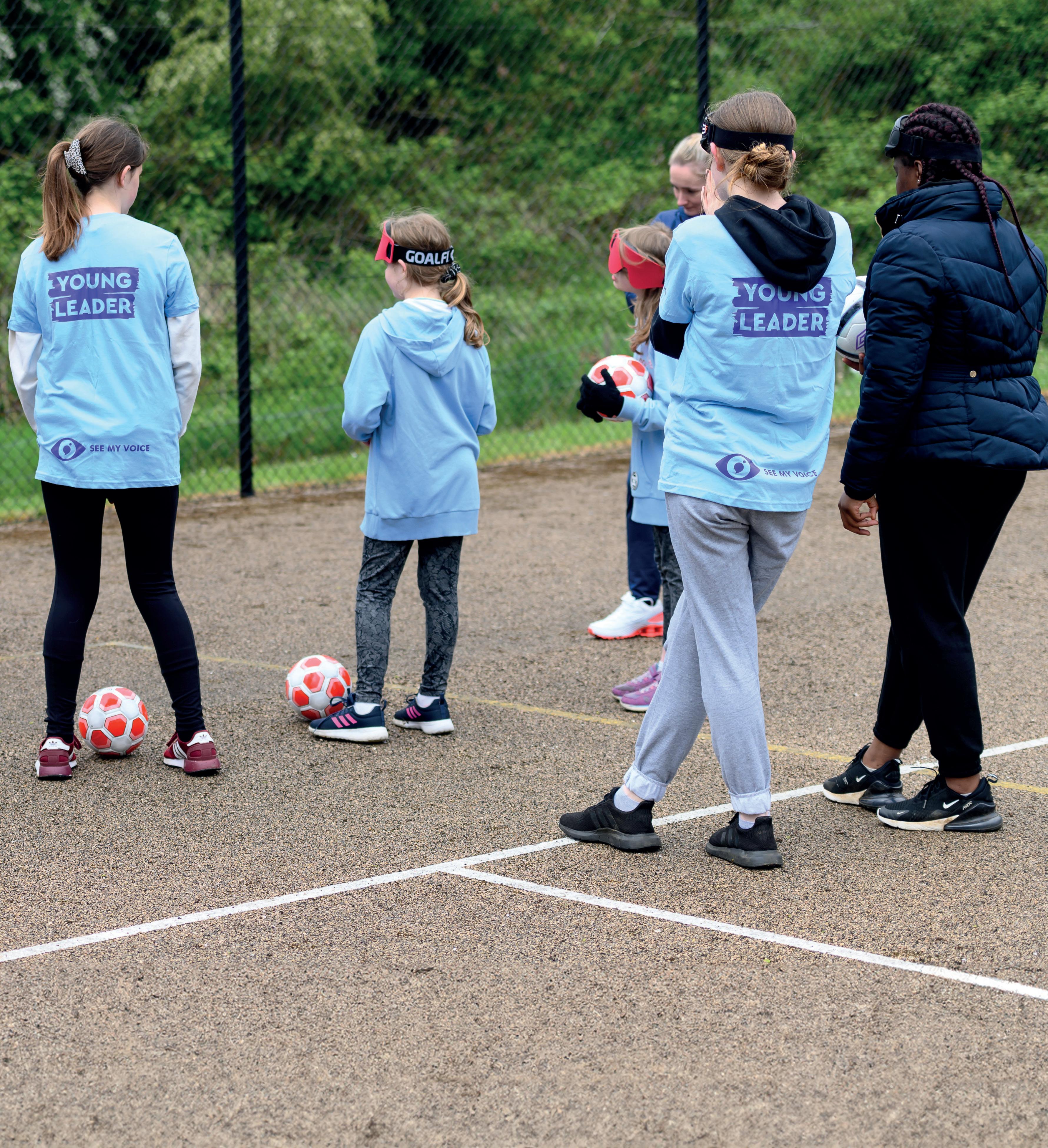
Under the strategic goals are five enablers covering communications & marketing, digital products and technology, strong partnerships, data and insights, and new investment.
Ben Field, FAW Head of Grassroots Football, says: “Through this six-year strategy we will create stronger, healthier and connected communities. We will do this by developing people, growing participation, creating strong, sustainable and inclusive football clubs. We also want to see modern and flexible leagues with improved behaviours on and off the pitch.
“We have a team of seven Club Developers based within the six regional Area Associations. Their primary responsibility is to support clubs with their ‘off pitch’ requirements e.g. facility development, volunteer recruitment, retention and development, and governance improvements.
There are now more opportunities than ever for those with disabilities to play football
“Clubs are also able to access a library of online resources from the FAW ‘Clwb Cymru’ platform. Free digital resources providing guidance on any number of club related matters including attracting and retaining volunteers, facility management and development, engaging better with the local community and legal governance, amongst other topics.”
Different formats can be used to cater for players of all abilities and ages
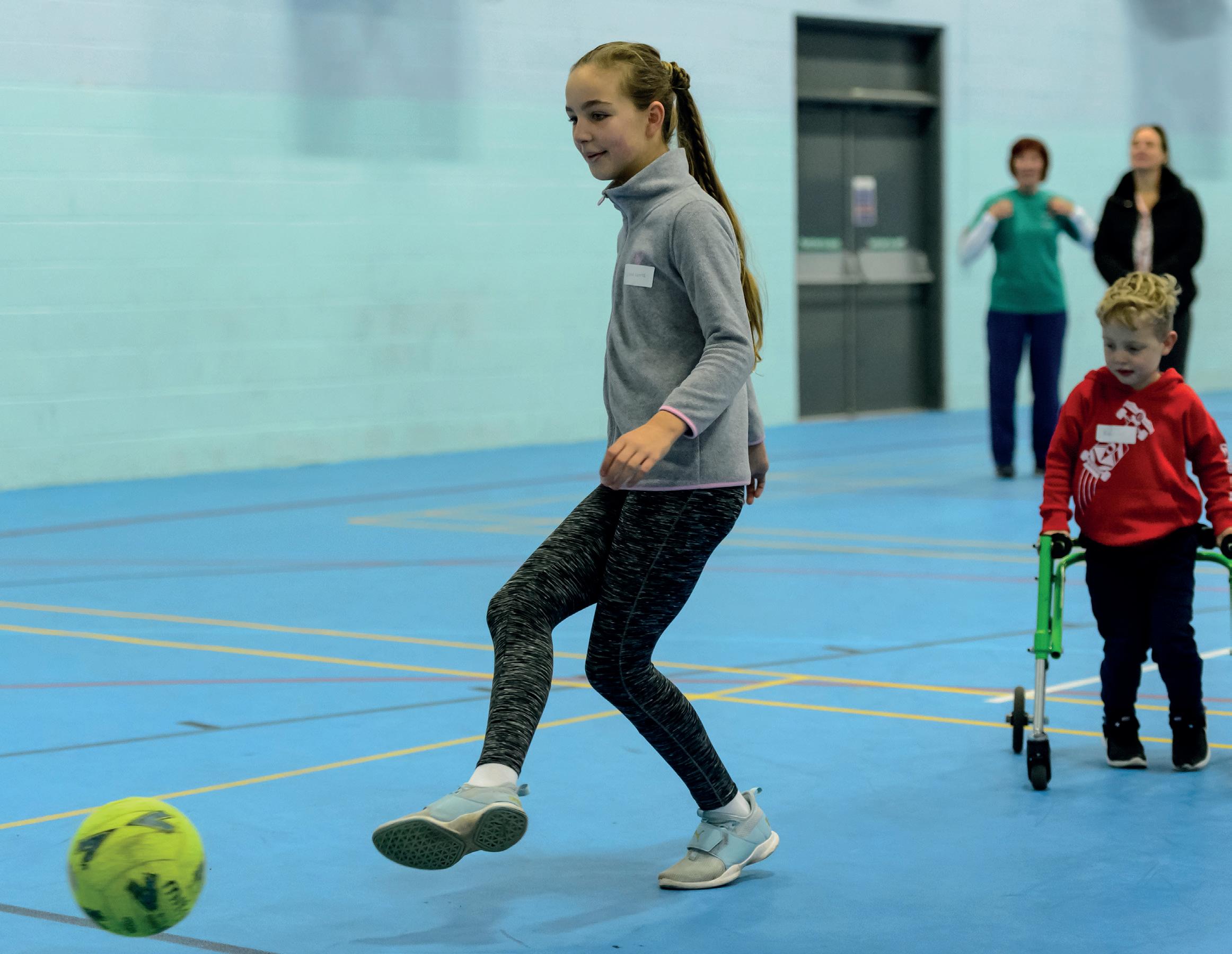
We will invest financial and human resource into supporting our grassroots game to collectively deliver ‘Football for All’
The Scottish FA’s vision is to harness the power of football and to use it to inspire the nation, transform lives, increase participation at all levels and build a united and successful national game. Its grassroots strategy, titled Football For All, covers the years 2022 to 2025 and is part of the SFA’s larger strategic plan, The Power of Football, launched in May 2021. Power of Football lays out plans to improve the national game at all levels up to and including the FIFA World Cup in 2030.
Produced in conjunction with UEFA Grow, Football For All is focused on removing the barriers that individuals can face to participating in organised football. The strategy is based on four ambitious ‘game changer’ objectives. Each ‘game changer’ has been purposefully identified to support increased participation by widening opportunities, reducing inequalities and removing barriers. Each of the four game changer objectives has a clearly defined, intended outcome, which the SFA hopes to reach by 2025. The four areas and outcomes are:



SPORTS HALLS I PADEL CLUBS I TENNIS CLUBS CANOPIES I FOYERS I CLUBHOUSES



Especially for artificial turf sports grounds: The Trocellen XC & XC Plus series includes high-quality shock pads made of closed-cell, chemically cross-linked polyethylene foam. ProGame shock pads are delivered in rolls of 2-meter width and tailored length to meet the requirements of the field. The combination of the unique XC-punched polyethylene foam guarantees excellent drainage properties, quick and easy installation, and very high dimensional stability. The wide range of thicknesses (6 – 14 mm) and densities (30 – 90 kg/m³) caters to the requirements of a variety of sports.
Talk to our friendly and professional advisers - we can guide you on the best options from a range of solutions. Our local supply chain and experienced, reliable teams make us quick and responsive. We are also completely flexible: you can hire or purchase (or switch whenever you like) and you can off-hire at any time. We do everything - temporary and permanent structures, building only to turnkey solutions.

TROCELLEN ProGame Shock Pads
smart-space.co.uk
TROCELLEN GmbH | Mülheimer Straße 26 | D-53840 Troisdorf T +49 2241 2549 000 | F +49 2241 2549 099 | progame@trocellen.com
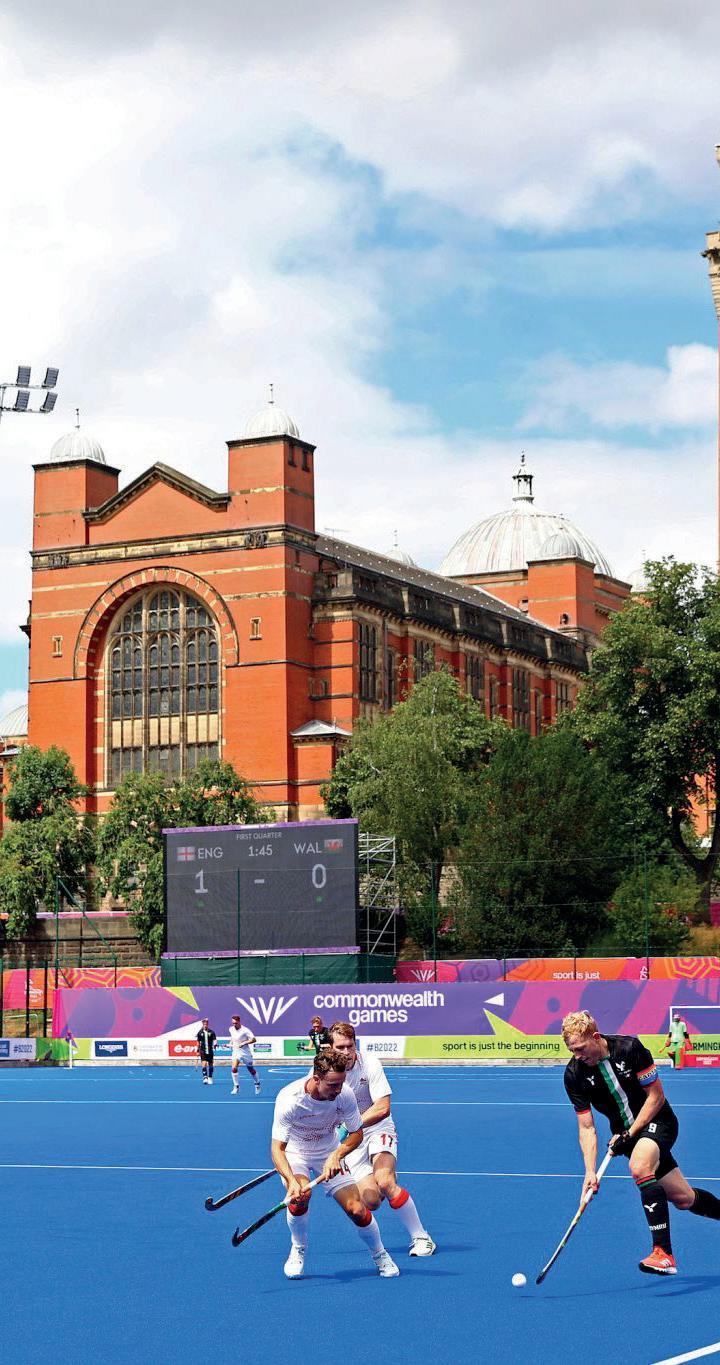
Talk to the team: 0808 250 6671
jason@smart-space.co.uk

Take a look at our references https://progame-shockpads.com
TigerTurf UK manufacture industry leading, high quality synthetic sports surfaces for schools, clubs, and communities.
Ensuring that every playing field we create is a testament to our commitment to excellence. With a track record of innovation and a dedication to pushing the boundaries of what synthetic sports surfaces can offer, TigerTurf UK stands as a pioneer in the field.
UKinfo@tigerturf.com // 01299 253 966 // tigerturf.com/uk
continued
Empowering football clubs to become sustainable, adaptable and community-focused
Outcomes: Empower clubs through the creation of a Volunteer and Professional Workforce Development Programme and provide focused support to the network of community football clubs. The delivery of an accreditation programme that recognises, motivates and rewards ‘Football for All’ focused clubs and celebrates their contributions through an award scheme.
Improve access to quality community football spaces

Create a diverse and inclusive grassroots football community
Outcomes: Conducting a national infrastructure audit to improve community football space insight. Using data & insight – including UEFA Social Return on Investment (SROI) model – to influence policy and improve access to affordable, quality community football spaces. The creation of a sustainability strategy to enable clubs to share best practice, minimise environmental impact & maximise resource. Provide bespoke support and resources on the planning and development of football infrastructure projects.

Outcomes: Support the creation of a Para-Football Strategy and deliver the SFA’s strategy for girls and women’s football (called Accelerate our Game). Deliver a baseline demographic audit for grassroots football to allow our clubs to better understand their communities. Connect with key stakeholders to promote a more equal, diverse and inclusive culture
Provide a person-centred and inspiring football participation offering
Creation of community club-based recreational opportunities to complement match activity and promote ‘Football for All’ within primary schools. The creation and implementation of a ‘Let Them Play’ positive environment campaign.
In addition, the Football For All strategy is underpinned by four values – unity, equality, respect and belonging – which have been designed to shape the behaviours and actions of the grassroots community.
The Scottish FA says it will act as an “enabler and facilitator” in supporting the strategy into 2025. “We will invest financial and human resource into supporting our grassroots game to collectively deliver ‘Football for All’,” the SFA says. “Our investment decisions will be data- and insight-driven, to ensure our resources are used most effectively and efficiently and football’s needs are met. We will also look to improve our insights through an enhanced club engagement programme. Delivering on a series of stakeholder consultations we will continue to learn and understand the needs of our clubs to provide the most impactful support.”
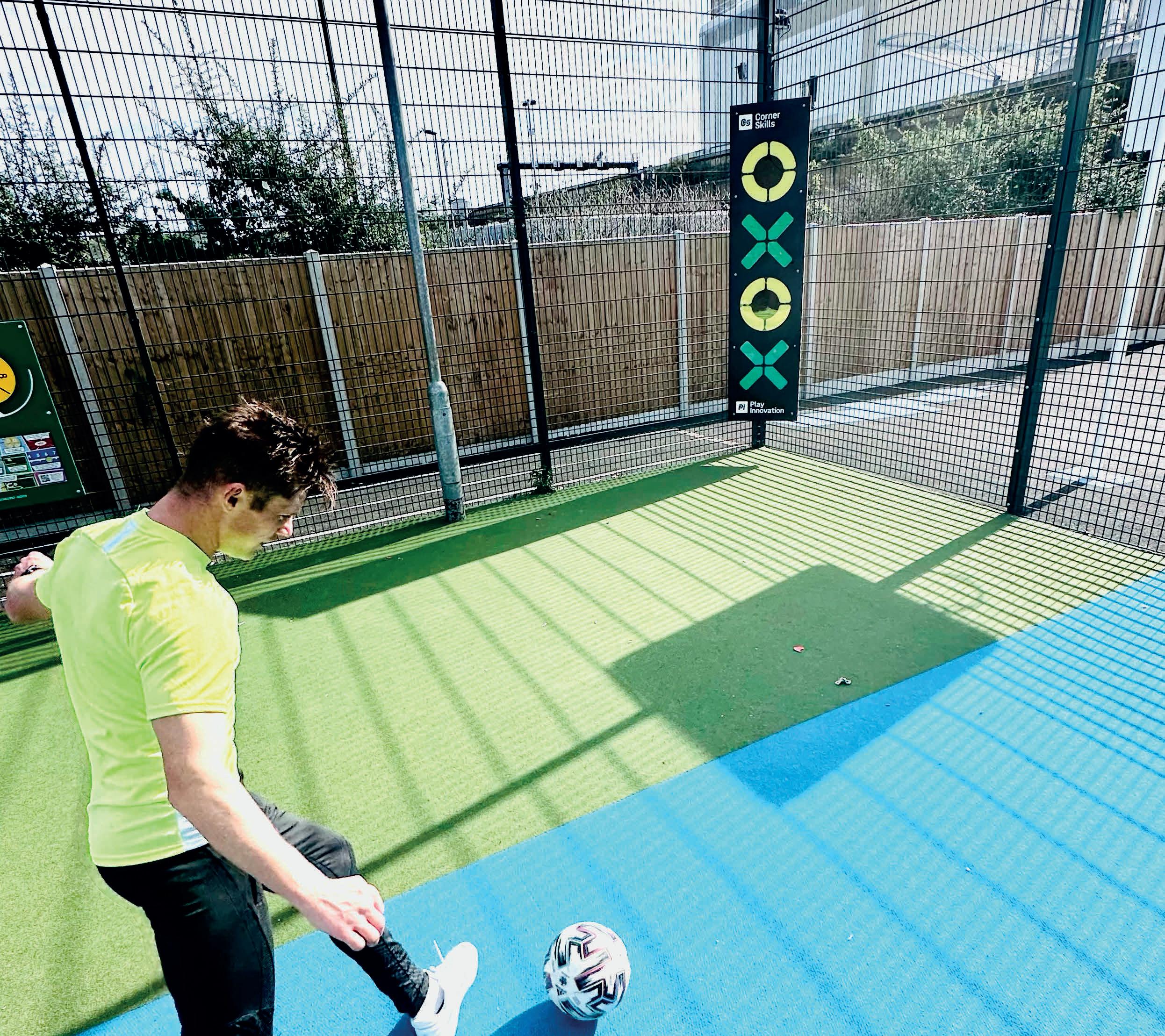
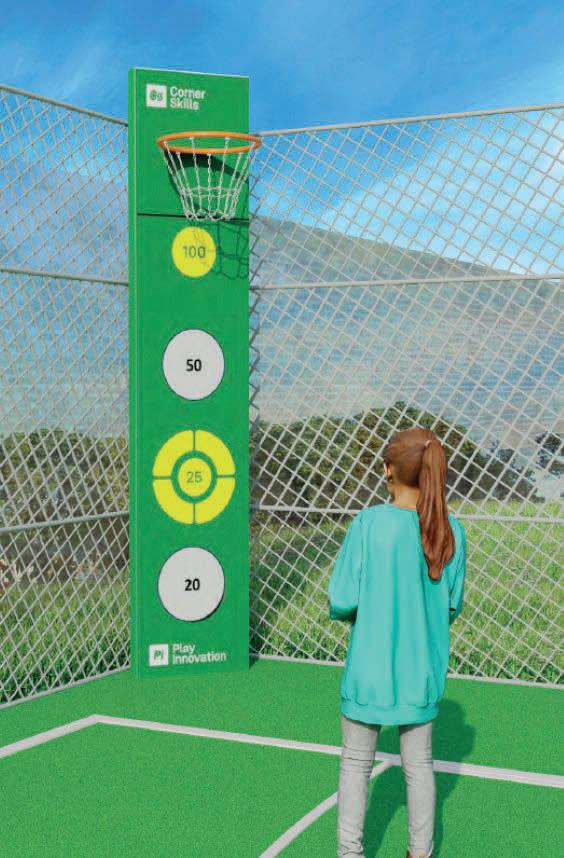
One of the reasons women and girls football is thriving is the realisation that female players have specific needs when it comes to facilities. Those needs are increasingly being met, as plans for new and redeveloped facilities now often include specific provision to make them inclusive to women and girls.
The Football Foundation, which funds facilities across England, has provided a useful Community Engagement Toolkit for those clubs and facility providers who are looking to make their venues and activities more accessible.
Among the key points highlighted in the guidance include:
l When co-designing activities with women and girls, make sure you understand the motivations for being active at your facility.
l If working with faith-based groups that require female-only activities, work with them to identify practical ways of ensuring activities are safe and secure.
The Irish Football Association (IFA) – the sport’s national governing body in Northern Ireland – is now in the second year of its five-year corporate strategy. Covering the years 2022 - 2027 and titled A Roadmap For Football, the strategy covers all aspects and levels of football across Northern Ireland, from improving performance and participation levels to improving facilities, generating revenue, engagement, women’s and girls’ football and corporate social responsibility.
The document outlines more than 30 strategic objectives and covers over 100 actions. The targets which the association is aiming to meet over the five-year period are outlined in seven strategic pillars – participation, performance, facilities, revenue, engagement, women’s and girls’ football plus corporate social responsibility and sustainability. The pillars are supported
l For many women and girls, the social connection at sports activities is as important as being active.
“We’re investing more money than ever to create amazing places for everyone to play,” the Football Foundation says. “We want these facilities to be designed with women and girls as a forethought, not an afterthought. We’re committed to delivering facilities that provide equal access to women and girls playing football across the country, by ensuring every Football Foundation applicant makes the same equal access commitment.”
l The community engagement guide can be accessed here: www.footballfoundation.org. uk/cet-priority-groups-page/women-girls
l If you are planning a football facility project, be sure to use a SAPCA member. The association’s 240+ members are carefully vetted for excellence and are committed to SAPCA’s Codes of Practice and guidelines – ensuring they work to the highest standards. For more info, visit: www.sapca.org.uk

by four “enablers” – people and operations; governance and regulation; performance and tracking; and data analysis and insights.
Patrick Nelson, IFA’s Chief Executive, says: “The targets contained in the seven strategic pillars and four enablers set out what we want to achieve. When drawing the strategy up, we consulted widely with stakeholders from all aspects of the football family across Northern Ireland. We staged up to 50 strategy workshops and working group meetings and held several discussion forums with the stakeholders.”
One of the key strategic pillars is facilities and the IFA has outlined clear targets for itself. These include building an international-class training and development centre and delivering at least three Category 3 UEFA stadia. There is also a commitment to ensuring playing surfaces are consistently high quality to facilitate enhanced performance and to support “ambitious clubs” who wish to progress

Every pound generated by the Irish FA goes straight back into supporting football in Northern Ireland –from grassroots to elite level

through the football pyramid in Northern Ireland – while ensuring continuous improvement and availability of facilities at the everyday game level.
When it comes to participation numbers, the IFA wants to see 100,000 young people and 50,000 adults regularly participating in football by 2025.
“Our role is to encourage participation at all levels, from all communities and from every corner of the country,” the IFA says. “Some may make a career out of football. The vast majority, however, will play simply for the love of the game and the health, fitness and general wellbeing qualities it brings.”
To help hit its targets of increasing participation and improved facilities, the IFA looks to increase the amount of money it is investing into the sport. In order to do this, it is looking to generate revenues in excess of £100m over the strategy’s five year
period. As part of plans to increase income, the IFA is working towards establishing the National Football Stadium at Windsor Park as a premium venue for conferences and entertainment events and optimise the international match ticketing strategy. There have also been an increase in commercial partnerships and retail opportunities, while ongoing work seeks to identify new revenue streams and protect existing ones.
“Every pound generated by the Irish FA goes straight back into supporting football in Northern Ireland – from grassroots to elite level,” the IFA says. “Simply put, growing revenue means growing the game. To do this we will explore new commercial developments and opportunities, maintain existing partnerships and seek new ones, all while continuing to run the organisation in an efficient manner.”
A look at the latest news making waves across football at grassroots level

Innovation: non-infill synthetic surface
TigerTurf has created a durable, noninfill synthetic sports surface that offers performance and player comfort. Developed with unique fibre combinations, the new Pure PT surface is soft to the touch without compromising player stability, ball roll or grip.
The fibre density, shape and length of the yarn guarantee a longer lifespan compared to traditional football surfaces. One of the first installations of Pure PT has now been completed in Norway.
“We’re excited to share that Pure PT is now in use at sports club Fet IL in Norway,” a spokesperson for TigerTurf said. “Pure PT is a 100% non-infill turf and is designed to offer exceptional player comfort while demonstrating remarkable durability and playability.”
Atle Søgård, General Manager of Fet IL, added: “We are very satisfied with our new non-infill football pitch. The players think the pitch feels very similar to good quality natural grass and the ball behaves very well.”


Could cork infills be the future of 3G pitches?
As the sports industry shifts toward sustainability, Amorim Sports, a company from the Amorim Group, is leading the charge with cork-based infills, a natural, renewable, and recyclable alternative that meets the highest standards of performance and safety. Cork, harvested from the bark of cork oak trees without harming them, offers a range of benefits over synthetic options. Not only is it 100% natural and free
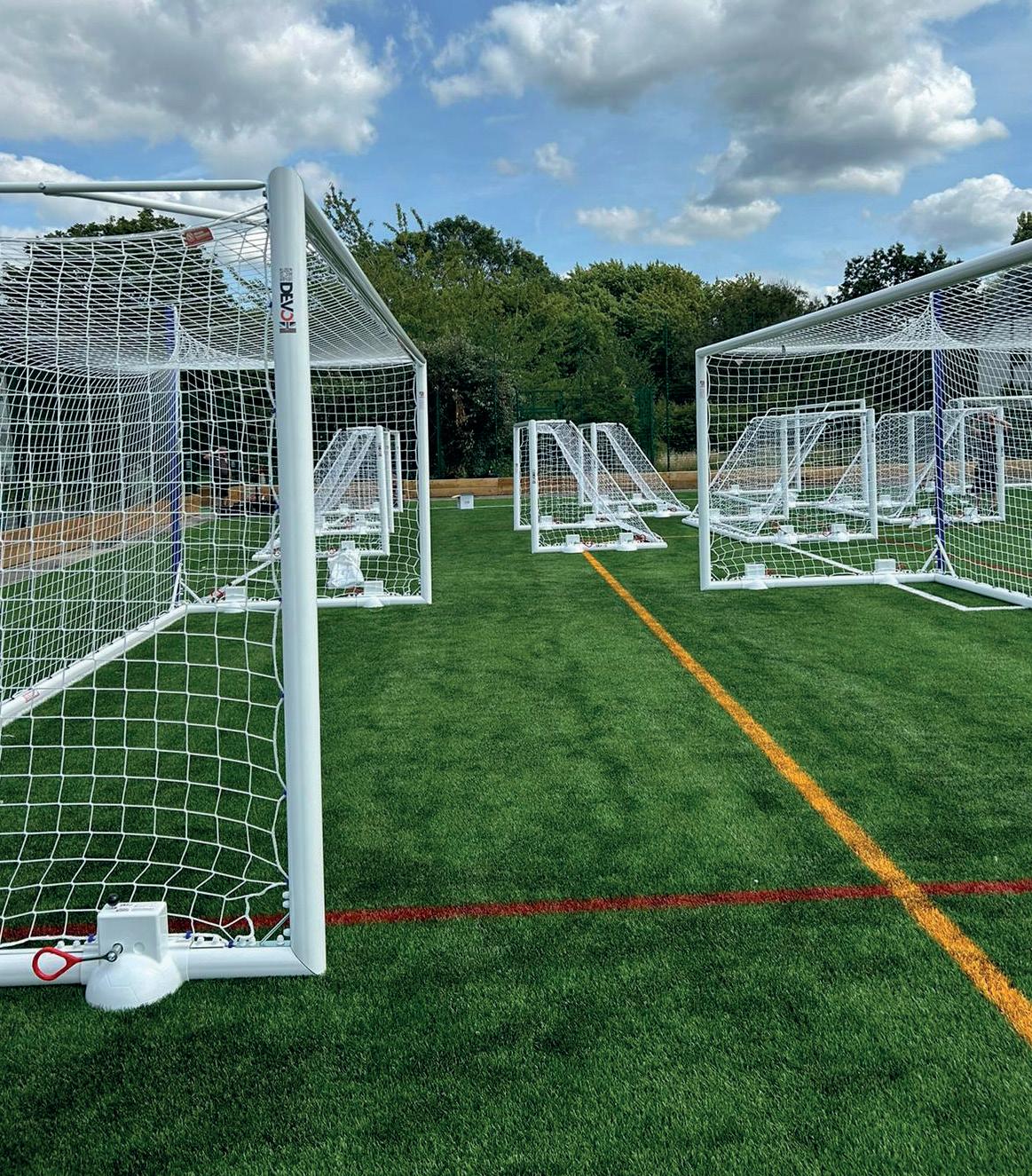
Mark Harrod offers FA-affiliated football clubs up to 20% discounts on goals
Mark Harrod Limited has been at the forefront of football goal and sports equipment manufacturing in the UK for nearly two decades. Catering to sports clubs, equipment buyers and coaches, the company offers wide range of products – from target goals and stadium goals to training equipment and team shelters – tailored to meet the needs of any club, from grassroots to the Premier League.
A Made in Britain member, SAPCA member and a Football Foundation-approved supplier, the company is now offering FA-affiliated clubs discounts of up to 20% on selected goals. For more info, visit https://www.markharrod.com/
of microplastics, but it also contributes to reducing the environmental footprint of artificial turf systems. Cork’s natural properties provide excellent thermal insulation, minimizing heat retention on the field and reducing the need for water and energy to maintain optimal conditions. Amorim Sports cork-based infills have already been successfully implemented in various sports facilities worldwide, from professional football, rugby, and baseball stadiums to school sports fields.

Rap star Stormzy opens #MerkyFC to tackle racial inequality in football jobs
One of Britain’s biggest rap stars, Stormzy, is on a mission to shine a spotlight on jobs in football off the pitch and to address the racial inequality in the industry.
To follow his #Merky music label Stormzy has launched #Merky FC –with the “FC” standing for “football careers”. The musician recently opened the brand new #MerkyFC HQ in Croydon, south London. The facility combines a football pitch, recording studio and gaming centre built in partnership with sports good and apparel giant, Adidas.

Speaking at the launch, Stormzy said: “You’ll see plenty of black players but you see much fewer black referees and black commentators or managers. I’ve always thought, no, we’re so much more than that. If we had the avenues to become all those other things, I’m sure we’ll be able to do that.”
Adidas’s Steve Marks added that young people from across London will be able to use it to take part in football and “explore creative passions in music, content creation and esports”, said.
SAPCA member, SIS Pitches, has secured a new partnership with Cumberland FA providing Cumberland Clubs with access to natural grass maintenance services. The collaboration provides Cumberland FA with a pathway to support its local clubs with access to knowledge, advice and services
from an established maintenance company. Clubs will benefit from access to services such as verti draining, overseeding and sanding.
Cumberland FA’s Craig Lewis said “We are extremely excited to announce SIS Pitches as our grass pitch maintenance provider. The opportunity to work with
such an internationally renowned organisation is something we are extremely proud to be able to do. As a company based in our county, we hope to provide our clubs with access to a service which can be tailored to their needs and delivered by experts on our doorstep.”
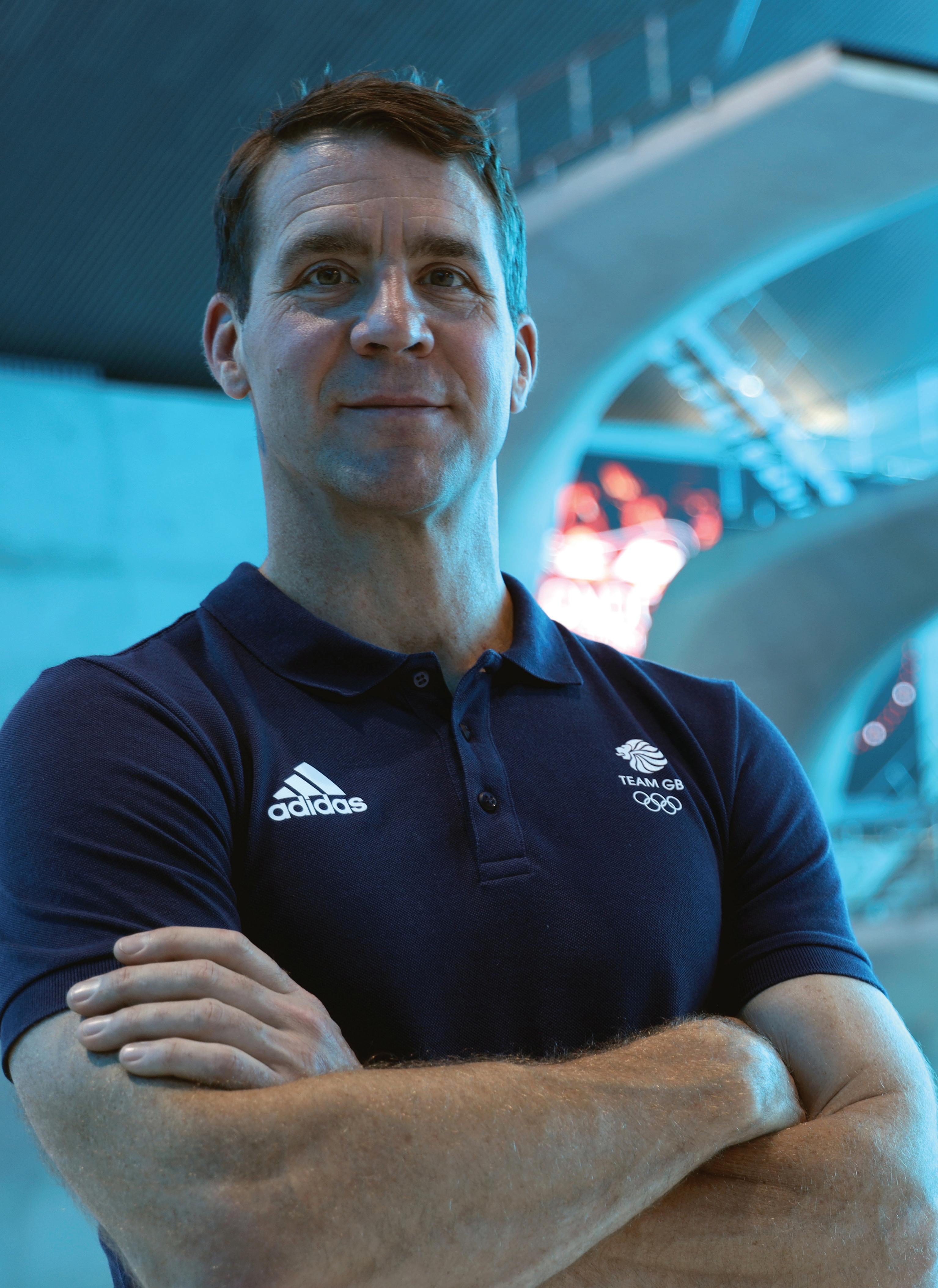
Since his retirement from competition, Olympic medallist Leon Taylor has been helping athletes to develop their skills beyond their sporting careers
During his career, Leon Taylor won medals at all major international diving events – culminating in a silver medal at the 10m synchro event at the Athens Olympics. Since his retirement from elite sport, Taylor has become involved in a portfolio of projects. He now speaks about mental wellness, supports the SportsAid charity, teaches yoga and commentates for the BBC – including at this year’s Paris 2024 Olympics. Taylor also spearheads the Beyond Gold campaign, which urges athletes to plan for their lives after sport. Launched by Active IQ, an awarding organization for the active leisure sector – the campaign addresses a common oversight among elite competitors. It urges athletes to develop career skills alongside their athletic ambitions. Taylor himself completed a Higher National Certificate in Business and Finance during the later stages of his diving career and earned his Active IQ Level 2 Strength Training and Level 3 PT qualification. SportsNation spoke to Taylor about his career and his post-career.
My parents have told me that I drove them up the wall with my energy! They had no idea what to do with me, so they decided to try and tire me out through physical activity. Hence I ended up doing every sport that you could imagine.
I started swimming when I was still in my nappies and also went to mother and baby gymnastics, which quickly turned into tumble tots and things like that. Combining those two, I started diving just before my ninth birthday. I found that it was a sport that was a perfect mix for me. As an added plus, it required concentration too, because there’s an element of jeopardy and danger involved.
I was no good on a football field waiting for the

ball to be passed to me. I’d lose concentration, but standing on your tiptoes on the end of a board seemed to be something I was well suited to.
When did you first realise you had the potential to become an elite athlete?
I took part in sport because I loved it. But like all children who do a sport, I had dreams – in my case, of going to the Olympic Games. I remember watching the Olympic Games when I was six. I didn’t really understand what it took, but I just knew that I had this passion and drive.
The moment I realised I might have a chance must have been when I was a teenager. When I was 14, I was the best in the country for my age. I was starting to compete at the senior level and there were only a few people better than me in the country.
By the time I was 16, I was the best in the country – full stop. That was the opportunity then to think that, well, the Olympic Games are two years away. Could I make the team? I ended qualifying for the Commonwealth Games, the World Championships, the European Championships and then, ultimately, the Atlanta Olympics in 1996.
How was it to win an Olympic silver medal?
The experience of going to the Olympics for me was three fold. The first time I qualified, I was 18 and still doing my A-levels. I wasn’t really expected to make the team so early and I was surrounded by my heroes of track and field and it kind of blew me away with its magnitude
The second Olympic Games, in Sydney, I was pretty focused. In fact, I was overly focused. I was going in solely to win a medal and we ended up placing fourth. So there was the heartbreak involved with coming so close to achieving a dream.
So it was a case of third time’s a charm for me – I got it right in Athens in 2004. I went in not paying attention to only winning a medal, desiring it, but focusing on performance. I was concentrating on enjoying every moment because I knew that I was on borrowed time. As an elite athlete, your career only lasts a short period of time.
Because I was so focused on enjoying the moment – which I knew might be my last Games – I stood on the podium in P2 and won the first Olympic medal for British diving in 44 years.
So it ended up being a huge moment not just for me personally, but for the entire Team GB and the sport of diving in this country.
You planned to make it to Beijing 2008, but pulled out due to a back injury – and then retired?
Yes. The medics told me my body was worn out. We looked at all the options but there was nothing I could do.
When you come to the end of your career, there are usually one of two things at play. Either your body has had enough and you can’t do it, or your mind has had enough and the body/mind connection isn’t working. Luckily for me, it was the former. After four reconstructive shoulder surgeries on the same shoulder – and a worn out disc in my lower back which put me in chronic pain for the last six years of my career – the medical team showed me the red card.
In some ways, when I realised that that was it, it was liberating – because I was suddenly not under the pressure and expectation that I was putting myself under. But it was also incredibly scary, because then it’s like: ‘What am I going to do now?’
After winning silver at Athens and then being unable to compete, I had a period of depression and mental health issues. It made me realise that I was under-prepared for retirement.
Luckily, I was then able to climb through that period and learn from it. So when I did make the decision to step away in 2008, I was no longer thinking, ‘oh, what do I do?’. It was more the case of ‘I’ve got this’.

The process included studying for a qualification, while you were still hoping to make it to Beijing 2008?
Yes, I think during my career there were inflection points. There were points where I put myself in unnecessary positions where I was just focused on my sport. I placed too much pressure on myself to perform.
As a result, I had to step back from my undergraduate studies because I couldn’t balance
Having options or a safety net can help with what can be a very destabilising transition when you’re moving away from elite sport
them with my sports career. But as my career progressed, I realised the importance of doing other things to “balance the scorecard”.
I started to search out qualifications and decided to do a Strength & Conditioning Level 2 qualification and PT Level 3 qualification with Active IQ. It was partly because being fit was important to me and I knew my way around the weights room – I knew about fitness training, about coaching and also how to inspire people.
So while it was something I understood, I also knew the importance of professional qualifications. With my background, I realised that I could potentially work in some interesting places, but I would also need to be competent at what I’m doing. Just because I knew how to lift weights, didn’t mean I could immediately teach other people how to do it safely.
How important is it for elite athletes to have a back up plan for their post-career?
When you’re looking at your life after sport, did I have a plan initially? No. I was, you know, in a space where I was so focused on Olympic qualification and four year cycles that I was, I guess, a little bit deluded. I thought I was going to dive forever. It wasn’t until
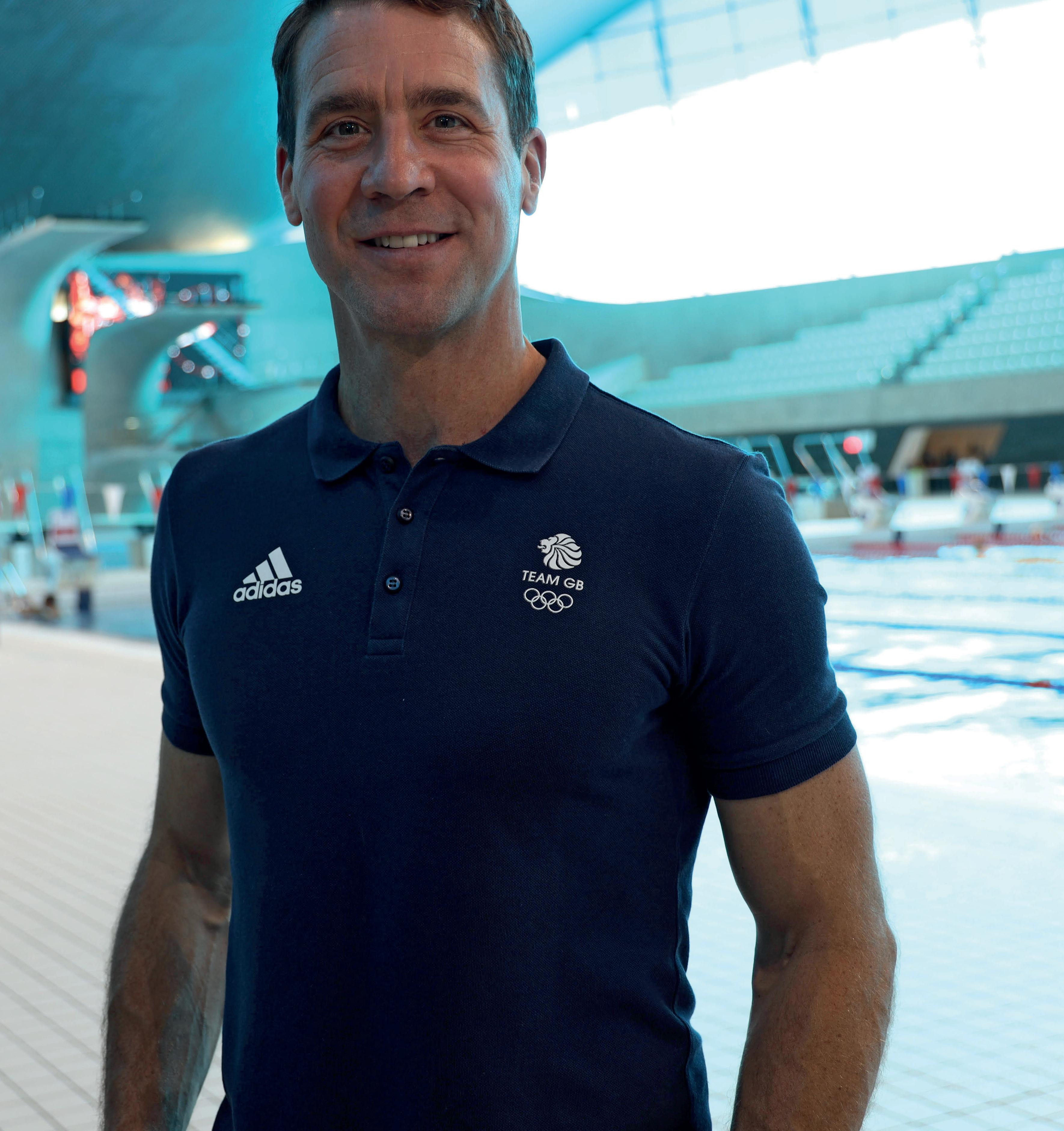
that serious injury in 2001 that I suddenly realised that I was massively under equipped for life after sport, and then I started to make some changes.
It’s important for athletes to find out what they are interested in doing. It isn’t always an easy thing. Because for many, all they have done is sport. For me, it was a case of ‘what could I do’? Personally, I wanted to branch out into the fitness industry, into broadcasting and into different areas.
One of the biggest things I didn’t realise that was in store for me was that, because of my injuries, I was going to be in pain for the rest of my life, unless I did something. One of the interventions the medical team suggested was to practise yoga, in order to rebalance my ‘unbalanced body’ and to tackle the chronic pain in my lower back. So within six months of retiring, I was doing yoga pretty much every day in a heated room – and it transformed my body, my mental health, my emotional health.
So the PT qualification that I’ve had and not really utilised fully was my safety net, because I knew that I could go, not quite anywhere in the world, but it would open doors. I had the qualification.
Taylor took up competitive diving when he was eight
For athletes, I think it’s really important that they put some time and effort into at least thinking or planning or creating some options as to where they’re going to focus their attention if it all stops. Having plans in place, having irons in fires and having options or a safety net can help with what can be a very destabilising transition when you’re moving away from elite sport.
Why do you think the Beyond Gold campaign is so important and what do you hope the impact could be?
Athletes can sometimes find themselves in a tricky situation when things change drastically. So it’s almost getting the conversation started – what do you enjoy? What could be options for you? It’s important for athletes to take action in the ‘now’, because they can’t just magic a qualification at the end of their careers. Recognised qualifications are important. Doing a five-minute online course won’t offer the correct qualifications or skills, nor open the doors that they need opened to have a career after elite sport.
l To find more about the Beyond Gold campaign, please visit: www.activeiq.co.uk/beyondgold
Sport has woken up to the importance of sustainability. The challenge for the industry now, at all levels, is to establish practices and operations that focus on long-term viability
In 2021, the BBC produced a series of articles and programmes outlining what sports may look like in the year 2050.
The purpose of “Sport 2050” was to highlight the potential bleak future sports –from grassroots to elite level – may face as a result of climate change. The articles predicted a decline in sport participation as weather becomes more extreme and highlighted how golf courses in Scotland are likely to erode into the sea. The most concerning aspect of Sport 2050 was that some of the predictions were not even the “worst case scenario”.
Sports and recreation isn’t, however, an ‘innocent victim’ – sports facilities are estimated to be responsible for around 10% of the annual
energy consumption in Europe. A single top-flight football stadium can consume up to 25,000 KWh during a 90-minute match – enough to keep more than a dozen homes going for an entire year.
The sports construction sector – from architects and planners to suppliers and contractors –is acutely aware of the need to curb the energy usage of the buildings it creates and has responded by increasingly focusing on environmentally sustainable practices. In recent years, an increasing number of projects and designs have not only been celebrated for their design, capacity or the atmosphere they create, but for their environmental sustainability. From the Tottenham Hotspur stadium and its goal of achieving carbon net-zero to St Sidwells Point


Euro 2024 had a clearly defined strategy to cut down carbon emissions

Leisure Centre in Exeter becoming the UK’s first Passivhaus swimming pool, many modern projects prioritise environmental impact in planning. Take the ground-breaking Ravelin sports centre built for the University of Portsmouth, which sets a new benchmark for ultra-lowenergy sports facilities in the UK with its fossil fuel-free design and an operational energy consumption of less than 100 kWh/m2 per year.
There is plenty of good work being done, however, to ensure that the future of sport isn’t as bleak as the picture painted by the BBC. So far, more than 270 sporting organisations and clubs have signed the United Nations Framework Convention on Climate Change (UNFCCC) which outlines a list of targets the signatories must comply with by a set date aligned with the Kyoto Protocol 1997. This has caused an increased effort towards environmentally sustainable practices as individual organisations strive to meet targets. Major events are also playing their part –including this year’s UEFA Euro 2024 tournament
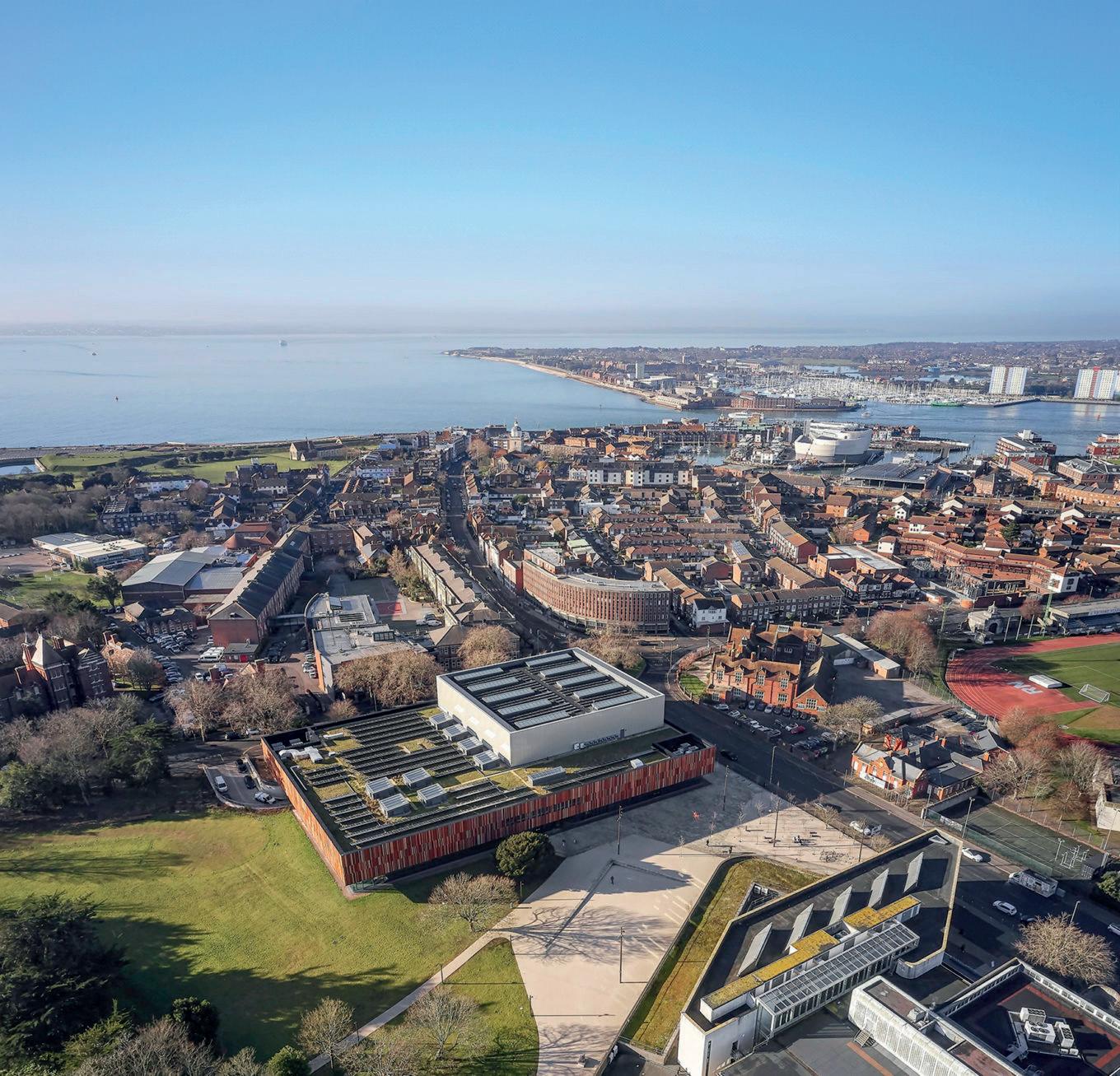
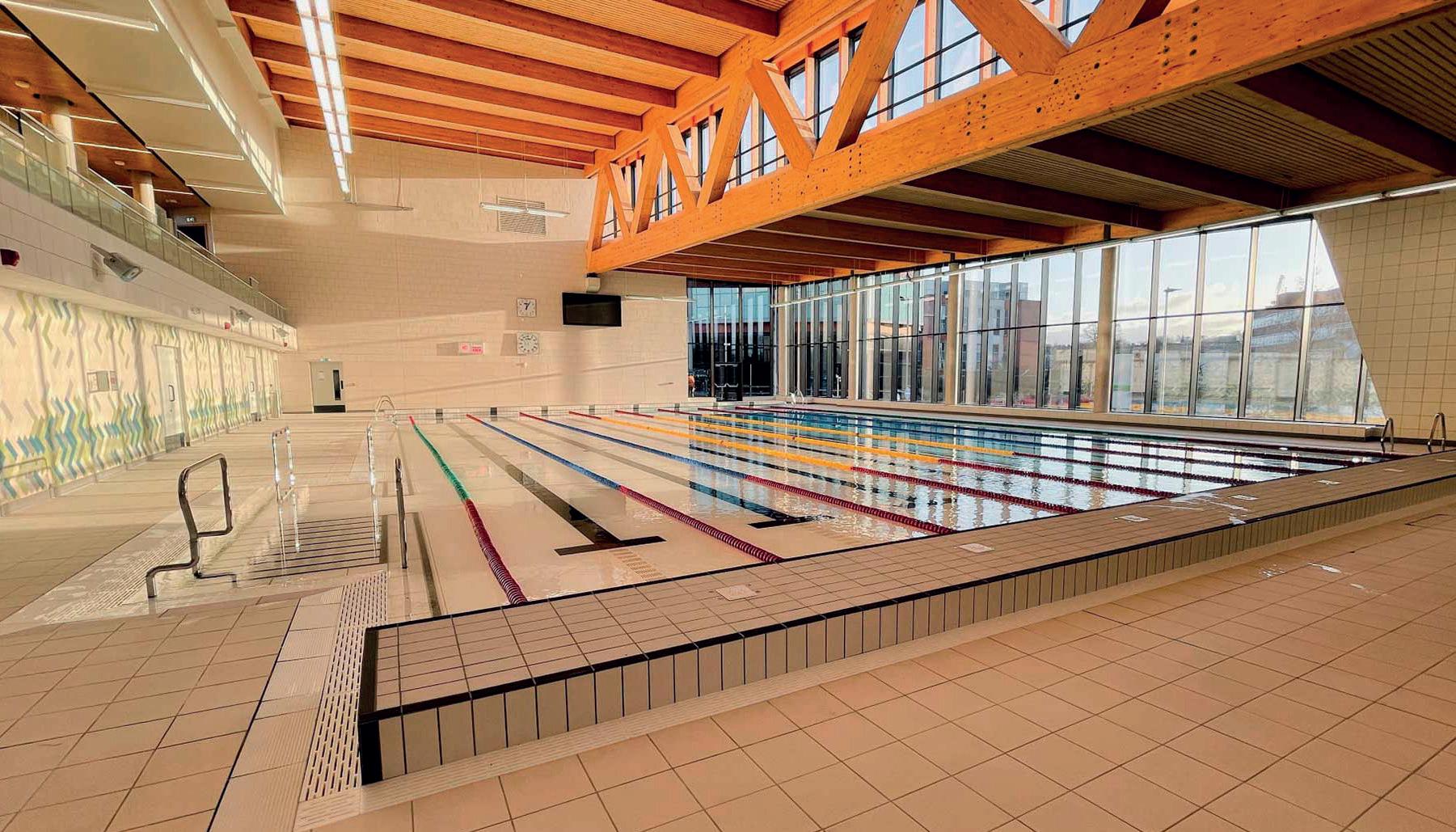
in Germany and the Paris 2024 Olympics and Paralympics. During Euro 2024, for each tonne of CO2e emissions produced during the tournament ¤25 was donated to the climate fund. This led to a total of ¤7m being made available for climate-protection projects. The money has been used, in part, to allow grassroots clubs in the host nation to request financial support for environmental sustainability projects. The funding will, in turn, be used by the clubs to improve their sustainability practices – from waste management systems to installing LED floodlights.
The 2024 Olympic games in Paris looked to reduce its impact on the environment during the construction of the Olympic venues. A huge majority of the facilities used during the Games were existing ones, while the redevelopment of those needing upgrades were focused on under-invested areas.
Paris 2024 also set a new benchmark for the level of sustainable and environmentally-friendly
practices used in both the construction and management of its venues. The new aquatics centre – one of only two venues purpose-built for the Games – features a 4,680sq m solar panel roof, providing around 20 percent of the venue’s electricity needs and has seats made from recycled plastic bottle caps. Environmentally proactive construction methods were also used with the Olympic village, which was constructed with a 30 per cent reduction in carbon compared to similar constructions. In addition to this, 94 per cent of materials used were recovered from deconstruction. The Paris 2024 Games also used 100 per cent renewable energy sourced locally.
The late Professor Charles J. Kibert, a pioneer in sustainable construction – and organiser of the 1st International Conference on Sustainable Construction in 1994 – defined the seven principles of sustainable construction as: sustainable design,

The planned Forest Green
stadium could set new standards for sustainable design

durability, energy efficiency, waste reduction, indoor air quality, water conservation and sustainable building materials. Those principles have become a core part of the process in sports construction and can be seen across a number of new-builds within the sporting world.
One of the most recent examples of a “supersustainable” design is Forest Green Rovers Football Club’s proposed Eco Park stadium. The 5,000-capacity venue is to be built almost entirely from wood, such as cross-laminated timber and glulam beams, which are more sustainable than steel or concrete. Plans also include for the stadium to have a rainwater capture system where the roof of the stadium seating areas collects rainwater, which is then filtered, stored, and recycled as well as being fitted with solar panels on the stadium’s rooftop.
Another sustainable design which is definitely happening is English Premier League club Everton’s new stadium at Bramley-Moore dock in Liverpool. Designed by architect Dan Meis, the project focuses on its environmental impact from construction to operations. All 480,000 cubic metres of sand required for the initial dock infill process were transported to the site by boat from the sea-bed, 20 miles out in the Irish Sea. This prevented thousands of trucks being needed to provide the sand.

All 480,000 cubic metres of sand required for the initial dock infill process were transported to the site by boat from the sea-bed, 20 miles out in the Irish Sea

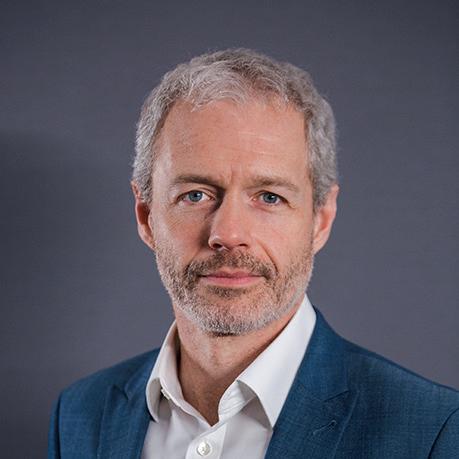
Improvements are also being made to buildings which were constructed before the drive towards more sustainable design and construction practices. These include the UK’s leisure centres, which can produce up to 500 tonnes of carbon dioxide annually.
Everyone Active, which operates facilities on behalf of local authorities, is looking to have its 220+ leisure centres carbon net-zero by the year 2030. This will be achieved through a three-step plan that will include local authority partners, as well as central government. It is an example of how the sector is responding and coming up with long-term plans and projects to create and operate more efficient centres.
Everyone Active’s Group Development Director, Ben Beevers, said: We know the world is changing – and not necessarily for the better. That’s why we’ve developed a comprehensive net zero strategy to help us, as a company, become operationally net zero carbon emitting by the end of 2030.
“Leisure centres consume large amounts of energy and so are also significant carbon
emitters. Therefore, we have an opportunity to put in place a strategy to tackle this and other issues to help make the company’s carbon emissions net zero. In order to achieve this, the strategy that we have formulated encompasses every facet of our business.”
Sports organisations of all sizes are now waking up to the need for environmental sustainability and responsibility. Take The Wave artificial wave pool in Bristol, who are working to move the entire sport to be sustainable. The Wave already operates off of 100% renewable energy but aims to be self-sufficient and off-grid by the year 2030, meaning existing renewable energy from the grid can be directed elsewhere.
A lot of the world’s sports governing bodies have claimed to be heading towards a net-zero approach by the year 2030 as part of their pledge to the UNFCCC and the 2015 Paris agreement. One of these is World Rugby, which has identified a number of clear goals in order to reducing the sports impact on the climate. These include
Five ways to encourage sports consumers to be more environmentally sustainable
l Use eco-friendly forms of transport - this can be anything from using public transport for away days as a fan to car sharing to a sporting event you participate in.
l Buy local - many companies outsource their products from all over the world

meaning much of the sports equipment you may be using, most likely has a large carbon footprint. Using companies that manufacture locally or are native to you can help reduce your own carbon footprint.
l Join environment protection initiatives - this can be as little as raising awareness or signing a petition for change. A world committed to sustainability will be a lasting one.
addressing the carbon footprint of rugby, a focus on circular economy – such as managing materials and resources and addressing issues of single-use plastic – protecting the natural environment and using rugby’s platform to promote awareness around climate change. There is also the recognition that tackling climate change can help countries within the “rugby family” that are at high risk from climate change – such as Samoa and Tonga.
Closer to home, earlier this year Sport England launched its first-ever environmental sustainability strategy. Titled Every Move, the strategy includes major new investment to help the sport and physical activity sector respond to climate change.
The package, worth more than £45m of new National Lottery funding, builds on the already announced £80m joint investment in the Swimming Pool Support Fund to make hundreds of swimming pools across the country more environmentally and financially sustainable.
Sport England chair, Chris Boardman, said: “There is no doubt that our changing climate is already impacting our opportunities, motivation and ability to be active. Extreme weather is
l Join clubs or use companies that already practise sustainability - many sporting clubs and groups have already made the switch to becoming more environmentally aware.
l Consider buying second hand - recycling is a big part of the battle towards a more sustainable world, buying second hand not only reduces waste but also carbon for transporting new products.
increasingly making it difficult for us to live healthy, active lives by creating a ‘doom loop’ where people become less motivated and more fearful of injury, with sporting opportunities increasingly cancelled and disrupted.
“Without change now, the government’s target to get 3.5 million more people active by 2030 is very much in jeopardy – and our children will be the ones to suffer most. The FA has estimated that 120,000 football games will be lost each year. A third of community pitches are already unplayable for two months of the year due to flooding – and it’s only going to get worse.
“If places to play are unavailable, people will go and do something other than sport and physical activity, leading to small clubs going under and vital community organisations disbanding.”































































SALTEX, the Sports Amenities Landscaping Trade Exhibition, is gearing up for its 78th edition under the theme of
“Uniting the Industry, Powering Progress”
This year’s SALTEX event will take place from 30th to 31st October at the NEC Birmingham, marking another milestone in the grounds care industry.
The exhibition will bring together industry-leading grounds professionals, volunteers, and exhibitors from across the globe, showcasing the latest innovations, trends, and practices in grounds management. With over 400 brands and thousands of visitors expected, SALTEX 2024 promises to be bigger and better than ever before.
The Clubhouse has undergone an impressive revamp, introducing a brand-new bar area with stylish wooden slats designed to offer a relaxing and inviting atmosphere. Alongside this, SALTEX has curated an agenda within The Clubhouse to foster networking and collaboration across the different sectors. This year, the aim is to unite the industry and power progress by creating opportunities for attendees to share ideas, tips, and insights, driving forward collective growth and innovation. Visitors
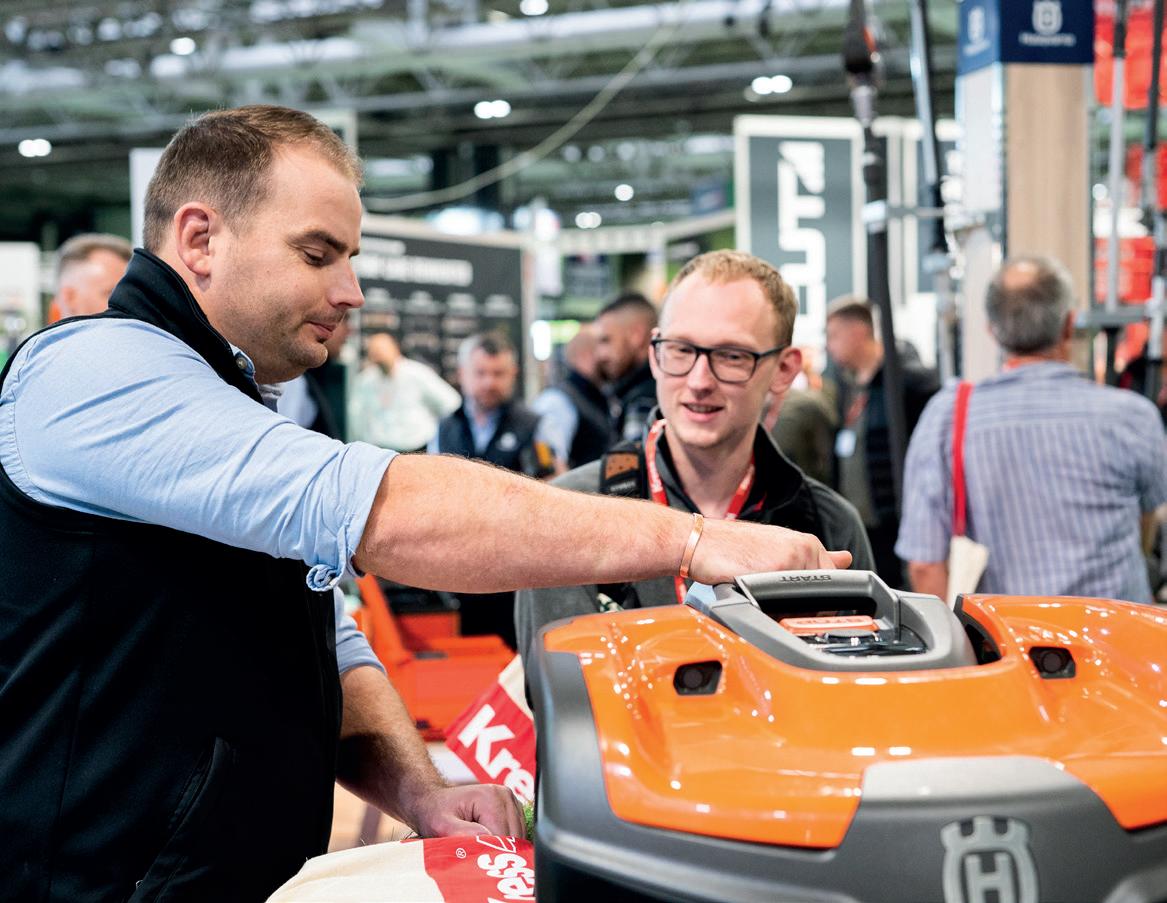

SALTEX will bring together industry-leading grounds professionals, volunteers and companies
will also benefit from the Trophy Room, a space available for private meet-ups or team meetings providing a dedicated environment for focused discussions and networking.
This year’s theme centres around how SALTEX enables the industry to continually progress by bringing people together from around the world, helping drive innovation, education, and networking. The exhibition will feature cutting-edge technologies and state-of-the-art equipment to help professionals maintain and improve sports amenities, parks, and public spaces. After a year of remarkable growth in the industry, SALTEX 2024 will welcome back

industry giants such as Kubota, Toro, and ISEKI UK & Ireland, reaffirming their support for the Grounds Management Association’s (GMA) vision of excellence in grounds management. Visitors will have a unique opportunity to network and share experiences, and this year’s exhibition promises even more exciting developments. The GMA Hub will provide vital information, including advisory drop-in sessions with experienced pitch advisors, offering personalised advice on the challenges and opportunities that professionals face in their daily operations. There will also be engagement with national governing bodies (NGBs), such as
the Football Association, Football Foundation, England and Wales Cricket Board, Rugby Football Union and Rugby Football League. And following its triumphant debut in 2023, the Community Sports Zone is back, dedicated to the unsung heroes of community and volunteer sports grounds. This year, the zone promises to be the place to be for all things turf maintenance for grassroots and community sports clubs. With more space, more machinery, and its very own Learning LIVE stage, the zone will host ten engaging sessions across two days. Topics include Essential Planning for Pitch Improvement Projects and Quality Surfaces on a Shoestring Budget. The
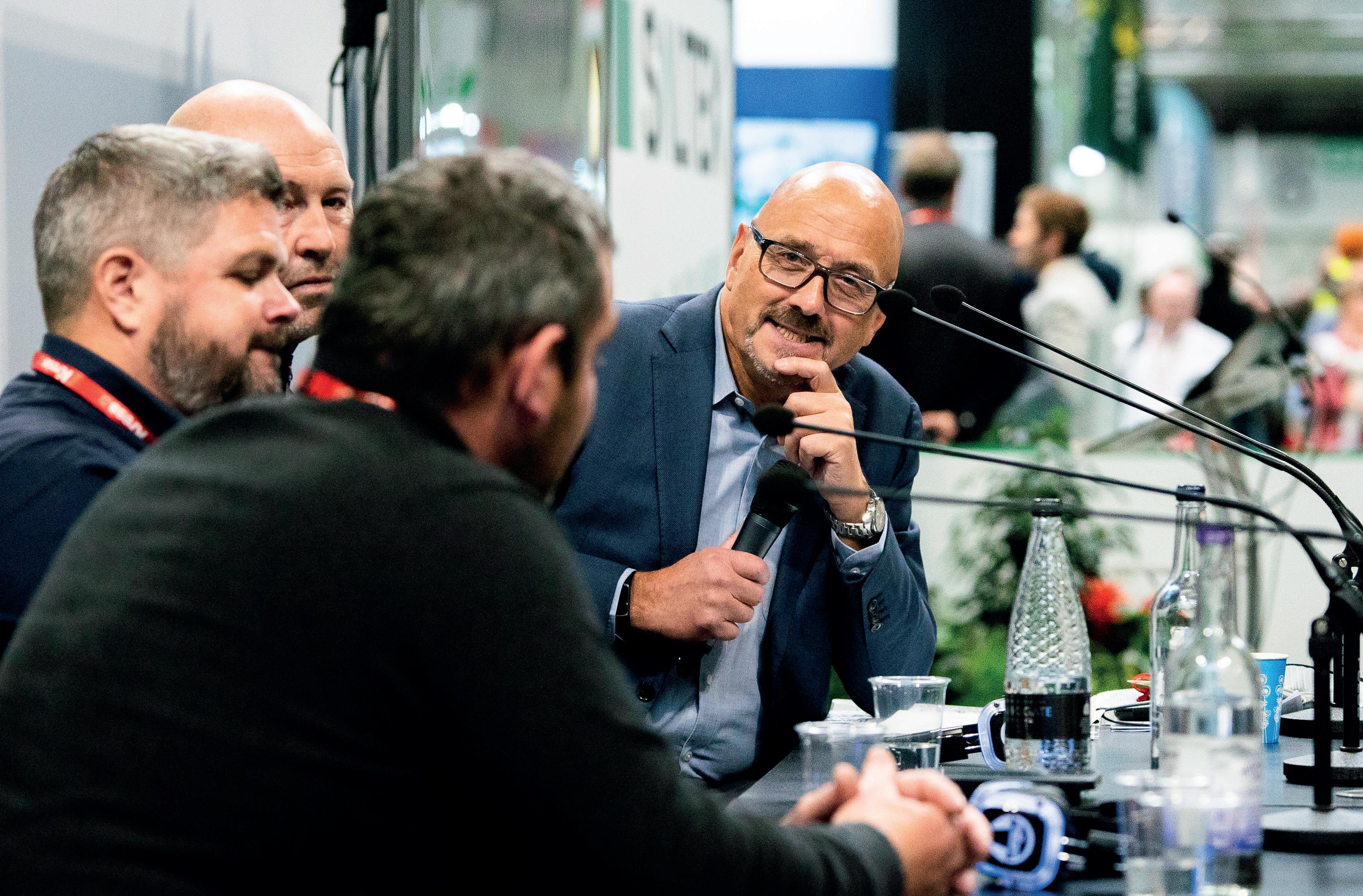
As well as the large exhibition, SALTEX features an educational programme
machinery on display, from brands such as ISEKI, Dennis and SISIS, Campey Turf Care Systems, and Trimax Mowing Systems, will offer practical solutions for clubs with limited resources.
SALTEX is also renowned for its exceptional professional development opportunities through its industry-leading Learning LIVE programme.
Over 20 pioneers, technical specialists, and experts will speak across three stages, including the brand-new Community Sports Stage, making it the largest free live learning event in the sector. The Learning LIVE programme will cover hot topics and issues, offering attendees the opportunity to gain CPD points and engage in big conversations with experts like UEFA’s Stadium Operations and Pitch Expert Lee Guerriero.
Several exhibitors will debut exclusive product launches at SALTEX 2024, giving visitors the first glance of some of the latest technologies. KAR UK will introduce Hunter Industries’ Wireless Valve Link, an innovative system revolutionising irrigation control with unmatched flexibility and efficiency. Kersten will unveil the Zasso ZAP Weeder, the world’s first batterypowered electric walk-in device, designed for eco-friendly weed management. Major Equipment Ltd will showcase its upgraded TDR Rotary Mower, a professional tractor-powered
groundcare mower designed for parklands, sports pitches, and semi-rough golf course grass.
This year’s event also marks the retirement of Derek Walder, fondly known as ‘Mr SALTEX,’ after 42 years as Operations Manager. Derek’s career, which spans over six decades, saw him begin as a gardener and rise to Grounds Manager for a major sports field complex in Southwest London. His dedication to the industry has been widely recognised, earning him a British Empire Medal and the GMA Lifetime Achievement Award. SALTEX 2024 will be a special opportunity to celebrate Derek’s contributions to the industry and the exhibition.
As a not-for-profit organisation, the GMA reinvests revenue generated from its annual exhibition back into the grounds management industry. Thanks to the success of SALTEX 2023, the GMA has been able to subsidise approximately 67% of its membership base, supporting those at the heart of grounds management. In addition to membership support, the revenue has also funded 1,900 GMA training courses, both inperson and online, further advancing the skills and knowledge of professionals across the industry.
SALTEX takes place at Birmingham NEC on 30th and 31st October 2024. For more information and to register, visit www.saltex.org.uk
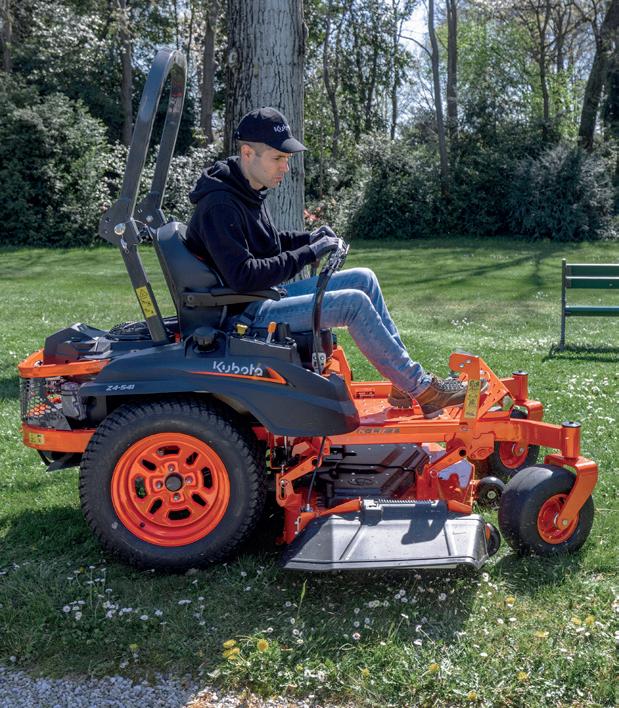
DrainTalent to showcase solution for strong, sustainable sports fields
Following its announcement of an exclusive UK partnership with Hewitt Sportsturf, DrainTalent will showcase its sustainable, circular soil management system at SALTEX. The team will be on hand on stand F107 to discuss the benefits of balancing moisture content and how their award-winning system can contribute to high quality surfaces, capable of hosting more play with fewer cancellations.
Foamstream says it will bring “future of weed control” to SALTEX
Kubota introduces zero-turns mower
Groundscare and multi-tool equipment specialist, Kubota, is expanding its zeroturn lawn mower range with the new Z4-541 on show in the UK for the very first time. The Z4-541 features a robust 54” steel fabricated deck, 24hp petrol engine and 360-degree turning capability to effortlessly navigate obstacles and deliver exceptional balance and stability for mowing tasks on uneven terrain. It is equipped with side discharge, with an optional Operator Controlled Discharge Chute (OCDC) enabling operators to temporarily shut the chute to prevent clippings from ejecting onto pathways. A mulching kit for the Z4-541 is also available. Launched in July, the Z4-541 is the latest addition to Kubota’s zero-turn line-up, which combines unbeatable manoeuvrability with a range of chassis sizes, power sources and discharge options to suit all domestic, proconsumer and professional applications. Kubota can be found on stand C070
DrainTalent can add to pitch quality and plant health. DrainTalent monitors the moisture within the profile in real-time to keep the soil conditions balanced, based on the pitch requirements and live weather conditions. Innovative and unique in its operation, the fully automated DrainTalent system can effectively extract water from the top layer of the pitch during periods of rainfall or re-infiltrate water when required, to support healthy growth and recovery. In addition to moisture management, DrainTalent can also

Visitors to SALTEX looking to discover the “future of weed control” can visit stand H068, where Weedingtech is showcasing its non-herbicidal solution, Foamstream. Powered by a range of patented machinery developed by Weedingtech, Foamstream has undergone independent academic trials which show it can deliver efficacy comparable to traditional chemical treatments on moss and a wide range of weed species. The product combines hot water and an organic, biodegradable foam made from plant oils and sugars which insulates the water to retain the heat, ensuring it effectively penetrates the plant and its roots. Together with eradicating the plant, Foamstream also sterilises surrounding seeds and spores, reducing future weed growth, treatment cycles and cost. Weedingtech is at stand H068

pull air into the subsoil and through the profile to create conditions for vigorous growth and a more stable, hardwearing pitch. DrainTalent is exhibiting on stand F107
The Sports and Play Construction Association (SAPCA) team will be at SALTEX, with Technical Lead Colin Corline among the event’s speakers. Colin will present a session titled “Artificial grass pitches - what the future looks like” on Wednesday 30 October at 12.15pm. SportsNation will also be exhibiting and will be on hand to share the magazine’s plans for 2025. Both the SAPCA and SportsNation team will be on hand throughout SALTEX at stand K105




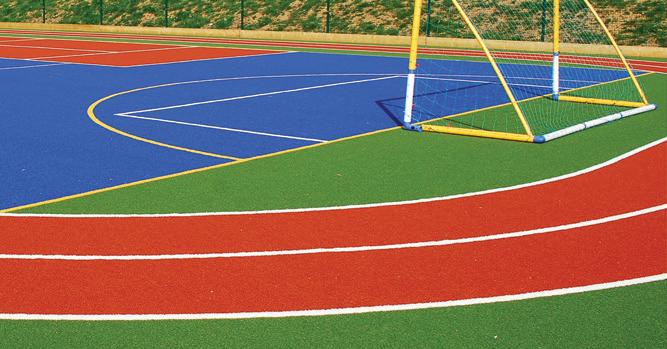


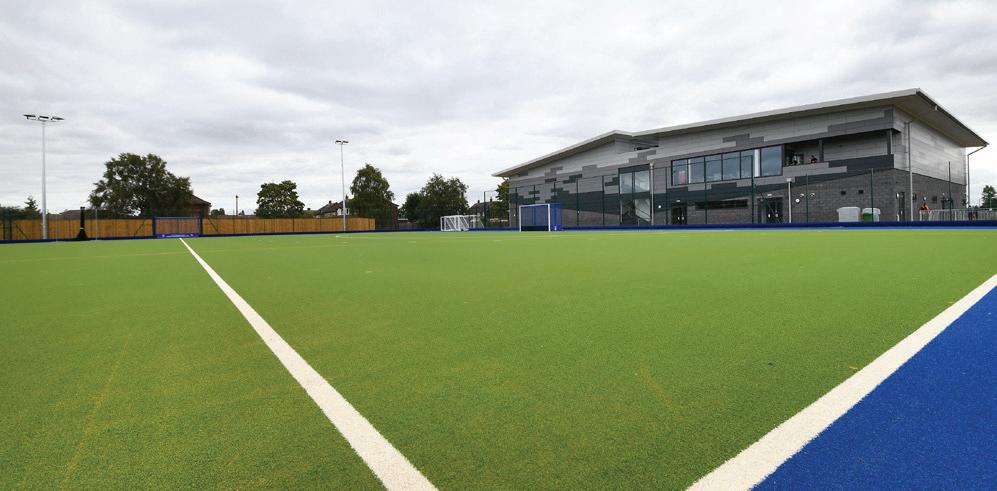







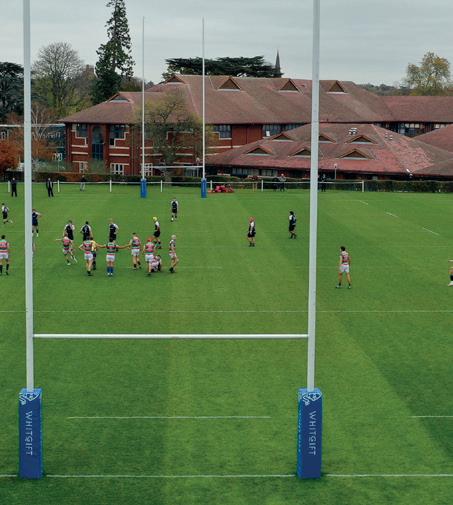



































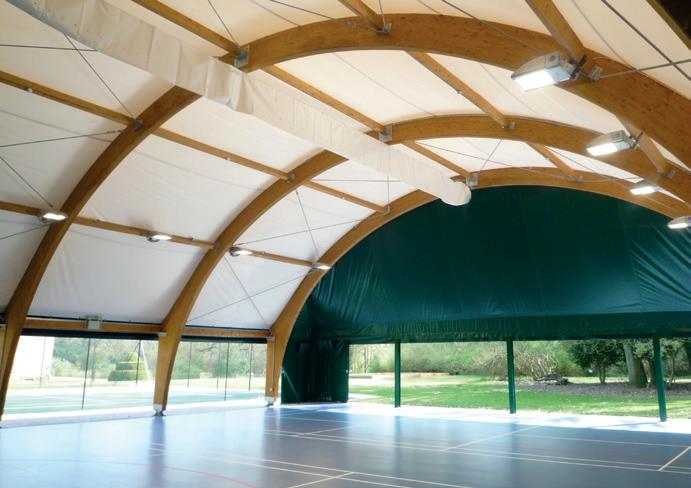






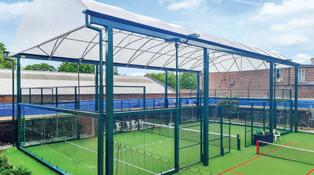


































































































































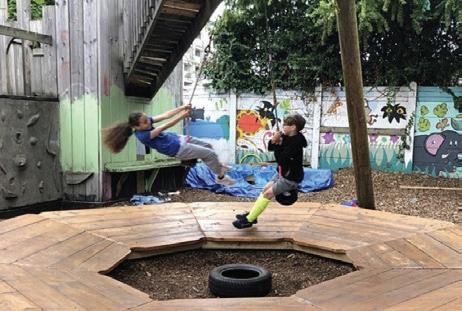



































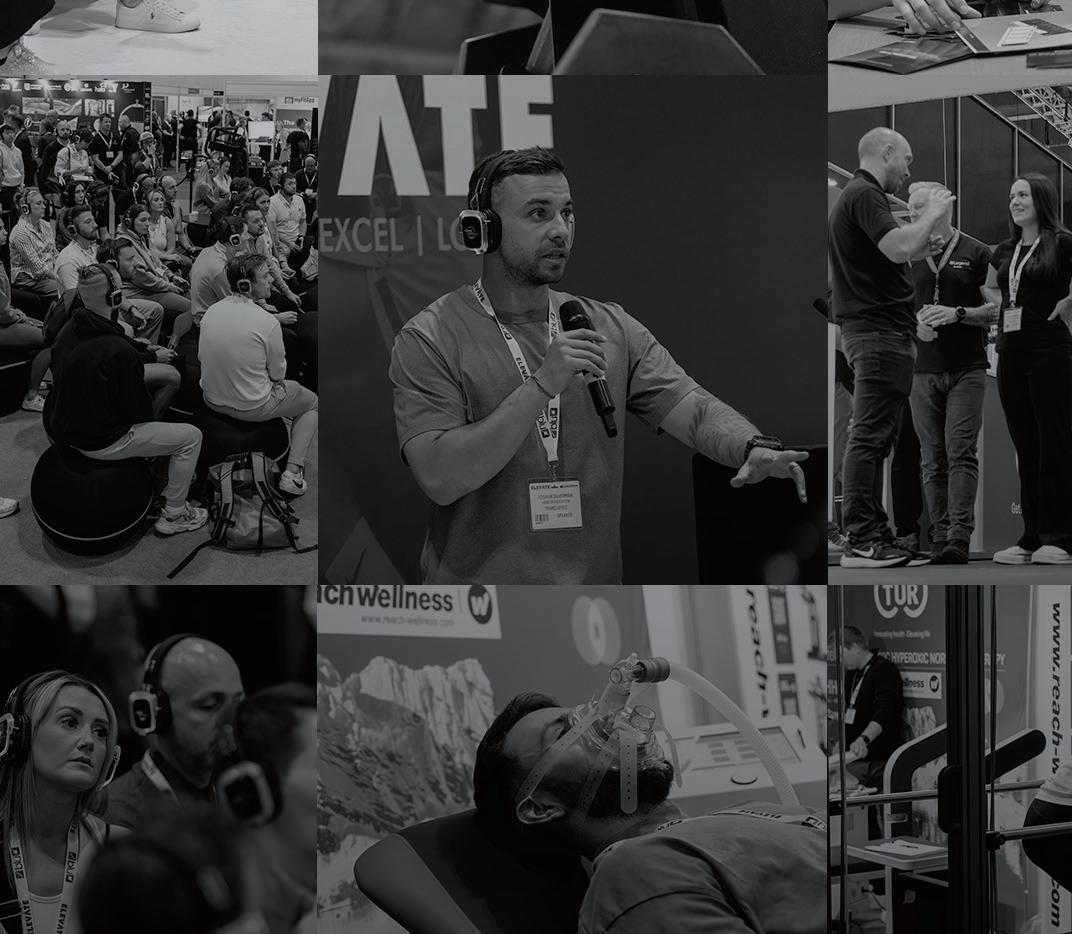



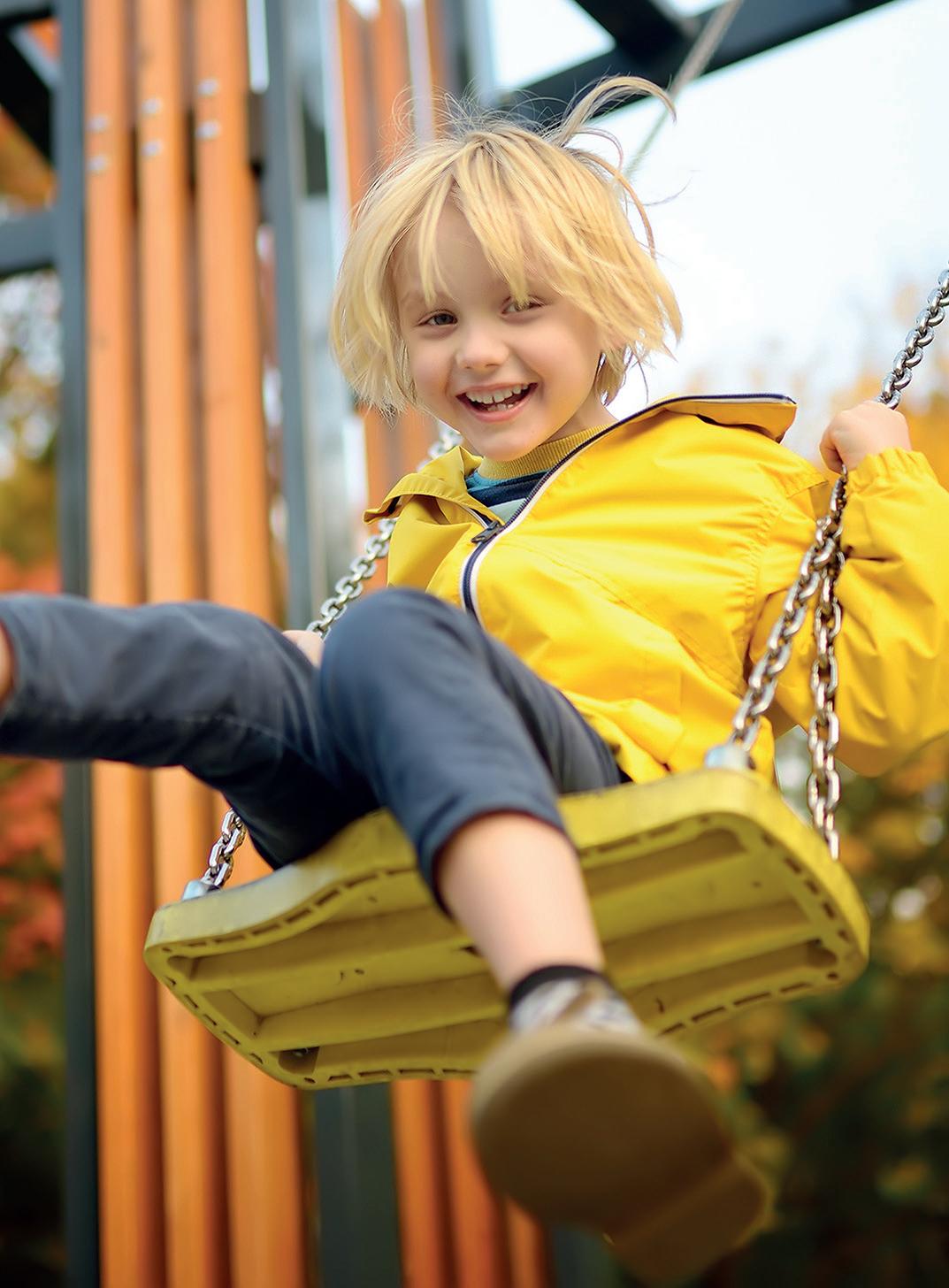
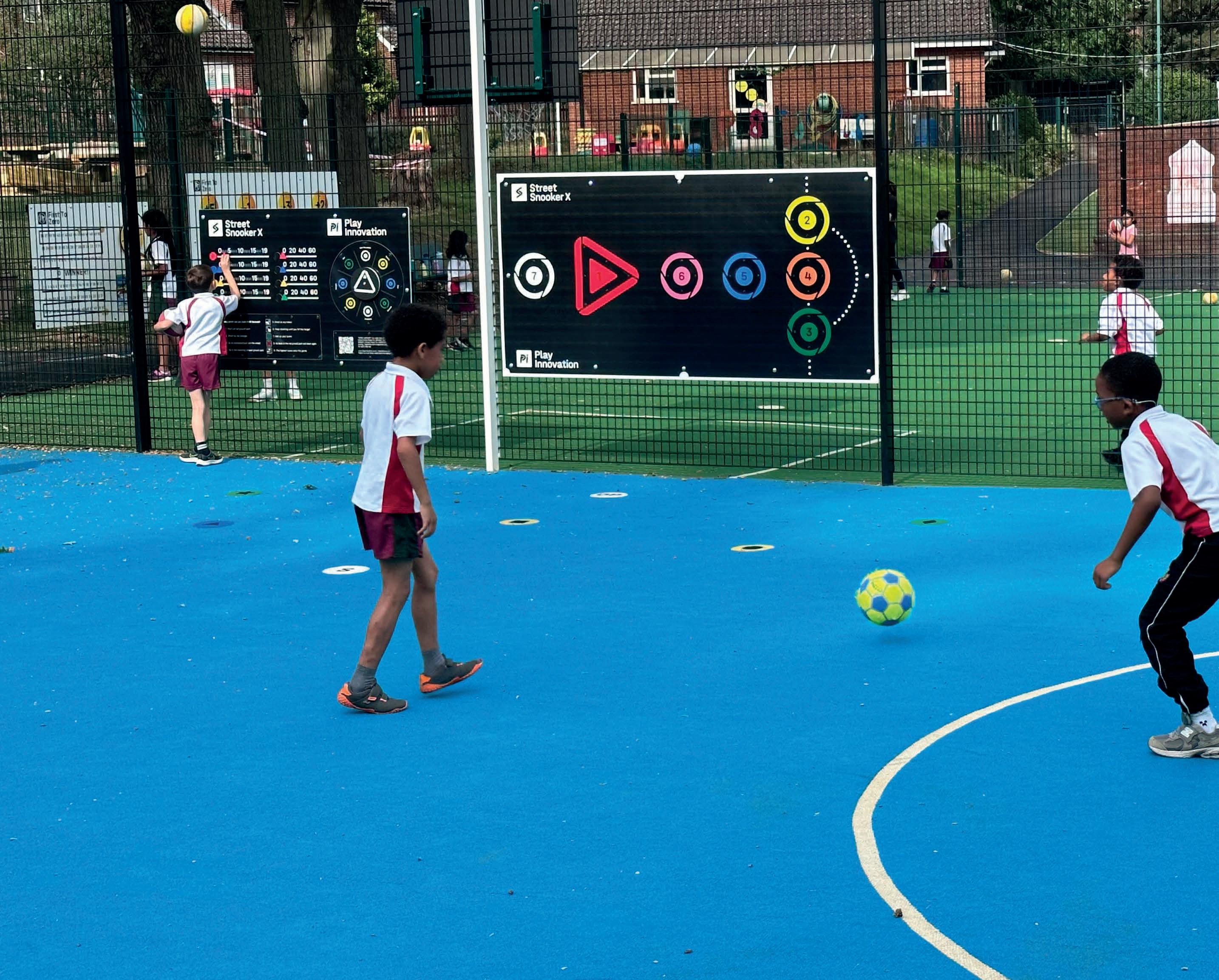





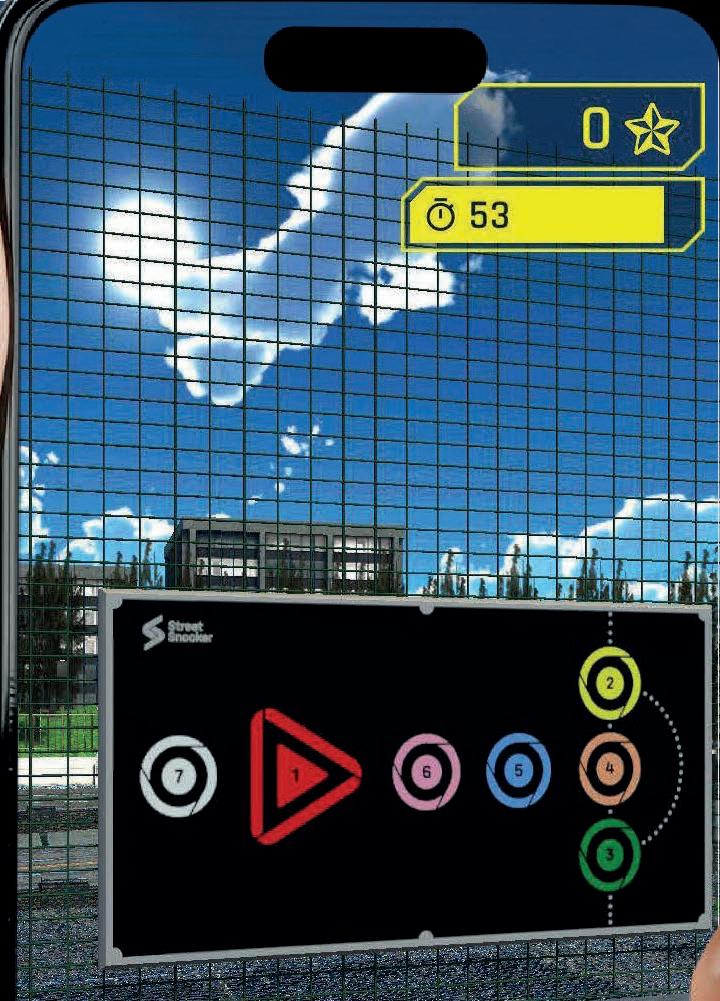





•Play pocket versions of our real life products
•Packed full of clever features
• Clever signposting tells kids where they can find a playground or park that has the real life version
•Can be played as a standalone game




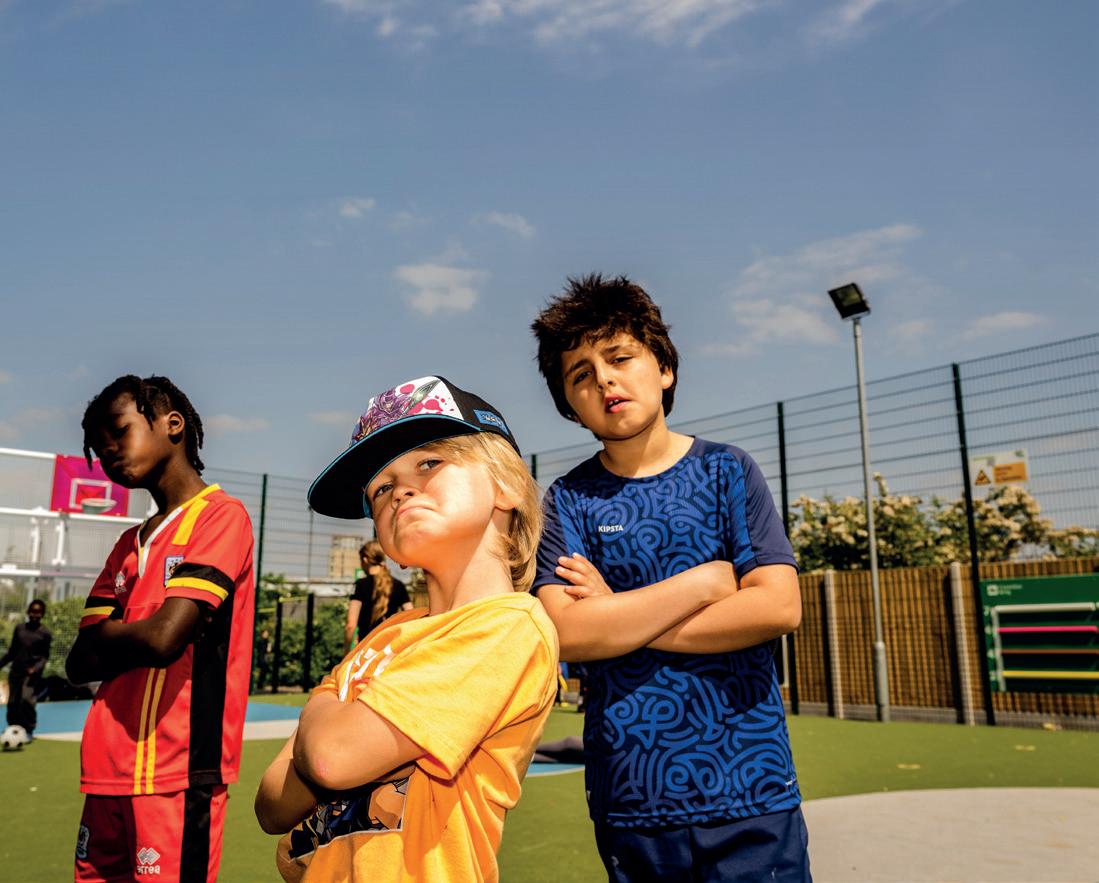







89 News
The latest developments, initiatives, policy decisions and facility projects from across the UK play sector
96 The Next Generation strategy
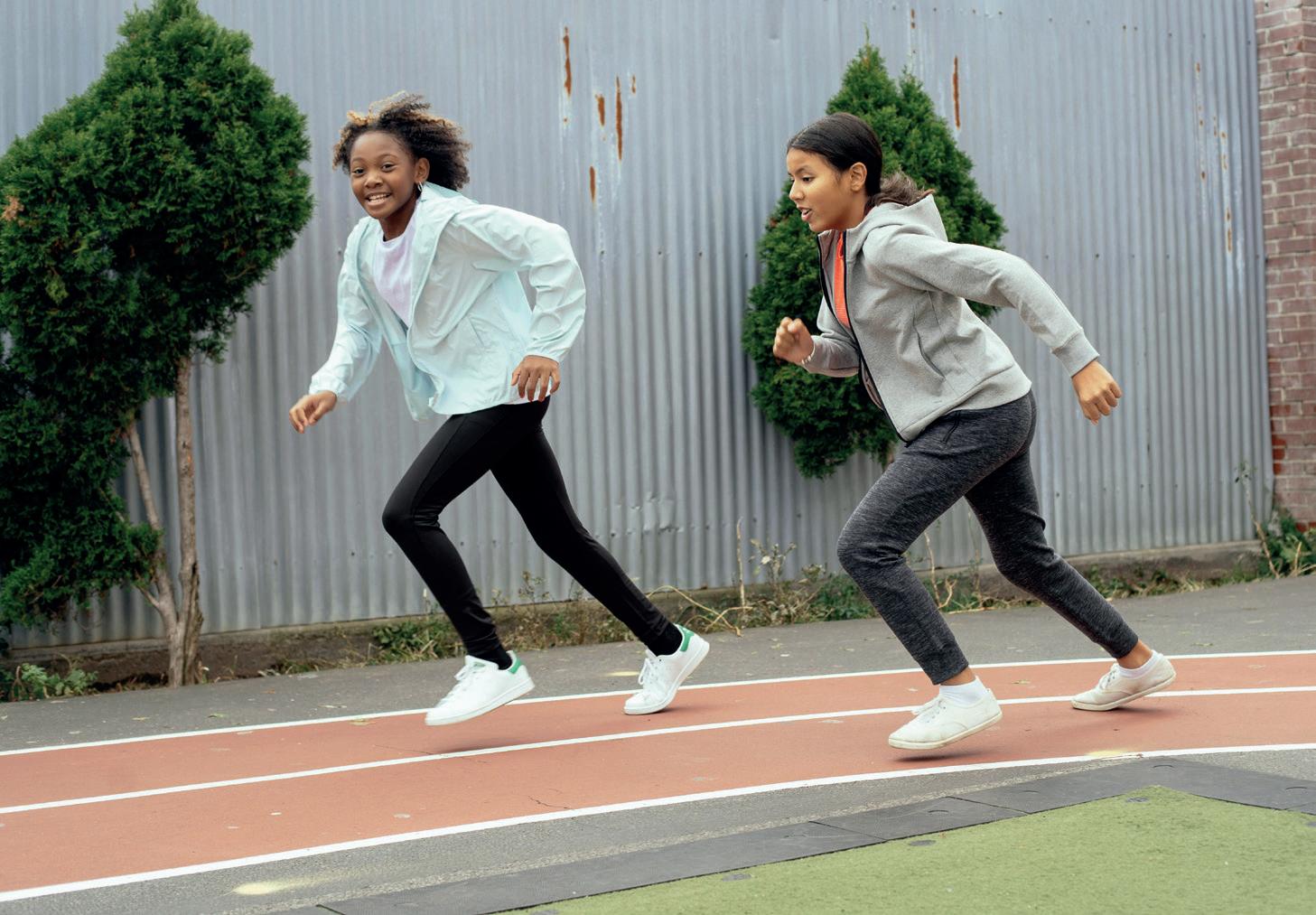


ukactive’s new strategy aims to create positive environments that encourage and facilitate children and young people to take part in physical activity
98 Viewpoint: Eugene Minogue
The Executive Director of Play England, outlines why it’s vital that the new government urgently addresses the decline in children’s play
104 Column: Play Scotland
Marguerite Hunter Blair, CEO: young people need time, permission and space to play and hang out
106 Creating social value
Marco Boi, Founder of Play Innovation, explains why creating play experiences is fundamentally important to getting people of all ages more active
110 Data and insight
A partnership project has changed the way in which data and insight is used to devise new approaches to delivering play


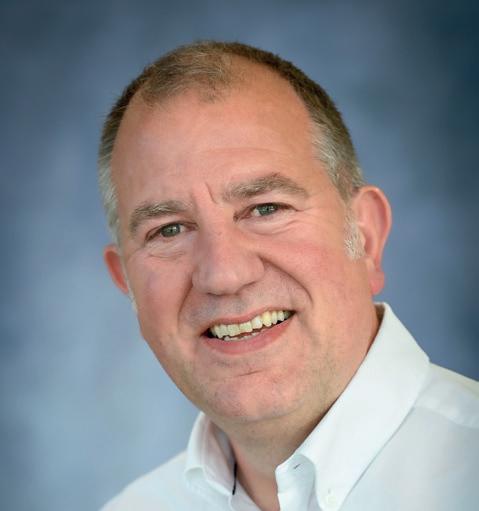
John Challinor
Publisher
PlayNation
john@sportsnation.org.uk

Eugene Minogue Executive Director

Play England @ EugeneMinogue Marco Boi Founder Play Innovation @ playinnovation Tom Walker Editor

Huw

The importance of play and physical activity for young people
PlayNation, in partnership with Play England and SAPCA (the Sports And Play Construction Association), is dedicated exclusively to the dynamic and growing sector of play and physical activity for children and young people. Published bi-monthly, the magazine focuses on the policies, people and places that help young people to play and be more active. Subscribe now and we will email you a complimentary copy of the magazine every two months.











PlayNation is published by SportsNation Ltd in association with Play England (www.playengland.org.uk) and the Sports And Play Construction Association (www.sapca.org.uk)
This publication is protected by copyright and no part may be reproduced, transmitted or stored in any print or electronic format without the written permission of the publisher. Every effort has been made to ensure the accuracy of the contents of this publication and PlayNation accepts no responsibility for any error or misrepresentation. Opinions expressed by the contributors and advertisers are not necessarily those of the publisher and we do not accept responsibility of losses or damages arising from them.
Play England has announced that the UK Playwork NOS Consortium has approved to take forward a Review of the National Occupational Standards (NOS) for playwork.
The UK Playwork NOS Consortium comprises Play Wales, Play Scotland, PlayBoard NI, Play England and The Playwork Foundation. The Consortium has been meeting since October 2021 and was established to plan strategically across the four nations for the future of workforce development and sector skills initiatives, including a future review of the NOS.
Since that time the consortium has undertaken preparatory work towards the NOS review. The works included commissioning a scoping exercise to establish the use of NOS across the UK, particularly in relation to NOS within qualifications to work in regulated playwork settings. Over the coming months the UK Playwork
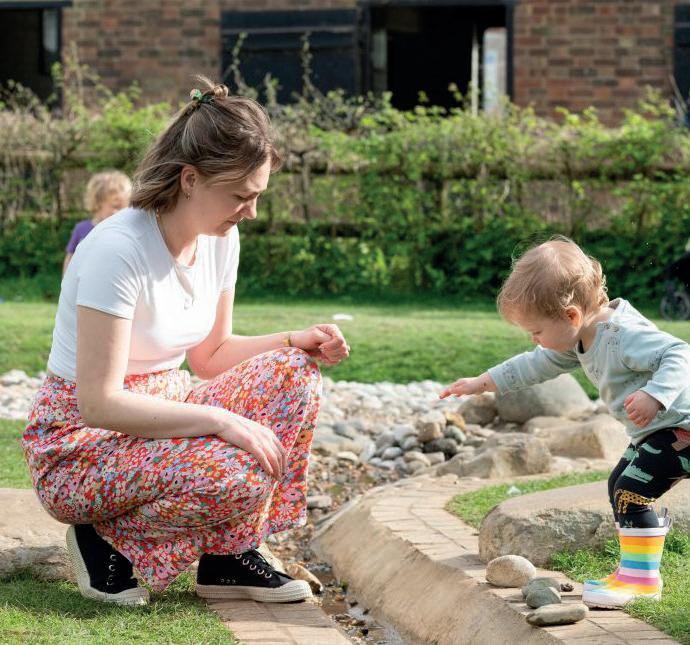

NOS Consortium will be recruiting members of a writing group to undertake the work of reviewing and drafting the new standards.
The review will be supported by Expert Reference Groups, which will also be openly recruited
to, and include representatives from; open access playwork, out of school childcare, further education, higher education, awarding bodies and allied sectors.
The final NOS is set to be published in Autumn 2025.
A new interactive water play area has opened at popular Hertfordshire attraction, Standalone Farm. Set into stone cobbles, the space features pumps, water channels and dam gates, and offers an educational and entertaining new way to have fun on the farm.
The water play is the latest part
of a collaborative development between Letchworth Garden City Heritage Foundation who own and operate Standalone Farm and ResilienTogether.
ResilienTogether is a collaborative project that brings together a range of partners, including Central Bedfordshire Council.
Play Innovation designed and constructed a new multi-use games area (MUGA) in Denmead, Waterlooville. The project also included the delivery of a range of Play Innovation’s patented target games – Street Snooker, Goal Master, Crossbar King and Corner Skills.
Located in Ashling Park, Southwick Road, Denmead, the MUGA was delivered for Denmead Parish Council following a public consultation, which gauged the residents’ wishes for what the new activity space should include.
The council consulted the village to ask what sports people wanted to see there and, as a result, the new facility provides space to play netball, basketball, 5-a-side football, hockey and handball.
After a detailed tender exercise, the Council employed specialist contractor and SAPCA member, Play Innovation to build the games area.
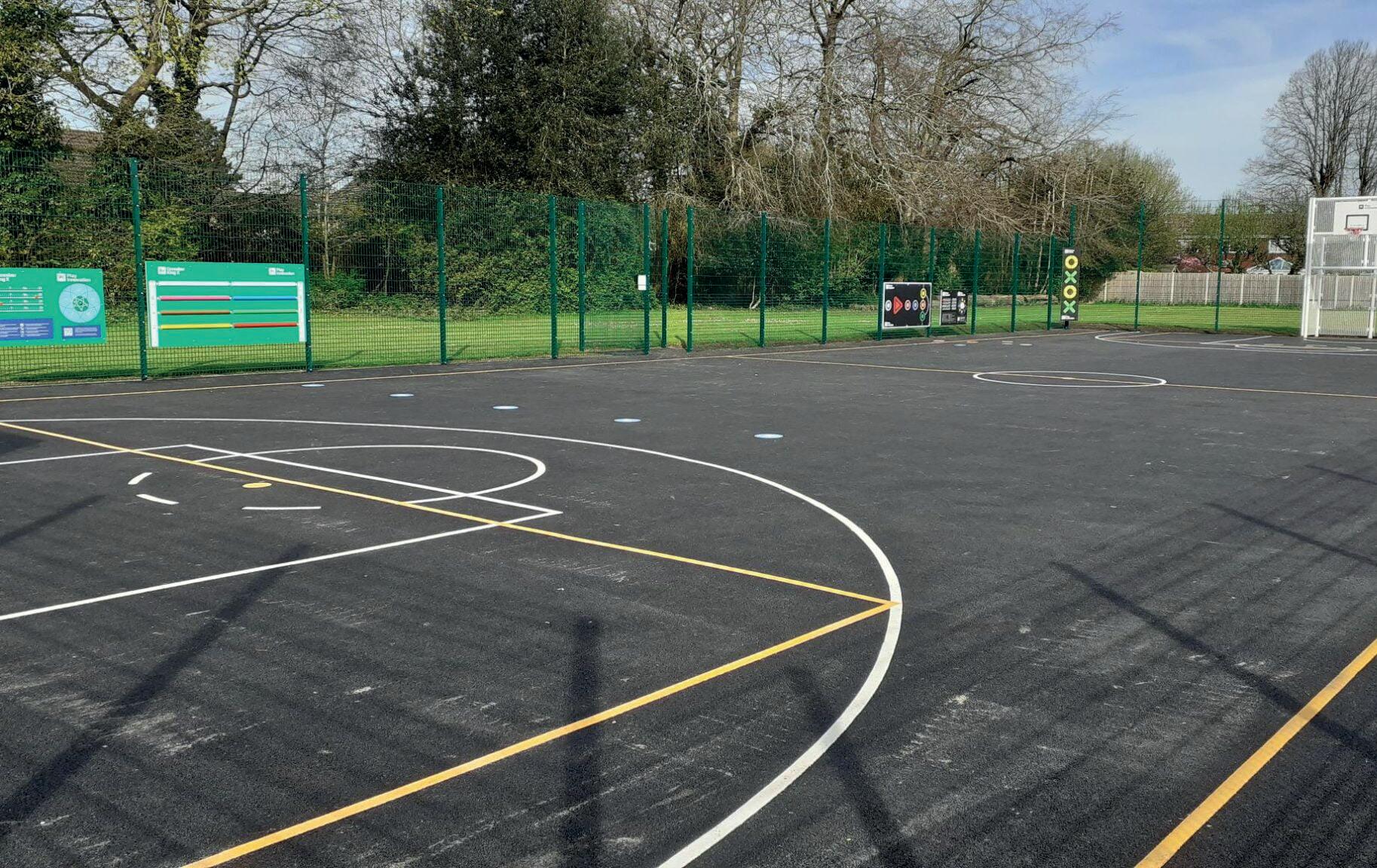
Finance for the project came from council reserves and Community Infrastructure Levy (CIL) funding from development in the parish.
Chair of Denmead Parish Council, Paula Langford-Smith said: “It’s been many years since a project of this scale has been
undertaken by the council and we’re delighted to deliver such an amazing facility for the village.
“It has been a significant investment for us and I’m pleased to report that it has been delivered on time and within budget which has been an amazing team effort.”


The project is expected to reach its final stages by late 2024

Rossendale Borough Council (RBC) has unveiled plans for a major upgrade to the wheeled sports facility at Victoria Park. The plans come from feedback received during a Masterplan consultation process, which highlighted the need to replace the outdated equipment with a modern facility.
The works will see the creation of a new concrete structure designed to cater to wheeled sports and play enthusiasts of all ages, disciplines and abilities. The project aims to revitalise the park and provide a first-class facility for the community.
The improvements will be funded through a combination of sources, including the UK Shared Prosperity Fund (UKSP) and RBC funding.
The Council have worked in partnership with Proffitts - Investing in Communities on the project.
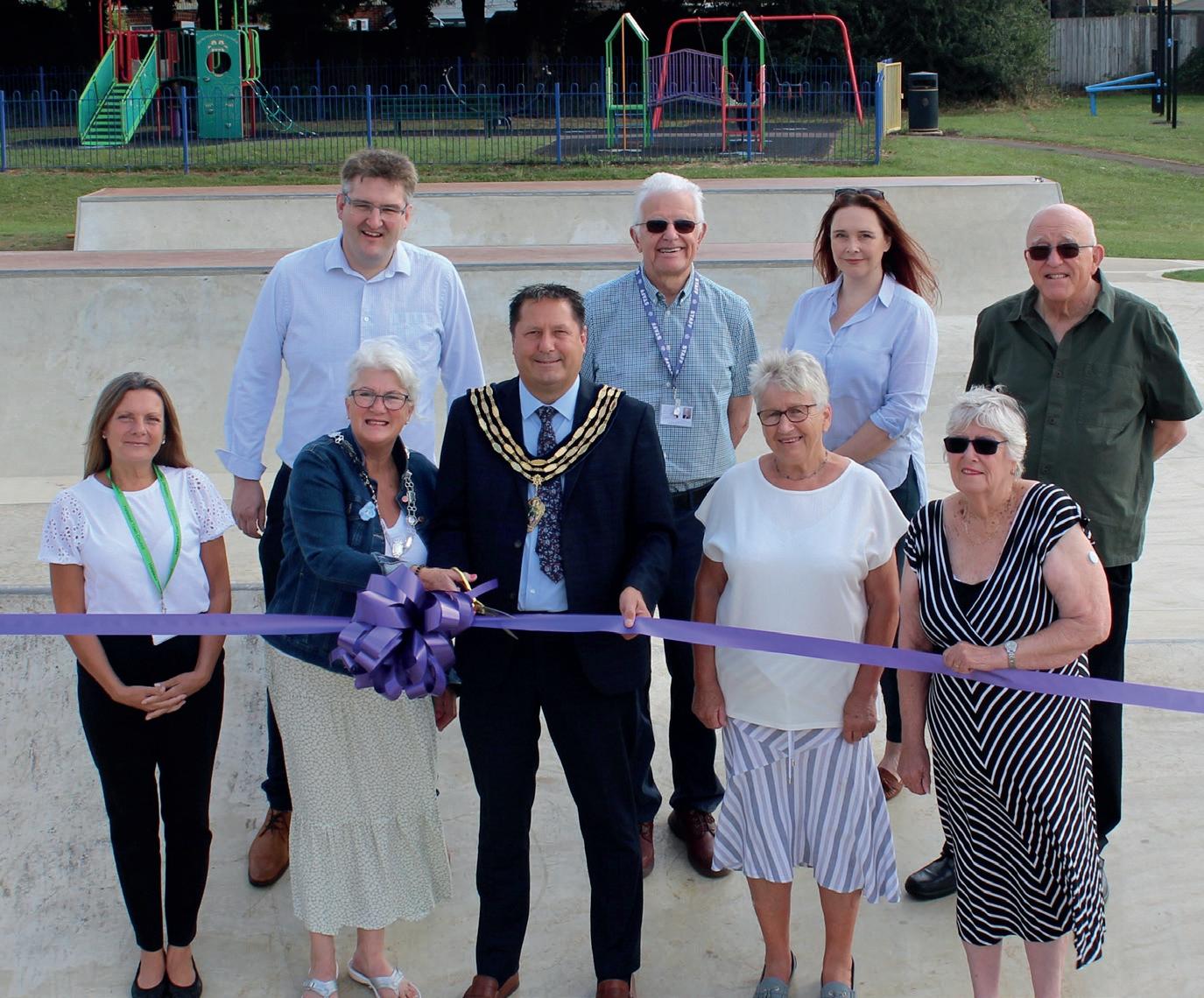
The newly enhanced Ramsey Road Recreational Ground in Halstead, Essex, has opened for family-fun and fitness.
The new area includes a modern skatepark, an expanded play area with accessible equipment for young children, relaxing hammocks for older children and a modern outdoor gym.
The upgrades were made possible through Section 106 funding secured through the planning process by Braintree District Council from the developer of Oak Road. Braintree District Council

continues to utilise and negotiate Section 106 funding from housing developments to benefit communities across the district. The project was guided by extensive community engagement, including focus groups to ensure the new facilities met the needs of residents of all ages.
Councillor Tom Cunningham, said: “These long-awaited improvements reflect our dedication to enhancing the quality of life for our residents. Thank you to everyone who participated in the consultation.”
Cannock Chase District Council has approved a £141,770 project to redevelop the play area on Flaxley Road in Rugeley.
The plan is part of the council’s ongoing multiyear scheme to improve play spaces across the district.
The council plans to include the installation of new accessible play equipment, the creation of a circular walkway for walking and cycling, benches and bins and the planting of trees and hedges to enhance the site’s natural environment and contribute to the Council’s climate change efforts.
The Pear Tree estate play area, on Rugeley’s Pear Tree estate, dates to 1997 and is in need of a renovation following a spree of vandalism and anti-social behaviour, leading to the site being closed for a number of the past months.
The project will be financed through existing S106 contributions from developers.
Play equipment specialist, Wicksteed, has launched its latest product line.
The Metroplex Range is inspired by Mia, the 11-yearold winner of Wicksteed Park’s Playground Design Competition. Her “Beanstalk Dream” design has been converted into a versatile
range that captures her imaginative spirit. Offering “immense play value” within a small footprint, the collection has been designed for maximising fun in compact spaces.
The Metroplex Range encourages exploration and creativity, staying true to Mia’s vision while providing dynamic play opportunities.
NEW accessible play equipment has been installed at the Fair Salts play area in Rye to help improve access for children with mobility issues.
The new equipment, provided by Rother District Council, includes a new wheelchair accessible roundabout, play panels and an inclusive seesaw. All the new equipment is accessible to wheelchairs directly from the playground’s main path.
Additional short pathways to improve access to more of the equipment have also been created between the new roundabout and the existing multi-play climbing frame as well as from the new seesaw to the swings.
The council considered two options at the end of last year for the playground improvements.
Residents were invited to vote for their preferred proposal, and the design from leading outdoor play

company KOMPAN was the chosen option. The new play apparatus has been designed to be as barrier free as possible to ensure all children can use the equipment easily.
The play area has a wide range of equipment from toddler swings and spring animals for younger visitors
to an aerial skate unit and climbing unit for older children and teenagers. Rother District Council maintains more than 30 public outdoor play facilities.
Councillor Hazel Timpe said: “Every child should be able to experience the joy of playing.”
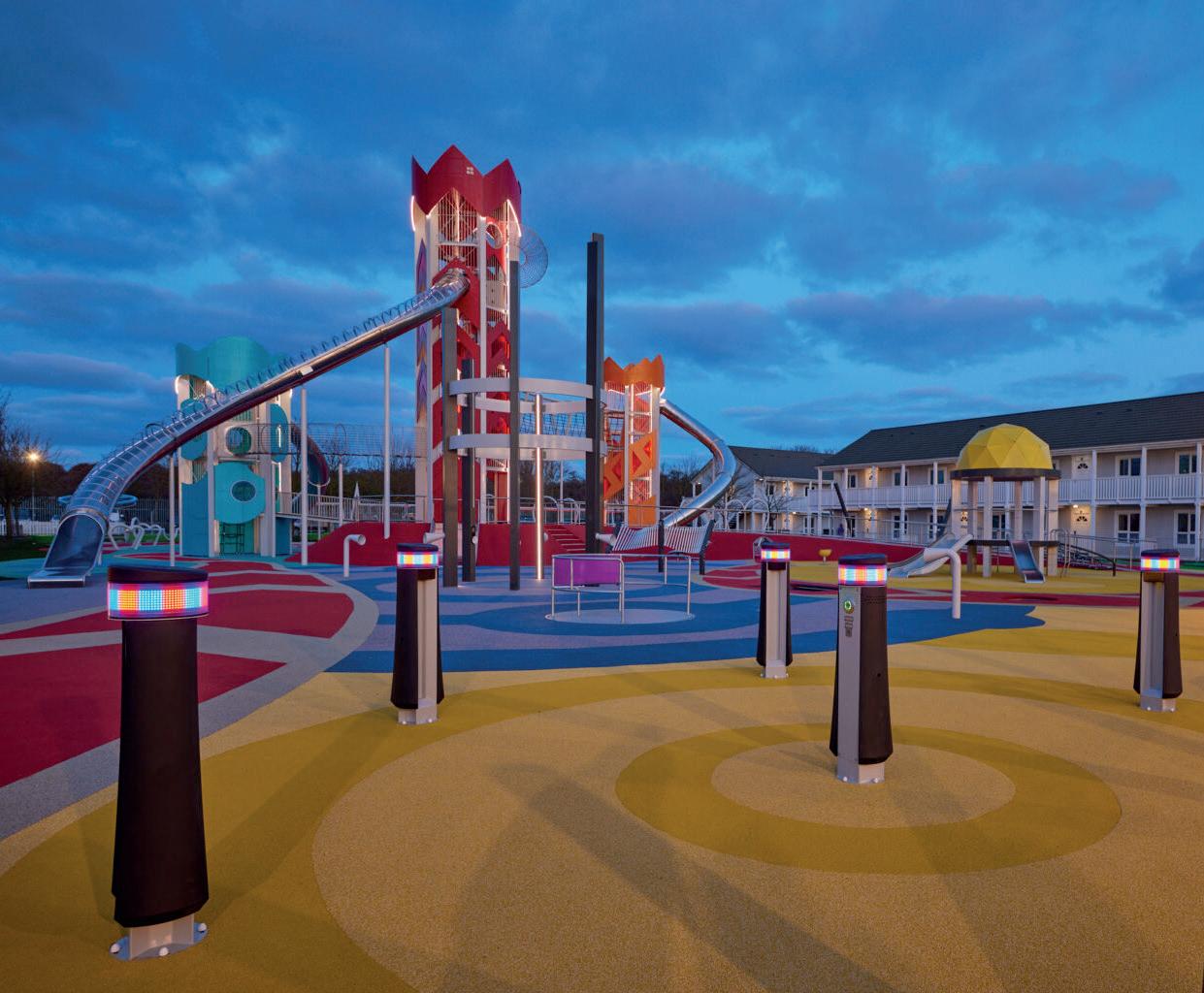
Holiday park operator, Butlin’s, opened a £2.5million inclusive, interactive, illuminated SKYPARK at its Minehead property earlier this year.
Delivered by Jupiter Play, the new area features six zones spread across two play areas, ensuring that children of all abilities can enjoy the fun together.
With interactive play, sensory zones, wheelchair trampolines, an inclusive seesaw and accessible swings on the UK’s longest swingline, the SKYPARK has been designed to represent the “ideal template for accessibility and inclusion”.
Michael Hoenigmann, MD, Jupiter Play & Leisure, said: “Seeing a playground on this scale with so many different experiences and things to do is amazing. It was one of the biggest projects that we’ve ever delivered.”




EUROPE’S PREMIER GROUNDS MANAGEMENT SHOW

JOIN THE WAITING LIST

Five more play areas are to undergo a major makeover as part of Basingstoke and Deane Borough Council’s commitment to ensure play areas are inclusive, well maintained and fun places for families.
The council will invest £480,000 through its play area refurbishment programme to replace the play areas at Sidlaw Close in Kempshott and Buckskin ward, Upper Sherborne Road in the Norden ward and Roseberry Close in Hatch Warren and Beggarwood. The play areas at Abbey Road in Popley and Fennel Close in Chineham are also being refurbished through the programme.
Local people were asked to give their views on the type of play equipment they would like to see at each area through an online survey. The feedback will now be used to help shape the design of the play areas. The consultation on these five play areas, follows hot on

Around £480,000 will be invested in improving play
the heels of the completion of the refurbishment of Hatch Warren Park and Mathias Walk in Brighton Hill, Moorhams Avenue in Hatch Warren and Oakfields Close in Ecchinswell.
Cabinet Member for Residents’ Services and Housing Cllr Laura James said: “Providing our children
with free access to inclusive play equipment is so important for families’ physical and mental wellbeing. We have over 150 play areas across the borough and we are investing more to manage these places for play to meet the needs and aspirations of our residents.”
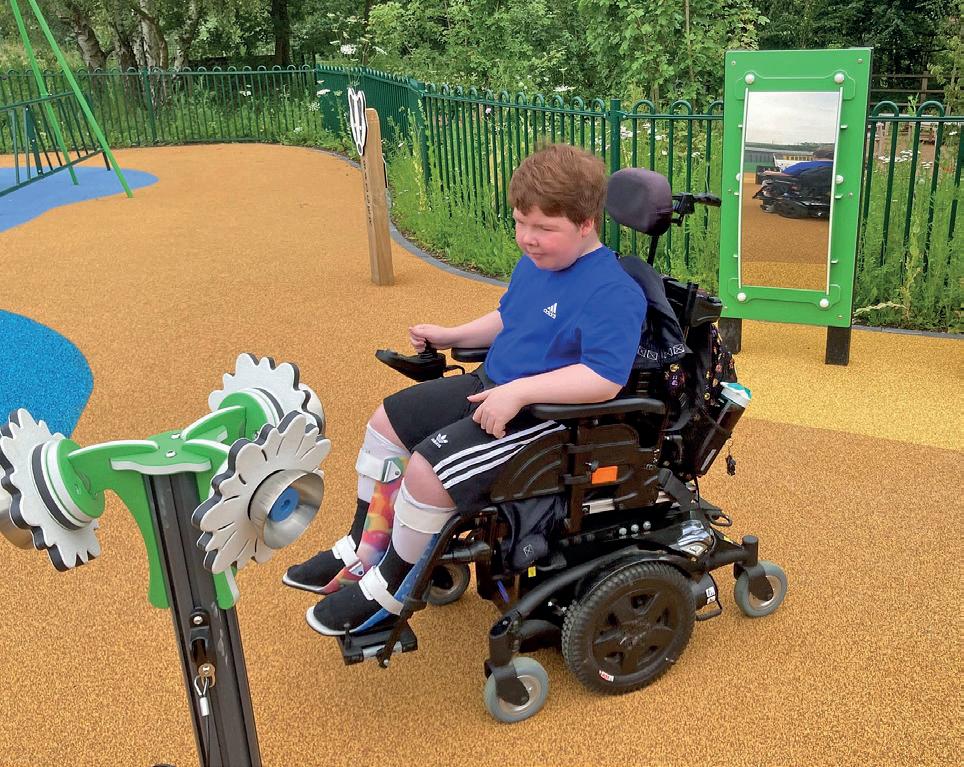
Play and sports area manufacturer Proludic has successfully designed and installed a fully inclusive play space for East Anglia’s Children’s Hospices (EACH).
It provides EACH with a welcoming space for the children in their care to enjoy, while offering respite and bonding opportunities for their parents and carers. Asked to create a safe, accessible, and contemporary environment, Proludic worked closely with EACH to ensure the play area met the diverse needs of children, so a range of disabilities and life-limiting conditions were catered for.
The design features carefully selected play equipment and a colourful wetpour-designed surfacing featuring vibrant geometric shapes to provide a visually stimulating sensory experience.
Jon Bell, Managing Director at Synthetic Turf Management (STM), explains how the company uses creativity to provide sports and play surfaces which are designed around physical education
As a physical education teacher with a background in athletics, I found that teaching started with the basic fundamentals of athletics and the building blocks of running and jumping. Formal athletics is a great starting place and a forerunner to other team sports.
However, I found that many teachers had a misconception about teaching basic movement skills and that unless the 8-lane athletic track was on the school field, lessons would naturally refer back to football and netball. Athletics, as it were, was always limited to summer.
The other challenge for the teaching of fundamentals of athletics was that the majority of primary school playgrounds today are marked out with full size netball, basketball and tennis markings. In my view, this limits all of Key Stage 1 and most of Key Stage 2 in terms of understanding and using the markings for individual and team games. It also limits the success rate of children – which in turn can affect how they feel about sports in general.
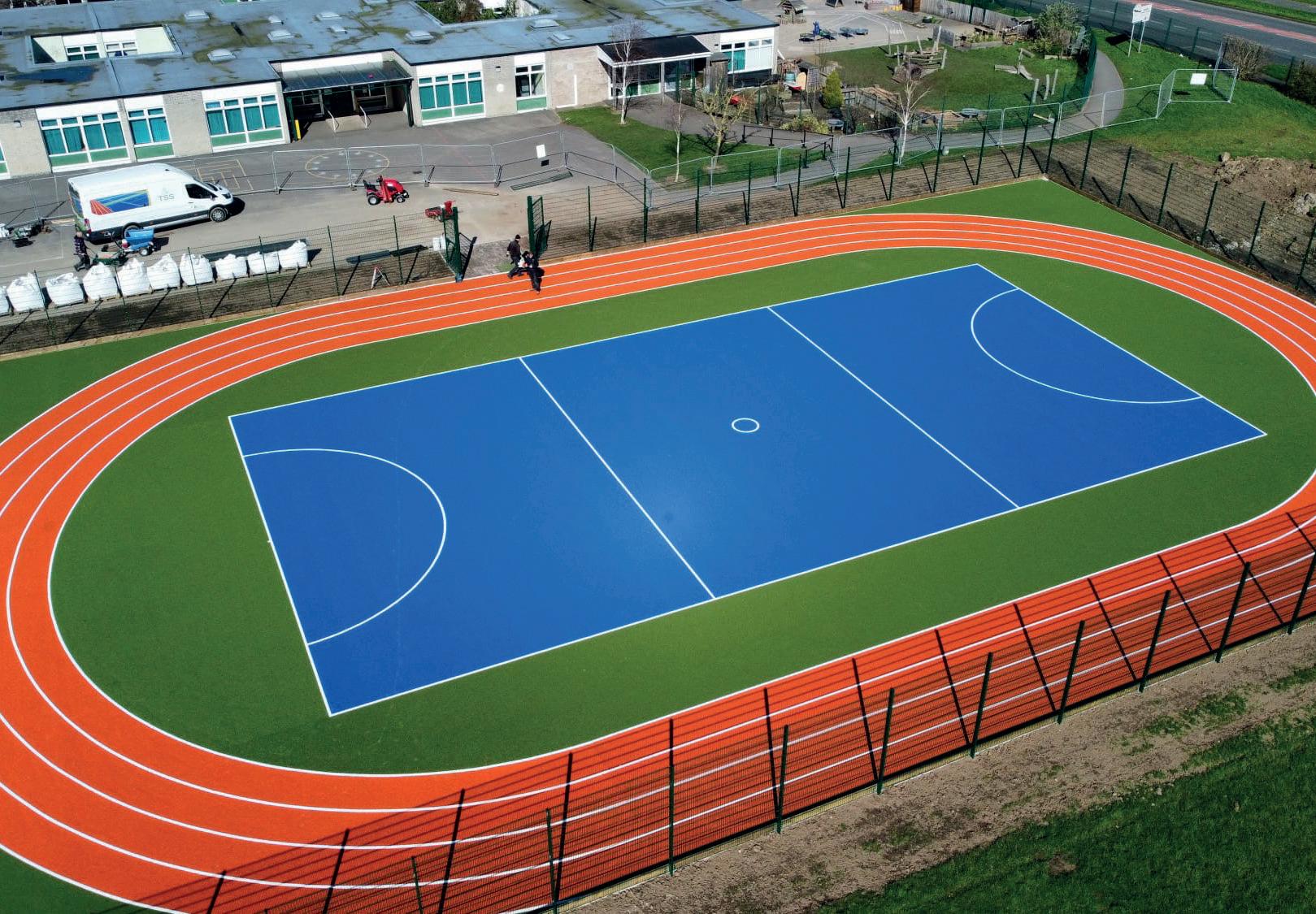
Over the past 15 years, having the opportunity to work with schools, Synthetic Turf Management has focused on delivering surfaces that are designed around physical education. We have done this by introducing tracks, grid systems and basic themes that incorporate warm ups, running, sprinting, hurdling, jumping and throwing. Even our early years foundation stage (EYFS) markings encourage children under five to develop basic movement skills.
Our “Educational Play in Colour” (EPIC) playgrounds transform a dull yard into a colourful, safe, fully inclusive, year-round space that does not limit children to just competitive team games.

The combination of tracks into MUGAs invites everyday playtime activities as well as including markings such at netball. Using our (EPIC) sand-dressed 18mm generic hockey surface with a pad system allows for athletics, tennis, netball, football and general multi-sport. The benefit is the soft but durable surface with nondirectional pile ensuring minimal ball deviation.
At Synthetic Turf Management, we understand sports facilities are not limited to green rectangles. With creativity teachers can introduce all children into athletics and sport at an early age. If you would like further information contact 01642 713555 info@stmworld.co.uk
Physical activity industry body, ukactive, has launched its ‘Next Generation’ strategy for investing in the future of children and young people’s physical activity levels.
The strategy will seek to better understand the needs and demands of children and young people to support operators in encouraging participation in physical activity, as well ensuring children and young people are welcomed safely into facilities.
It will also seek to foster greater collaboration with industry partners to strengthen connections with schools and wider community provision, as well as supporting existing partner calls, including those from the Youth Sport Trust on the elevation of PE in school.
The launch of the strategy coincides with the publication of research by ukactive which shows how 40% of children want to be more physically active than they currently are – but some report spending six hours a day glued to their devices when not at school.
Based on a survey of more than 1,000 children and young people aged seven to 14, conducted
with kids and family insight agency, Beano Brain, the research also showed how more than half of young people (53%) are using screens for more than three hours each day when not in school, with almost a quarter (24%) of 11 to 14-year-olds spending more than six hours a day on devices.
Almost a third (30%) of children and young people said they prefer to be physically active but not as part of a competition.
Girls in particular said being active with people they knew was very important (69%). They also valued having a supportive coach (51%).
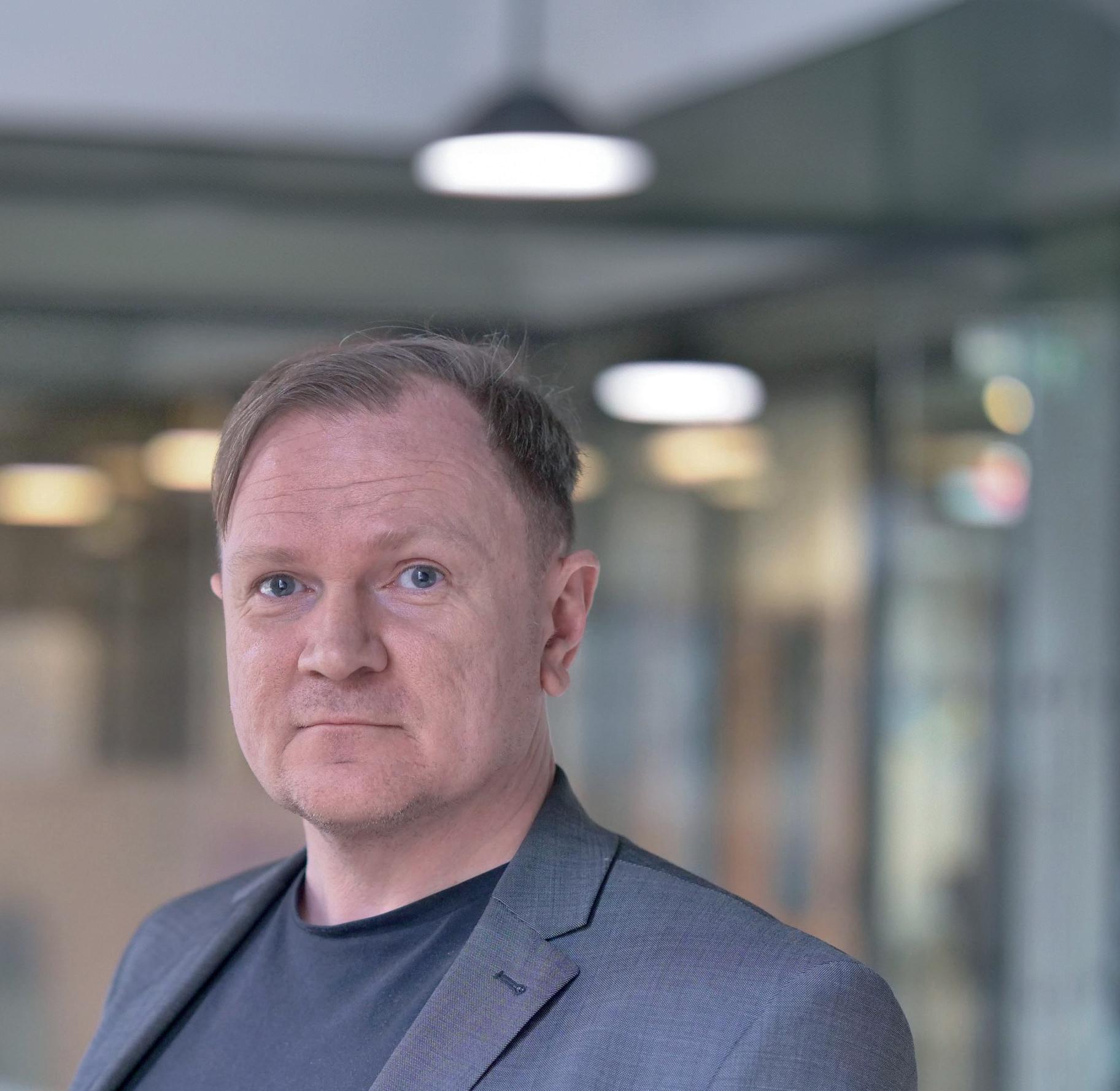
Encouragingly, only 26% of children sampled said they’d want to be on a screen, over taking part in physical activity and 40% said that they want to be more physically active than they currently are.
The research also shows that spending time on screens increases as children get older, but their time being active does not. Over a third (35%) say they do just half an hour or less of activity a day (outside of school time), with one in 10 saying they do just a few minutes. The Chief Medical Officers’ guidelines for children aged five to 18 recommend at least 60 minutes of moderate to vigorous intensity physical activity a day.
The survey also asked children and young people what helps them enjoy physical activity.

In their responses, the young people responded as follows:
l Doing physical activity with friends or people I know – 63%
l Wearing my own choice of clothes – 49%
l When the coach or teacher is friendly and supportive – 46%
l When it’s not too serious – 43%
l Being in a place I am familiar with – 42%
Additionally, almost a third (30%) of children and young people said they prefer to be physically active but not as part of a competition. Overall, 34% of children and young people said having someone organise physical activity properly helps them to enjoy it more.
Huw Edwards, CEO of ukactive, said: “Children and young people are telling us they want to be more active and that they really value fun and varied activities in familiar, supported environments. As sedentary screen time and mental health
issues grow, the government must take a new policy approach if it is to help create a generation of happy, healthy children focusing on the essential role of our nation’s gyms, pools and leisure centres in helping the health and wellbeing of the youngest in our society. Our Next Generation strategy will help our members to engage one million more children and young people across the UK by 2030, with updated guidance and regular insights to improve our services.”
Stephanie Peacock, Sports Minister, said: “Grassroots sport has the potential to transform lives, which is why we are building and upgrading thousands of multisport facilities to help you get active wherever you live.
“Alongside this, we have launched a review of the school curriculum designed to ensure that sport is not just the preserve of a privileged few.
“We all have a role to play in getting the nation moving, so I welcome this contribution from ukactive which provides a clear direction for the sector to create opportunities for children and young people to enjoy the benefits of physical activity.”
Eugene Minogue,
Executive Director of
Play
England,
outlines why it’s vitally important that the new government urgently addresses the decline in children’s play

nce upon a time … children had the freedom to play!
Like me, I imagine many of you reading this grew up before the 1990sand I am sure you have very fond memories of playing with friends and family, freely in the street where you lived, your local park, your school, your adventure playground, and your wider community. Arguably, we were the last generation that had the freedom to play, as the decline of play-based childhood began in the 1980s and accelerated in the 1990s.

many barriers to play. As freedom and opportunities to play have declined, so has their physical and mental health as a result. Despite robust evidence highlighting the multiple benefits of play, the UK Government has consistently overlooked the issue – urgent action is now required if we are to ensure children and young people are able to fully realise their right and freedom to play.

As you will know from your own childhood, play is vital for all children. It is the main way children enjoy their daily lives, make friends, and learn about the world around them. Through play, children develop social, physical, and cognitive skills, creativity, cultural awareness and resilience. They learn to manage and benefit from risks, make decisions and develop their identities. Play is essential for happy, healthy, capable and resilient children. However, children today are experiencing
The planning system in England fails to protect, enhance or provide spaces and places that support children’s health, development and wellbeing. In too many towns and cities, traffic-dominated neighbourhoods, low quality housing layouts, inadequate facilities, and poorly designed housing estates, along with a lack of parks and green spaces, harm children’s wellbeing, undermine their quality of life and deprive them of critical infrastructure that they need.
Many of the problems set out above have multiple causes. However, foremost amongst them are the failures in the current planning system. In England, children are all but ignored
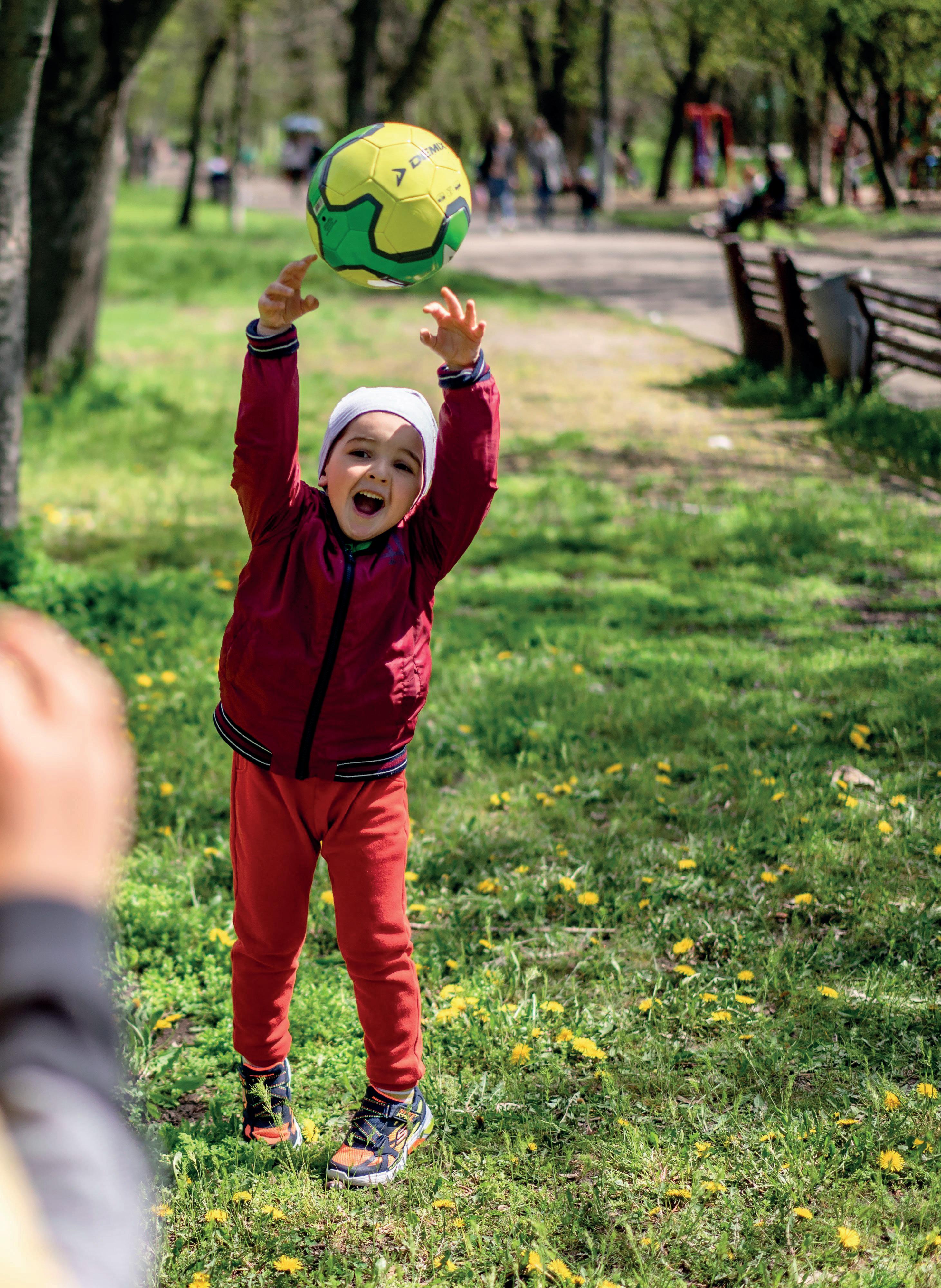
Play is crucial for the healthy development of children and young people
within the national planning policy framework (NPPF). For example, the 2021 NPPF makes only one single mention of children. Currently, no other planning guidance addresses children explicitly. By contrast, bats and newts are amongst the species covered by national planning guidance.
This was raised and discussed at length during the recent Levelling Up, Housing and Communities (LUHC) Commons Select Committee inquiry on Children, Young People and the Built Environment. This subject has never previously been the focus of a select committee inquiry and has never been more needed.
The inquiry received 132 submissions of written evidence from various cross-sector organisations and experts. The submissions are stark, compelling, and powerful in demonstrating the need for change.
Unfortunately, due to the Dissolution of Parliament on 30 May 2024, all committees ceased to exist. As such, there is no guarantee that a committee report and/or a government
Together, we can deliver transformational change and secure a legacy for our future generations by giving children their childhood back


response will be published. Therefore, we have written to the new Chair of Housing, Communities and Local Government (HCLG) select committee, Florence Eshalomi MP, to request that the new committee consider re-opening the inquiry and publish a report – and for the government to respond and act on the recommendations.
A recommendation from the Select Committee inquiry to introduce ‘Play Sufficiency’ legislation would provide a powerful and a high-profile catalyst for much needed meaningful change in England.
There are nearly 12 million children living in England, yet they have no effective voice within, or mechanism for influencing, the current planning system. Therefore, Play England are calling for meaningful change within England’s planning system as part of the government’s legislative programme set out in the King’s Speech, through the introduction of play sufficiency legislation (as part of the Planning and Infrastructure Bill) and a new national play strategy as part of the Children’s Wellbeing Bill.

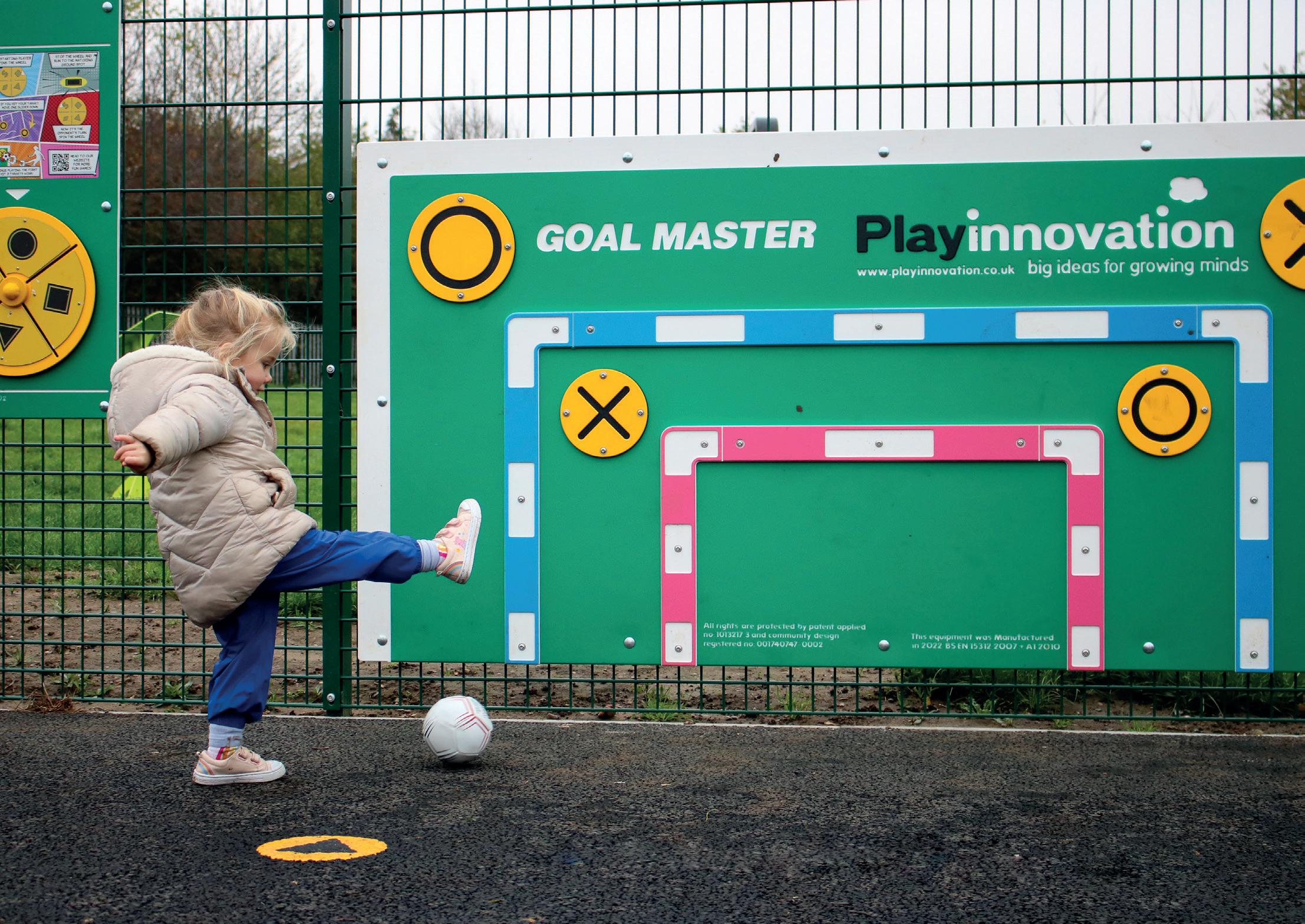
The introduction of Play Sufficiency legislation in England (as set out in our manifesto) would ensure that all children, young people, and families have access to enough time, space, opportunity, and permission to play and recreation throughout all aspects of their daily lives. It would protect, provide, and enhance opportunities for play and recreation at home, at school, in parks and public spaces.
Legislation should cover (but not be limited to) the following three key areas:
1) Spaces and places - spaces and places for play and recreation.
2) Workforce - qualifications, registration, and regulation.
3) Provision - high-quality, inclusive play services.
An equivalent duty has been in place in Wales for over a decade, and in May 2023 a play sufficiency duty was introduced in Scotland, leaving England lagging behind.
There has been no national play strategy in England since 2008, which was developed by the last Labour government, together with Play England. We, and sector partners, stand ready to support government in addressing the decline in children’s play by developing a new, cross departmental national play strategy. This strategy would ensure that play sufficiency legislation is brought into meaningful practice, and that England becomes a child-friendly country where all children have freedom to play at home, at school, in parks and public spaces.
Delivering these first steps will depend on bringing together governmental departments (MHCLG, DfE, DCMS, DHSC, and DfT) with national agencies, industry, stakeholders, and children (as we did in 2008) to ensure that the importance of play is recognised, valued, and protected across government and wider society. Together, we can deliver transformational change and secure a legacy for our future generations by giving children their childhood back.
Play England campaigns for all children and young people to have freedom and space to play throughout childhood.
We work with national partners and other organisations with shared aims to raise awareness about the importance of play. We lobby government to make fundamental policy changes to protect and promote play, and encourage everyone who has an impact

on the lives of children and young people to recognise and plan for children’s play.
Play England has also built up considerable experience and resources to help support individuals and organisations that work in these particular areas:
Government
Local Authorities
Schools
Playwork

We need your support
The new UK government is making positive noises about understanding the importance of play. However, against this positive backdrop, Play England is suffering from a lack of funds to pay for our essential work campaigning for children’s right and freedom to play. Donate today to support our work. www.playengland.org.uk/donate

www.playengland.org.uk

Marguerite Hunter Blair CEO
Play Scotland
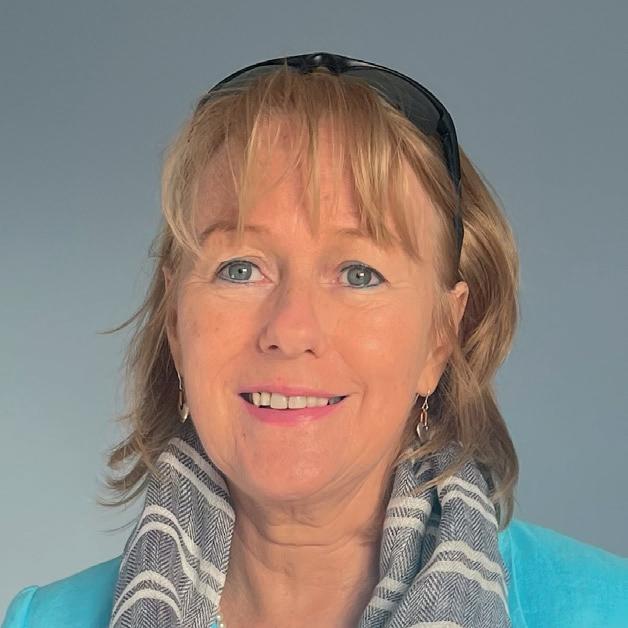
Children’s right to play was enshrined in Scots law this year, alongside their legal right to participate in planning. These major achievements have been hard won over many years and represent a game-changing opportunity to improve and expand children and young people’s play and recreation. Less welcome news is to be found in the 2024 Good Childhood Report which reveals that many young people are unhappy with their lives. Shamefully, in 2022 the UK’s 15-year-olds had the lowest average life satisfaction in Europe and the fifth highest rate of pupils reporting no physical exercise before or after school. Evidence consistently shows the positive benefits for children and young people of being outdoors and playing - taking part in games, sports, activities, dance or just meeting up - on their mental health and wellbeing. Every nation wants their young people to thrive but to achieve this they need to have a voice in shaping the communities in which they live, and time, permission and space to play and hang out. After the COVID 19 restrictions children in Scotland asked for a return to play, more play and better play. They
told Play Scotland that they had missed their friends, family, fun and freedom to play. But play remains a challenging social and spatial justice issue with inequalities and concerns for wellbeing continuing to rise. National Planning Framework 4 (NPF4) is the national spatial strategy published in 2023. It recognises that there are significant health inequalities in Scotland and that the natural environment is fundamental to everyone’s health and wellbeing. Key policy areas support children’s inclusion and wellbeing, and facilitate spaces and opportunities for play, recreation and sport in the natural and built environments. These policy areas are further supported by Play Sufficiency Assessment Regulations 2023 which require planning authorities to assess the sufficiency of play opportunities for children when preparing an evidence report to inform the making of local development plans. The Planning Sufficiency Assessment (PSA) regulations cover children and young people of all ages and must take account of spaces for girls and boys, children with disabilities and other protected characteristics, and children from deprived communities. The aim is to ensure children’s need for outdoor play and spaces is taken account of in making local development
Play remains a challenging social and spatial justice issue
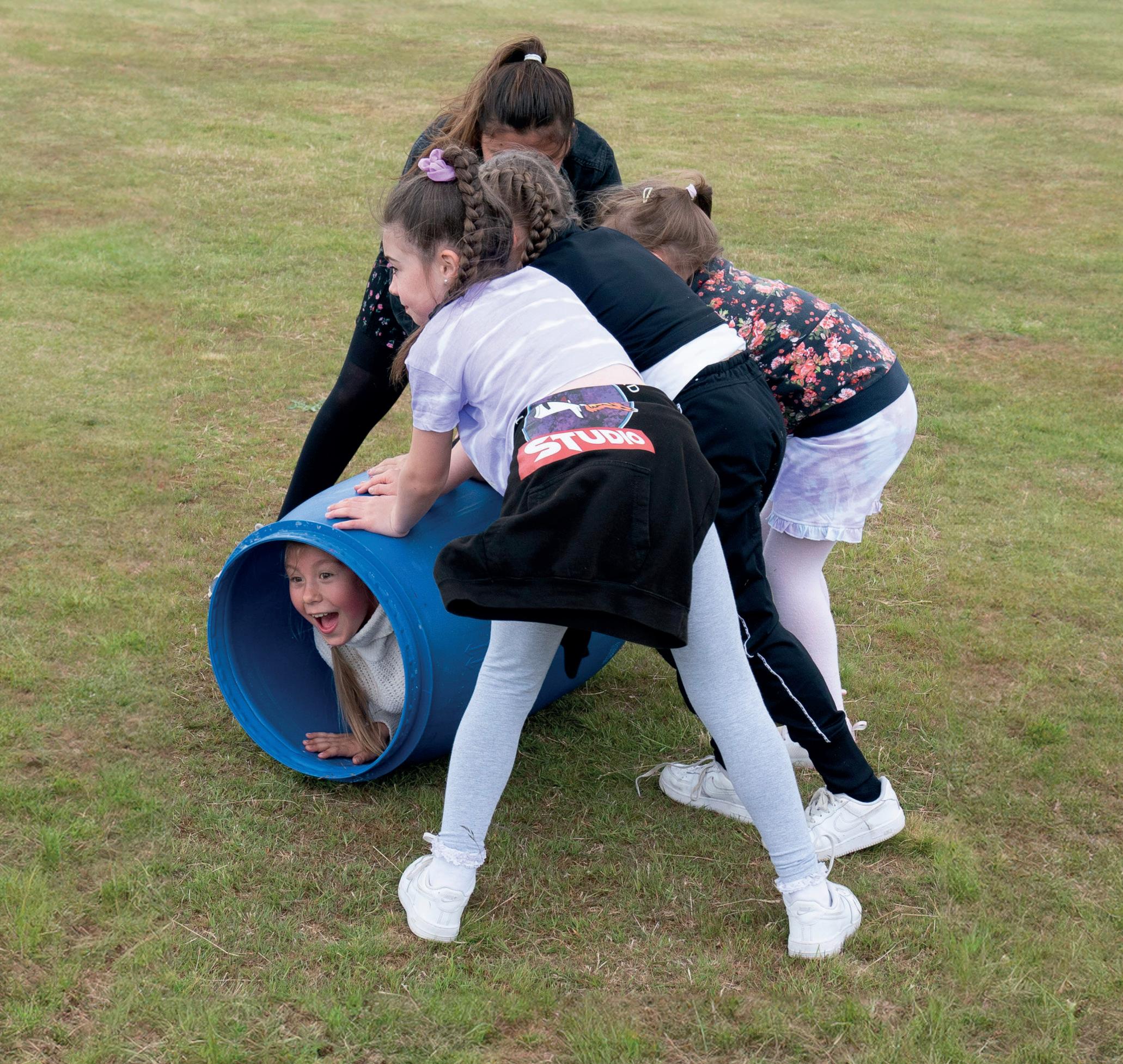
plans and that children are empowered to influence planning processes and decision making.
Recently over five and a half thousand young people in Glasgow across eighteen High Schools participated in the Play Sufficiency engagement process. The results from all the conversations and engagements are included in a Play Sufficiency Assessment Storymap. When asked about what play means, most young people said that play means having fun. Fun is seen as a positive form of connection, reduces stress and contributes to a positive outlook. It was clear that activities young people enjoy have a positive impact on their wellbeing. When playing, young people reported they feel calm, relaxed, and able to escape from school stress. Play was highly associated with
friends and this in turn shows the importance of social spaces. With a small amount of funding, Glasgow City Council now plans to co-create a space with young people to meet their needs and the design of the site will pay particular attention to what makes a good space for girls, who continue to report feeling unsafe and tend to withdraw from organized sport and recreation earlier than boys. The 2024 Good Childhood Report makes for grim reading, and it is time to take action to address the issues raised. Scotland’s ambition of ‘living well locally’ is a complex challenge. It is clear from our recent progress that engaging with children and young people in placemaking and planning for play is at the heart of better outcomes for everyone in our communities.

Marco Boi, Founder and CEO of Play Innovation, explains why creating play experiences is fundamentally
important to getting people of all ages more active


Play is a universal language that transcends age, background, and ability
When we envision the future of our communities, it’s easy to get caught up in the allure of advanced technologies, smart infrastructures and groundbreaking innovations. Yet, sometimes the most profound impact comes from reimagining the fundamental spaces that bring people together. Since its inception in 2010, Play Innovation has embodied this philosophy with its take on transforming traditional play areas into dynamic hubs of social interaction and physical activity for all ages and abilities. At its core, Play Innovation operates on a simple principle: play is a universal language that transcends age, background, and ability. By designing and building family-inclusive sport and play zones, environments are created where everyone – from toddlers to grandparents – can engage in informal, meaningful physical activity and social interaction. Like Play Innovation’s Director of Social Value, Libby Boi, puts it: “These aren’t just playgrounds and sports areas; they’re community epicentres that foster connection, understanding, and unity on top of tackling physical inactivity.”
One of the most compelling outcomes of Play Innovation’s approach is the tangible reduction in physical inactivity, particularly in areas where a lack of access to engaging recreational spaces has previously limited opportunities for physical activity. Two examples of this can be seen in the London Boroughs of Newham and Hammersmith & Fulham, where the redevelopment of underused, deteriorating recreational spaces has encouraged families and young people to become more active. These vibrant, well-designed play and sport areas have not only significantly boosted levels of physical activity but have also fostered a stronger sense of community and well-being. The projects weren’t merely about installing new equipment; they were driven by our approach to rethink how we use historical and new data and other learnings from engaging with families and youth within our communities. We can’t be all things to all people, but involving a wide range of people in the design process is crucial. Take the way we design family inclusive play
areas, where we offer alternatives to negative behaviours and demonstrate trust and respect.
The goal is to provide those “WOW” moments wherever possible. Investing in high quality infrastructure demonstrates that the local authority or funder genuinely cares. It’s a proactive solution that addresses the root causes rather than just the symptoms.
A call to local authorities and housing associations
Investing in innovative play areas isn’t just a benevolent act – it’s a strategic move for longterm community development which provides a return of investment. By collaborating with suppliers in an intelligent way and listening with sincerity to community leaders, local authorities and housing associations have a unique opportunity to spearhead a transformation. By integrating Play Innovation’s concepts into community planning, they can address multiple objectives:
l Enhancing Social Cohesion: Family Inclusive play areas break down social barriers, encouraging interaction among diverse groups.
l Promoting Health and Well-being: Physical activity is essential for all ages, and these spaces make exercise accessible and enjoyable.
l Economic Benefits: Safer, more cohesive communities often see a boost in local economies, attracting businesses and increasing property values.

l Environmental Impact: Thoughtfully designed play areas can incorporate sustainable materials and green spaces, contributing to environmental goals.
Harnessing mobile technology to drive social value through innovative sport and play areas
Physical inactivity in the UK is a giant problem, costing the NHS billions. Sedentary lifestyles, the cost of living, lack of safe, free and inspiring recreational facilities and of course, mobile phones all play a part in the problem.
Back in 2016 Play Innovation beta tested a novel idea that today may be set to revolutionise school playgrounds and community spaces. Street Snooker, a fun ‘flick football’ mobile game with engaging game play and leaderboards, teaches players how to play the game whilst in the comfort of their own home, and then prompts them to go and play the ‘real life’ version in their local play park or school playground.
I believe that by harnessing the power of mobile phones in the right way, we can get more children active. I say this because during testing and consultation with children we identified that
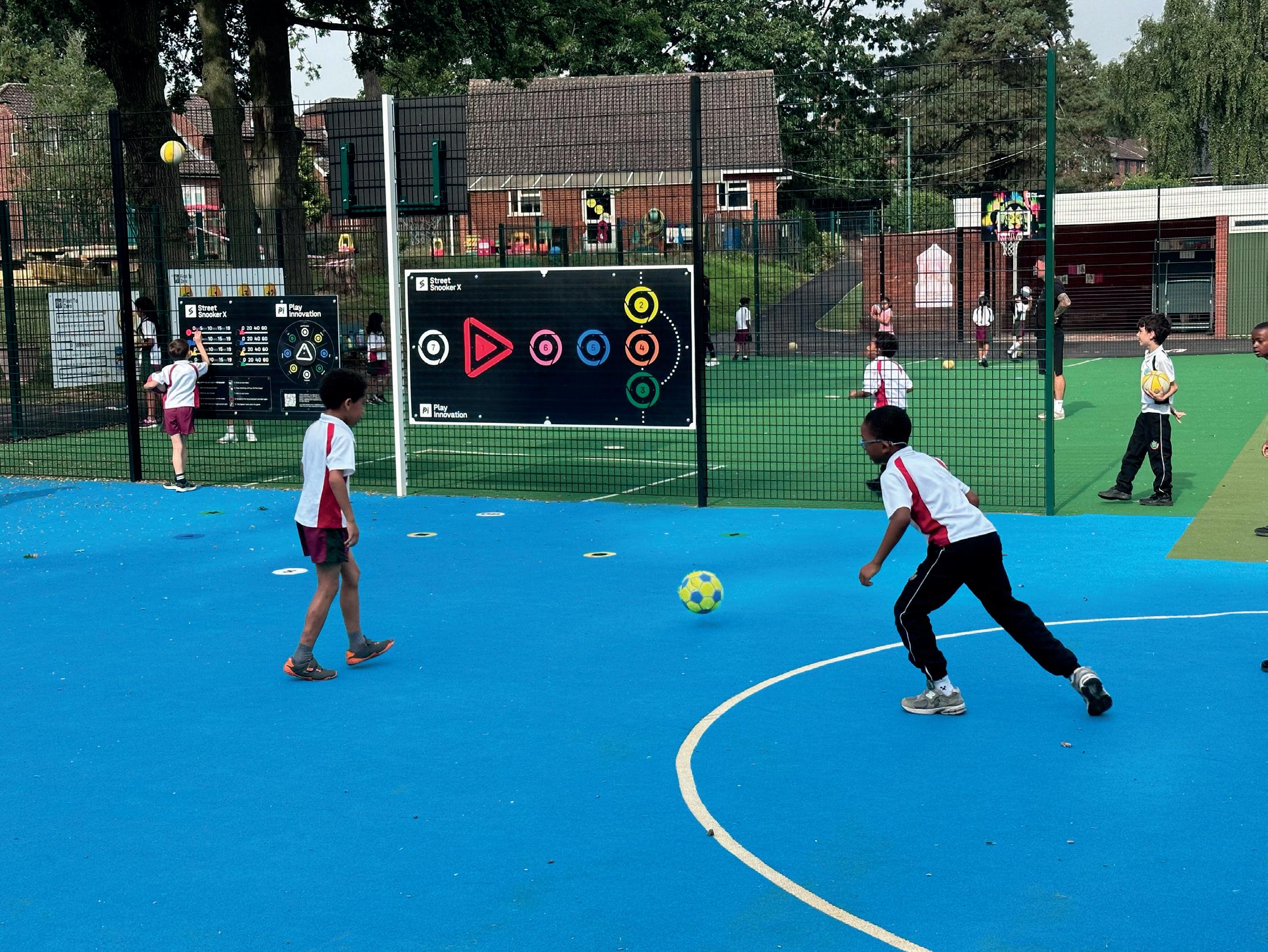
eight out of 10 children would be more likely to go and try the version outside if they previously played Street Snooker on their phone.
As we strive towards creating better futures for our communities, it’s imperative to recognise the role of inclusive, engaging public spaces. They are the bedrock upon which strong, resilient communities are built. By investing in innovative projects, we aren’t just installing playgrounds – we’re laying the foundation for a more connected, compassionate society.
So let’s challenge ourselves to think differently about community development. Let’s prioritise initiatives that deliver social value, foster inclusion, and address societal challenges headon. The future isn’t just about technological advancements; it’s about improving the human experience in every neighbourhood, town, and city. By embracing innovative solutions, we can make strides toward a world where everyone has the opportunity to play, interact, and thrive together.

An innovative partnership project has dramatically changed the way in which data and insight is used to devise new approaches to delivering play services – and to make smarter decisions
Cambridge City Council (CCC) provides 103 play spaces (including skate parks) for its resident population of circa 150,000 people. It recently launched an innovative Play Space Provision project, which aimed to enhance the city’s play spaces in a more strategic way, using data and insight.

The Play Space Provision project looked to:
n Audit exactly what is currently provided at each location.
n Ensure that the play space provision aligns with the local community’s needs.
n Confirmed that the play space provision is designed to meet its intended purpose effectively.
n Develop a strategic vision for play space provision within the city.
n Gain an understanding of the investment and infrastructure requirements necessary to meet the play space facility needs.



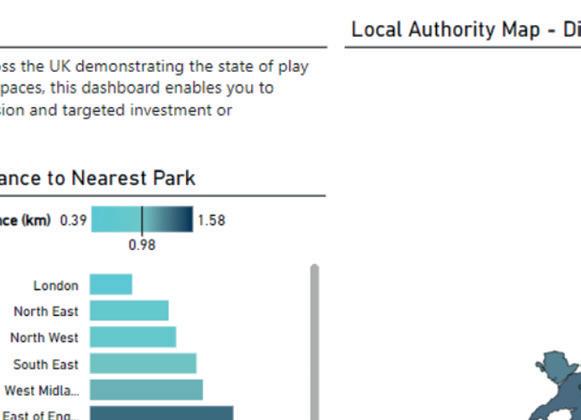





To help with the process, the council partnered with SAPCA member, Passport365, following a detailed tender process. During the tender, Passport365 demonstrated its capability to address the council’s three principal objectives: assessing and evaluating play spaces, identifying sites for development or maintenance, and reducing operational costs while maintaining high-quality service delivery.
To align with these objectives, Passport365 constructed a seven-staged process that covered all aspects from raw data collection,
site surveys, and strategic assessments, to the creation of the final report.
One of the major outputs of Passport365’s involvement in the project was the creation of a comprehensive Business Intelligence (BI) dashboard. The dashboard contains, summarises, and analyses all the data collected on play spaces across Cambridge, forming the foundation for ongoing research and enabling CCC to continually expand and update their dataset. It serves as a pivotal tool for the council, enabling it to strategically plan for both the maintenance and development of these recreational areas.
This collaboration established a framework for ongoing evaluation and improvement, benefiting the community for years to come
The first objective involved assessing, evaluating, and providing recommendations for future service delivery. The project team collected existing information on play areas and conducted additional research using advanced digital tools, including dynamic reporting forms. Through Passport365’s app interface, CCC staff completed quantitative and qualitative site surveys, assessing the condition of equipment, amenities, and provisions across all parks and play spaces.
After gathering the data, Passport365 created a detailed workbook, categorising play facilities by ward. A four-tier hierarchy was established to provide insights into the current conditions and offerings of each site. This categorisation, coupled with a red-ambergreen (RAG) rating system, allowed CCC to classify sites based on their strategic importance and need for investment or maintenance. Red indicated non-strategic sites, amber signified important sites requiring improvements, and green marked strategically important sites.
To meet the second objective, Passport365 conducted a strategic review of the collected data, focusing on identifying gaps in provision and potential site rationalisation. The outcome was a thorough assessment that highlighted areas needing development and those suitable for maintenance or decommissioning.
The final insights were compiled into a Passport365 Business Intelligence (BI) Report, drawing in demographic data and census population insights alongside collected data. This interactive, real-time report provides CCC with information on age categories, population density and overlaps in provision, integrated with the RAG rating of play spaces. This helps CCC make informed decisions about where to allocate resources and which sites to prioritise for development or maintenance.

Passport365’s data allowed the assesment of future equipment replacement costs
For the third objective, Passport365’s data presentation included an analysis of direct and indirect financial considerations. The team assessed factors such as the size and number of existing sites, their location relative to communities, accessibility, available investment, and future equipment replacement costs.
The BI reporting tool allows CCC to visualise the impact of these factors in real-time, providing a dynamic view of budget allocation. By adjusting budgets using the tool’s slider feature, CCC could see immediate changes in resource apportionment across different tiers of play spaces. This functionality ensured that the Council could make cost-effective decisions without relying on

outdated information, optimising operational costs while maintaining high-quality service delivery.
Passport365 has collaborated with various local authorities, charities, trade bodies and other key partners across the UK, including PlayEngland, to deliver strategic objectives through data-driven solutions. This includes scenario testing dashboards that model the impact of adjustments to provision, pricing, and catchment assumptions on key performance indicators (KPIs), ensuring a modern and fit-forpurpose approach to play space management.
Gary Johnson, Director of Passport365, said: “Through our partnership with Cambridge City
Council, we have significantly contributed to the city’s Play Space Provision project. By providing detailed assessments, identifying key sites for development, and helping to reduce operational costs, we have ensured that Cambridge’s play spaces meet high standards of quality and strategic importance.
“This collaboration not only addressed immediate needs but also established a framework for ongoing evaluation and improvement, benefiting the community for years to come. This is because the BI dashboard will allow CCC to easily track and analyse key data points –such as play space usage, condition ratings, and demographic trends – facilitating informed decision-making and strategic planning.”
































